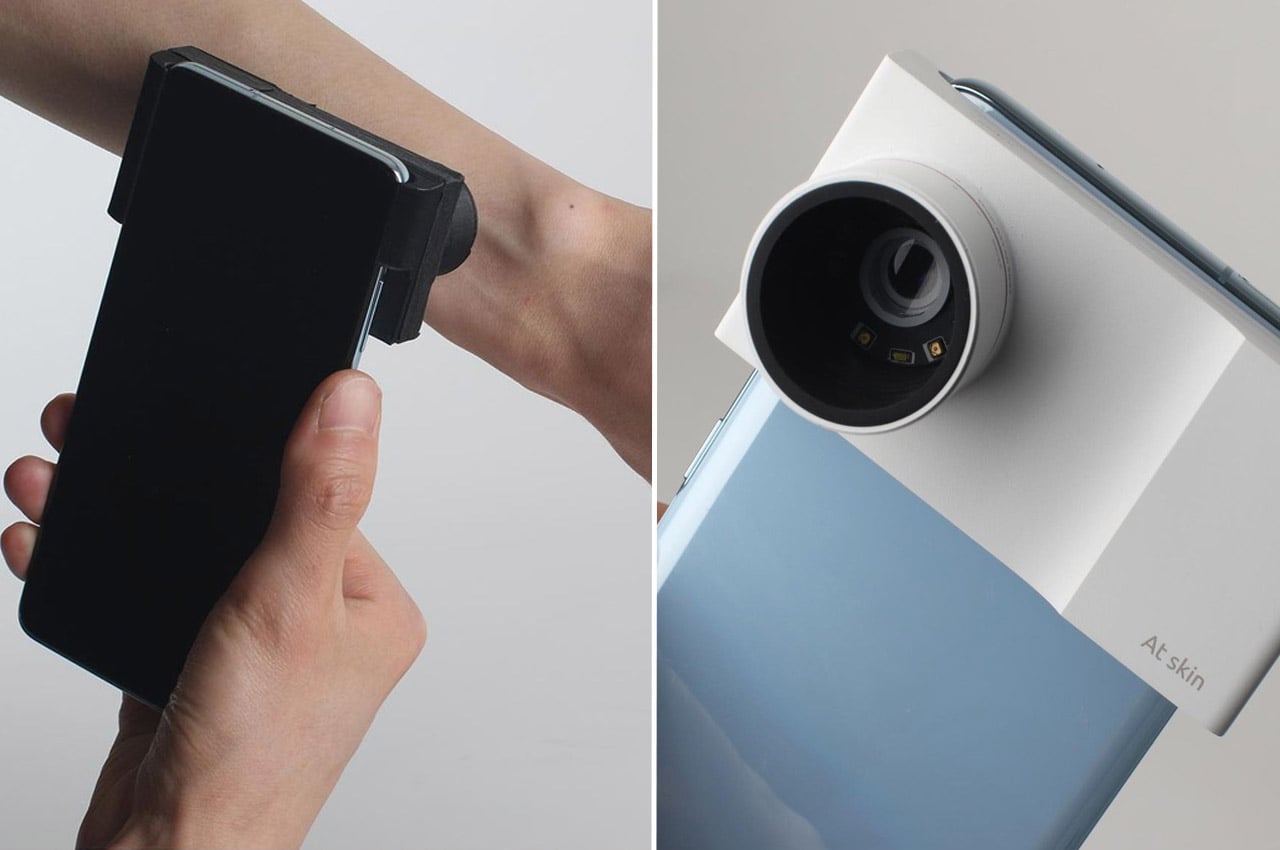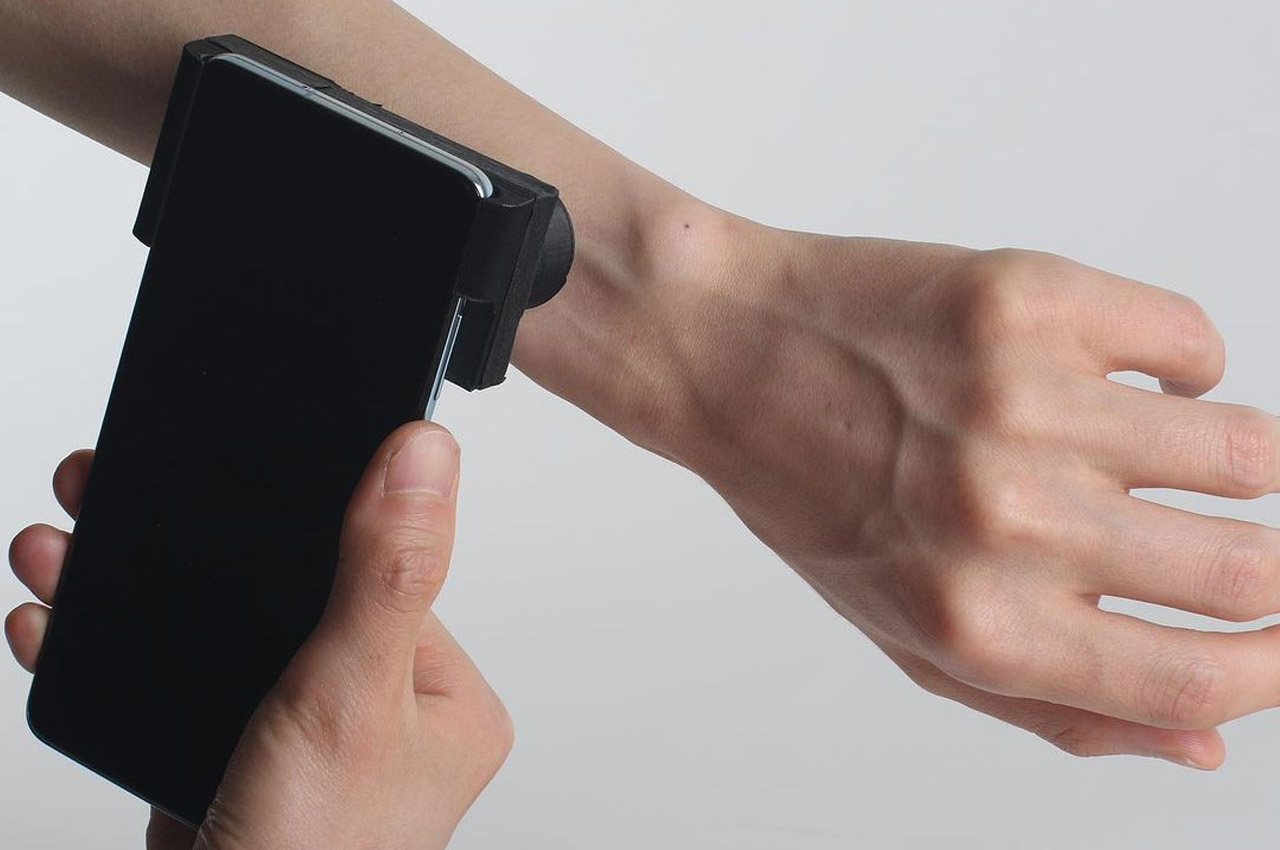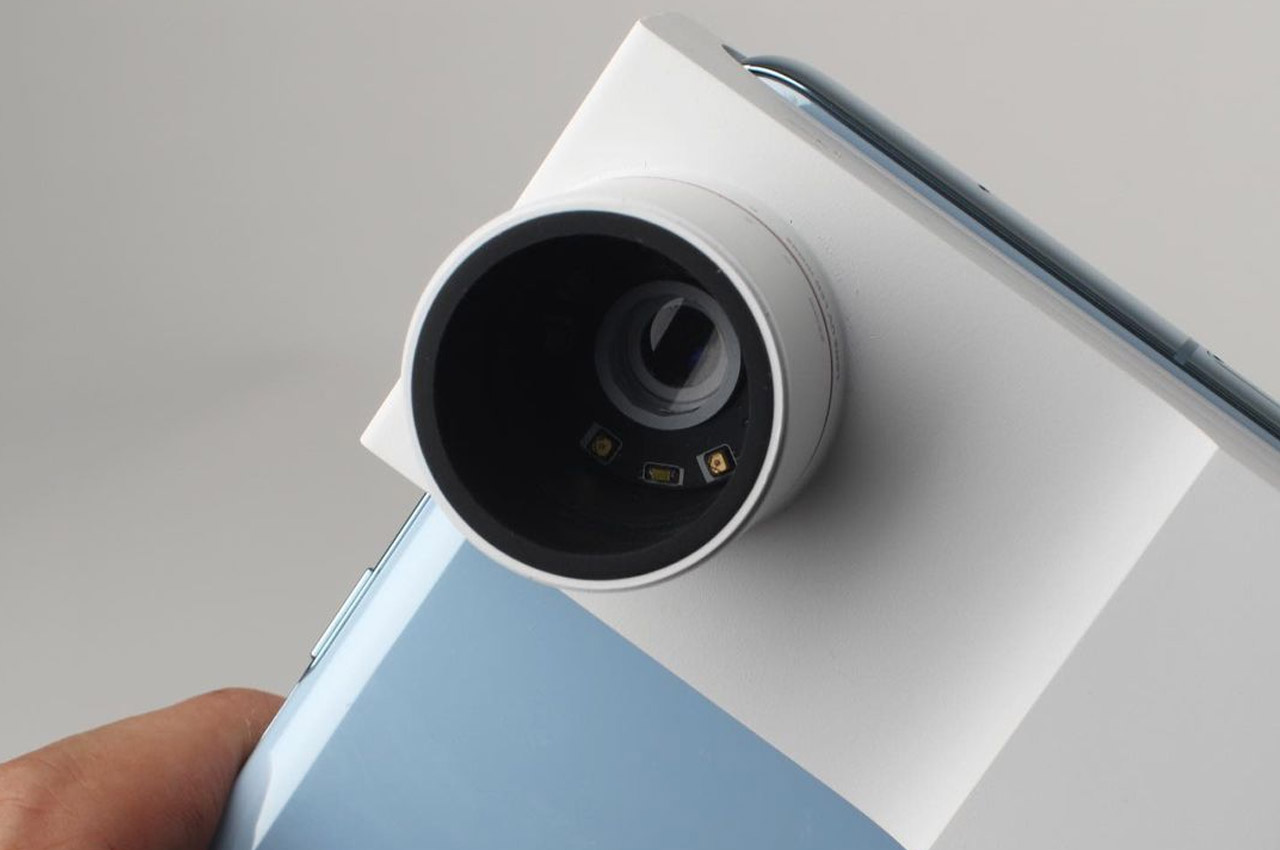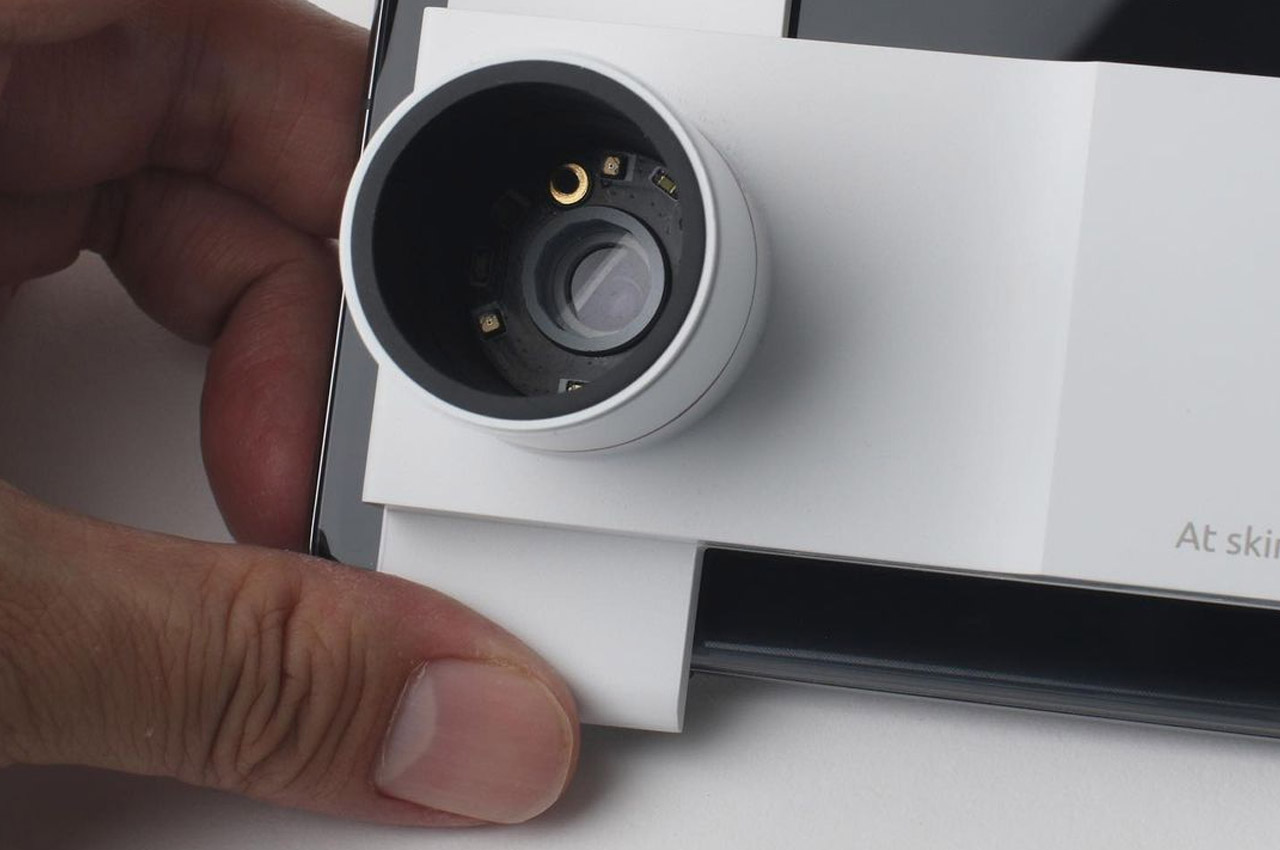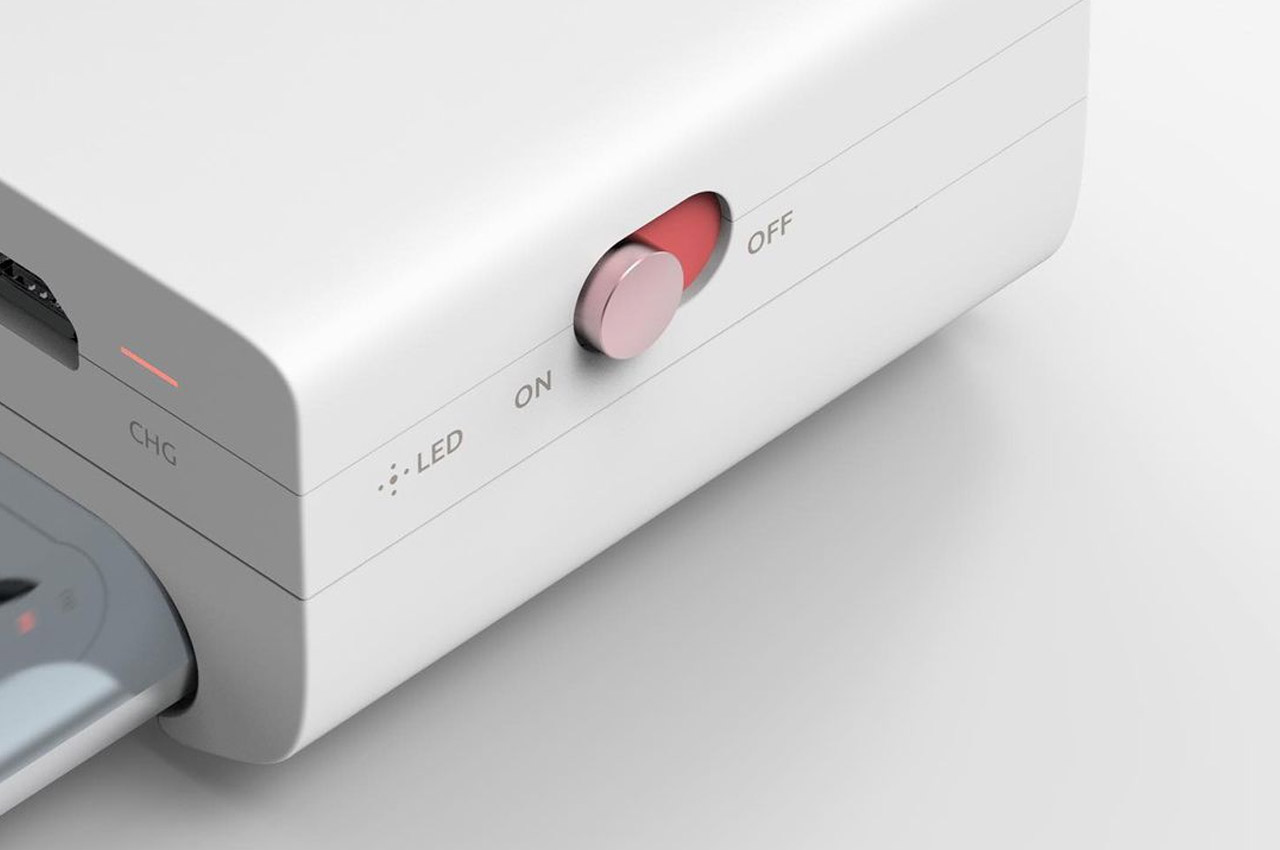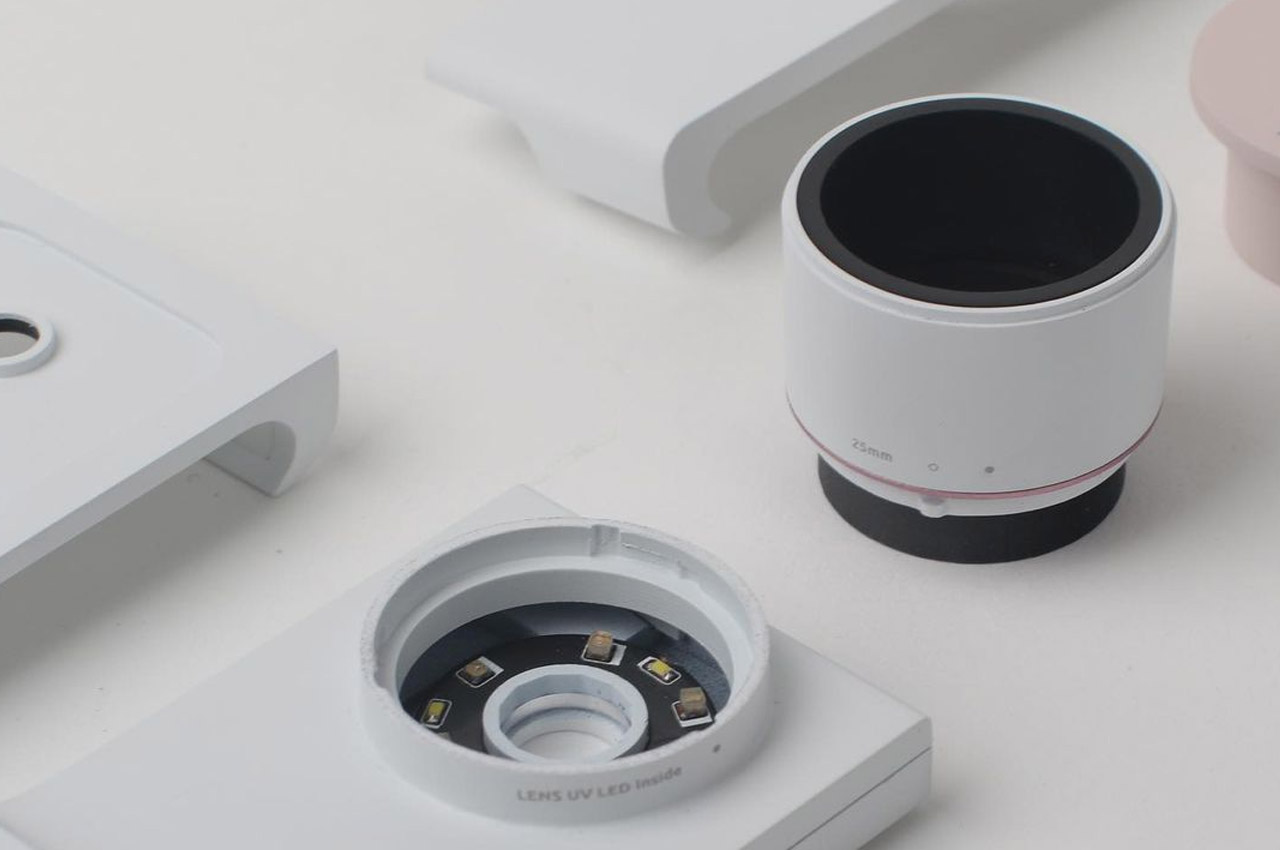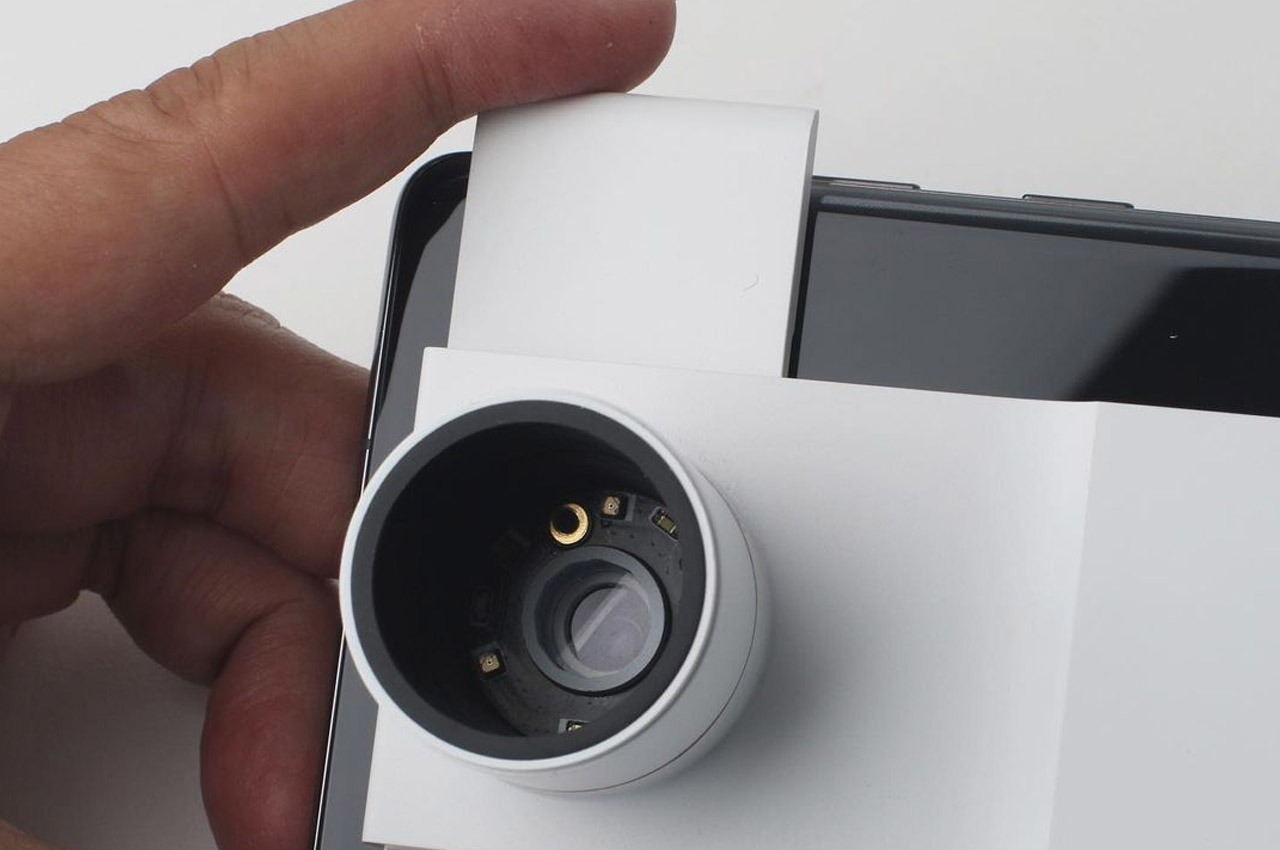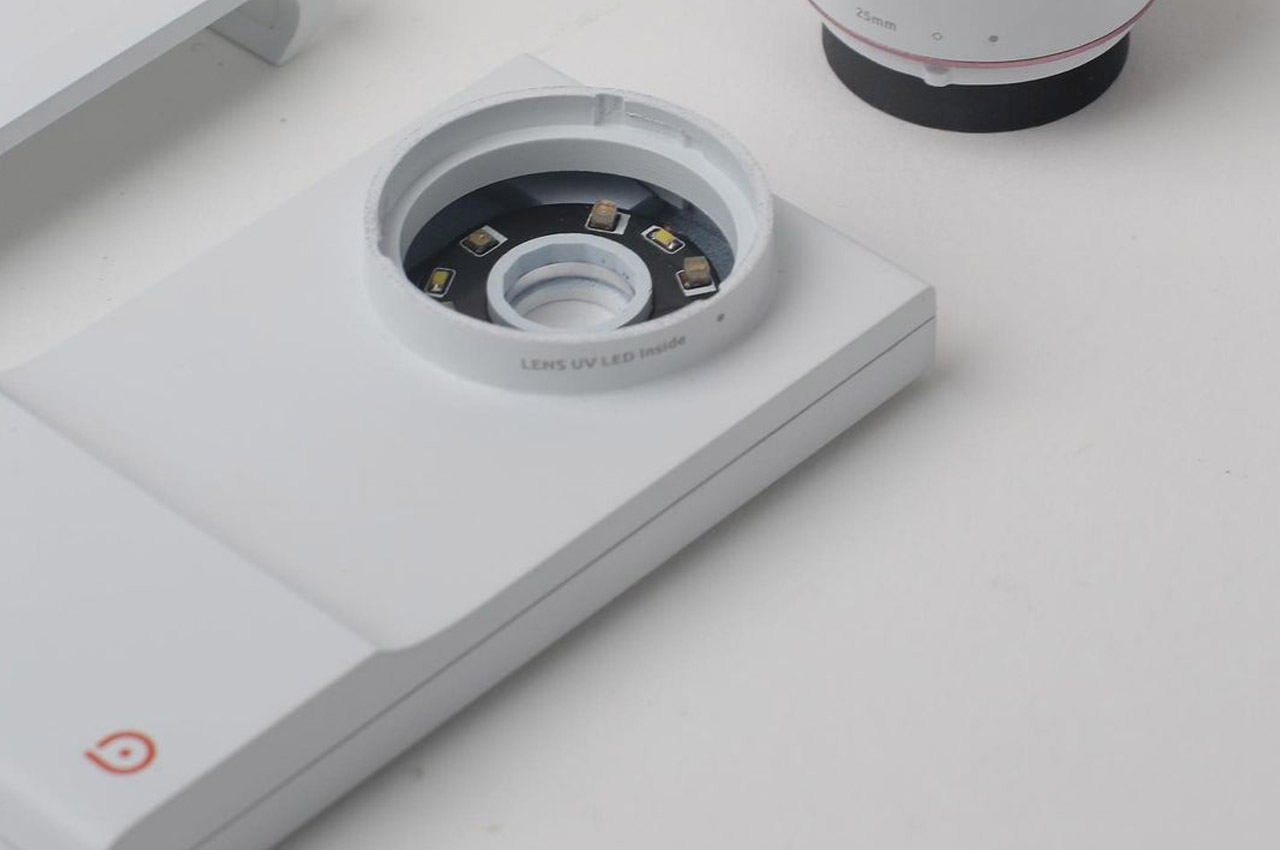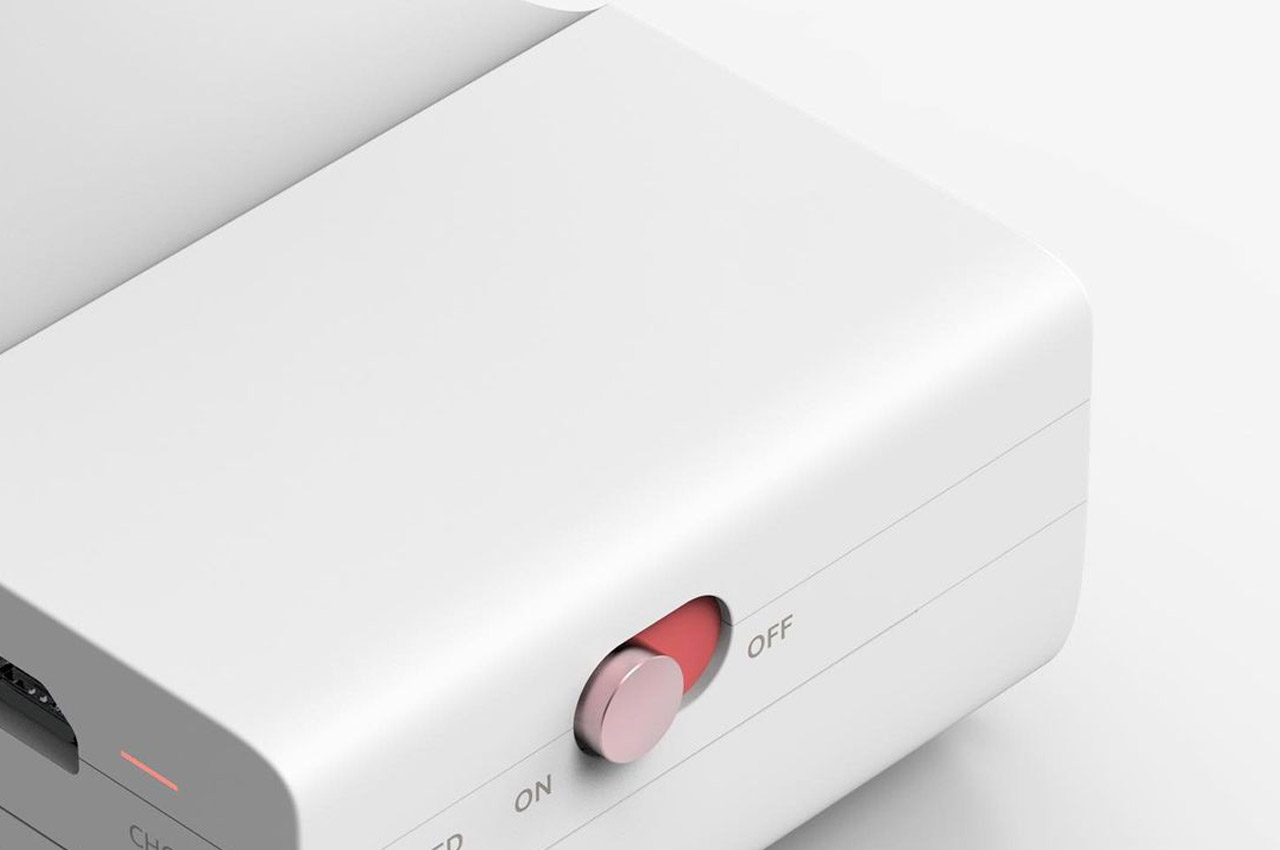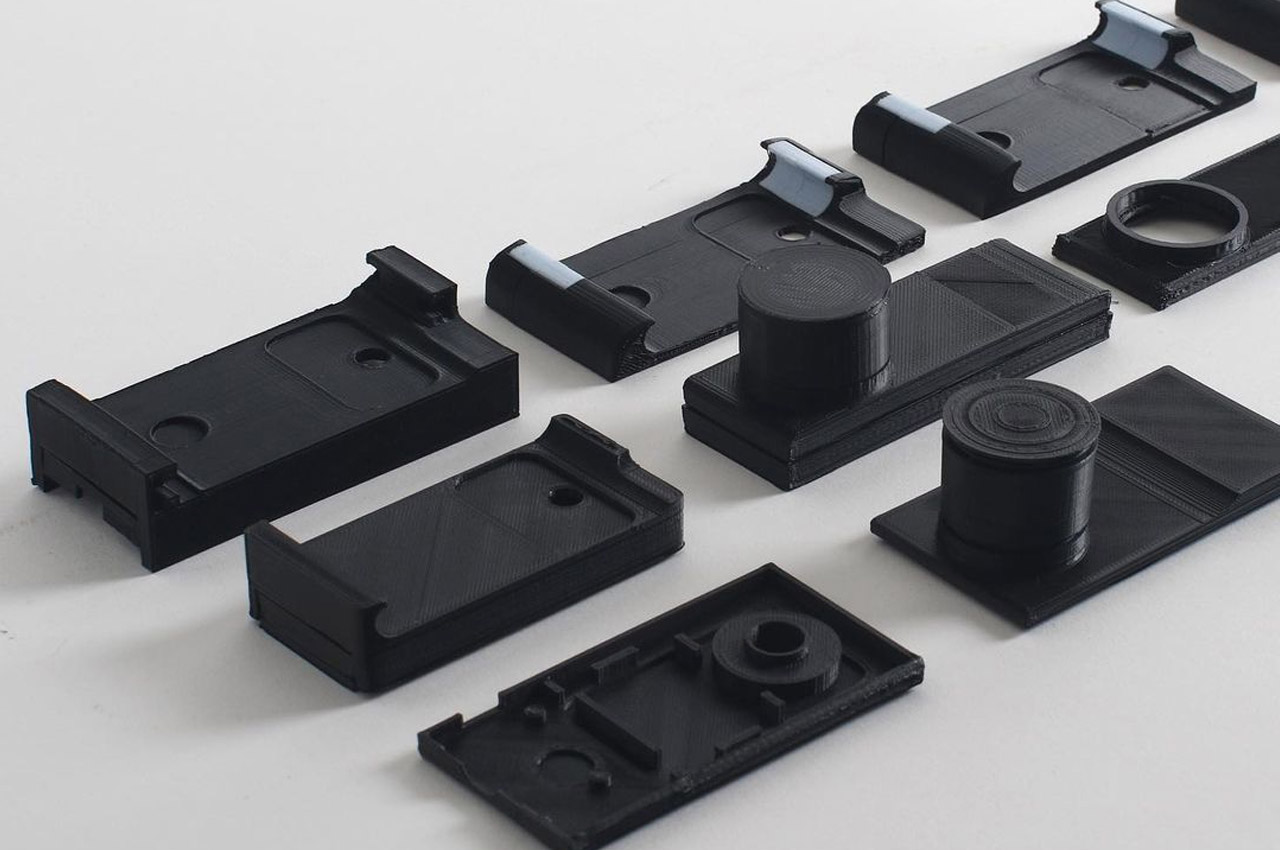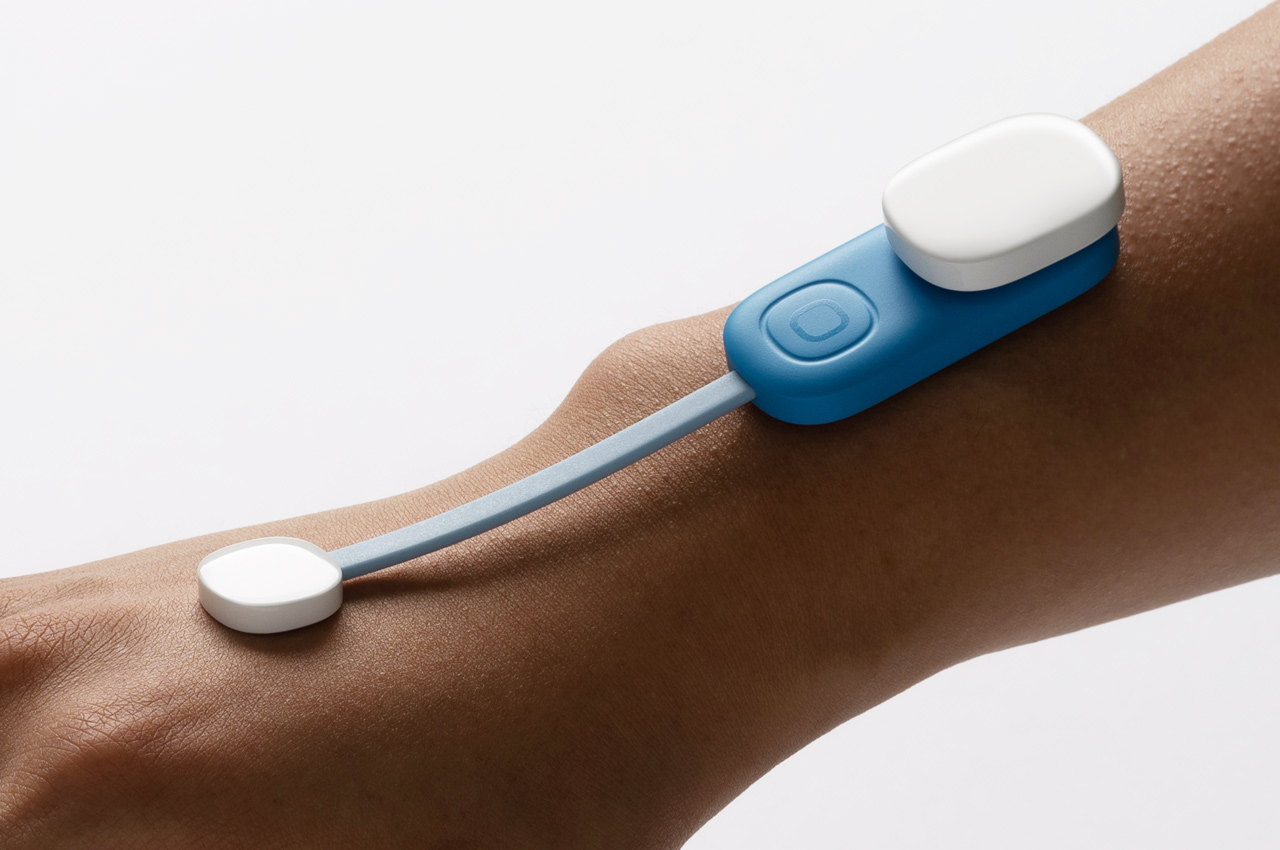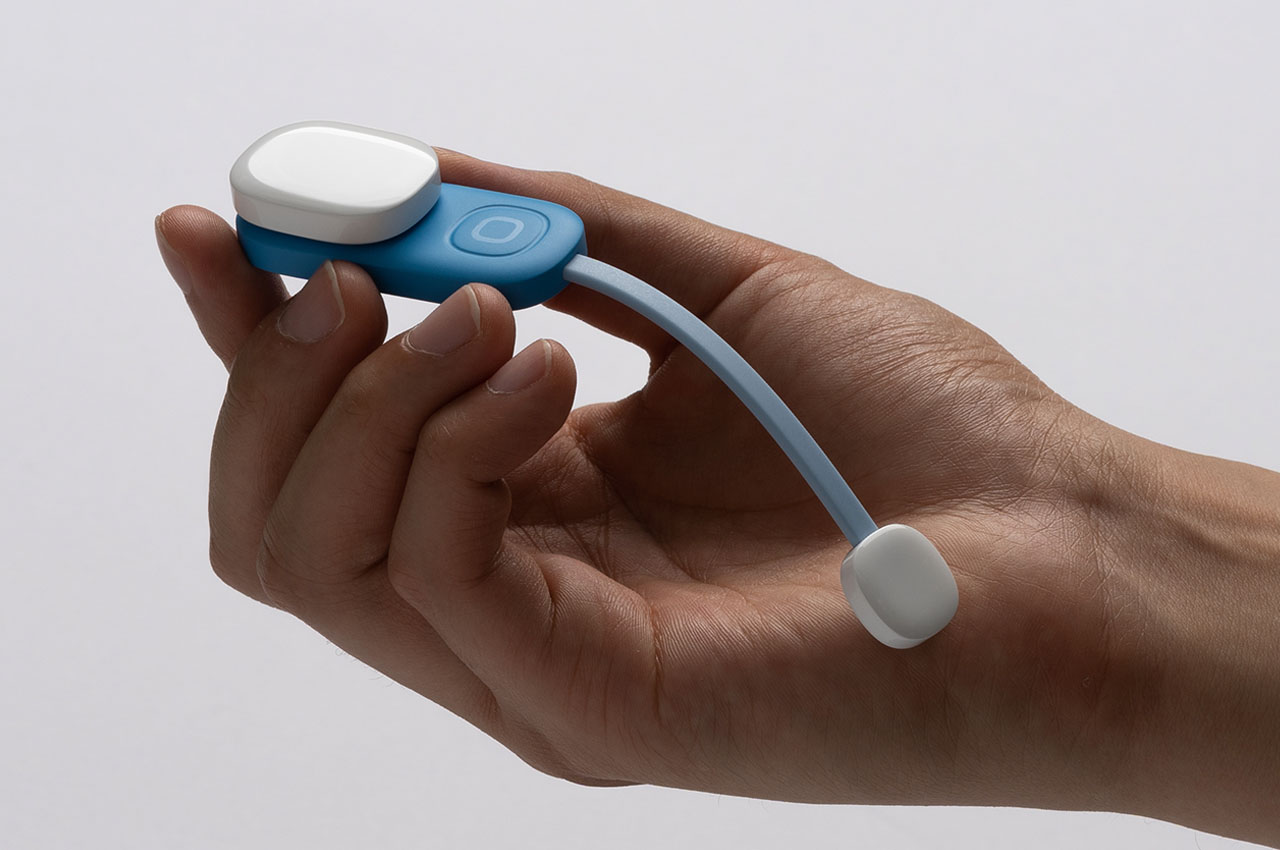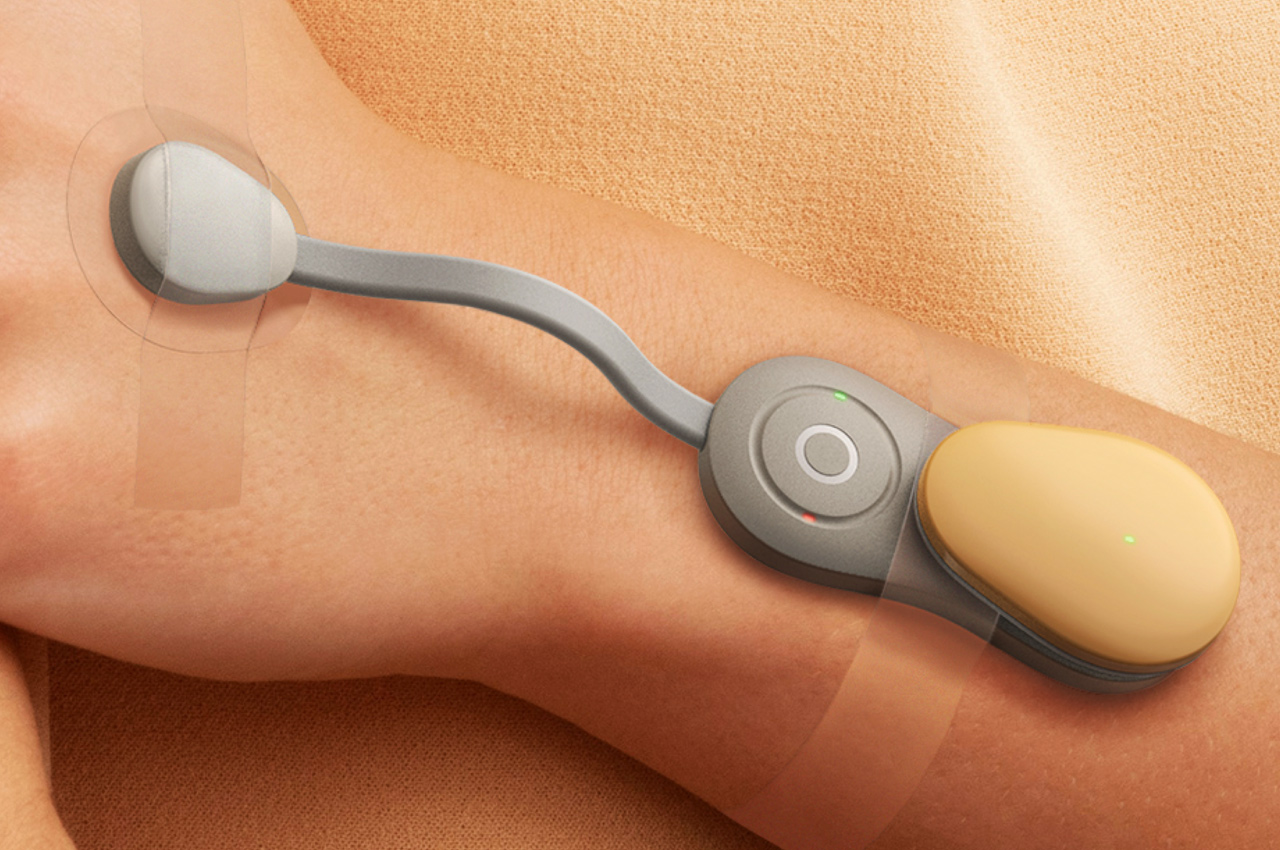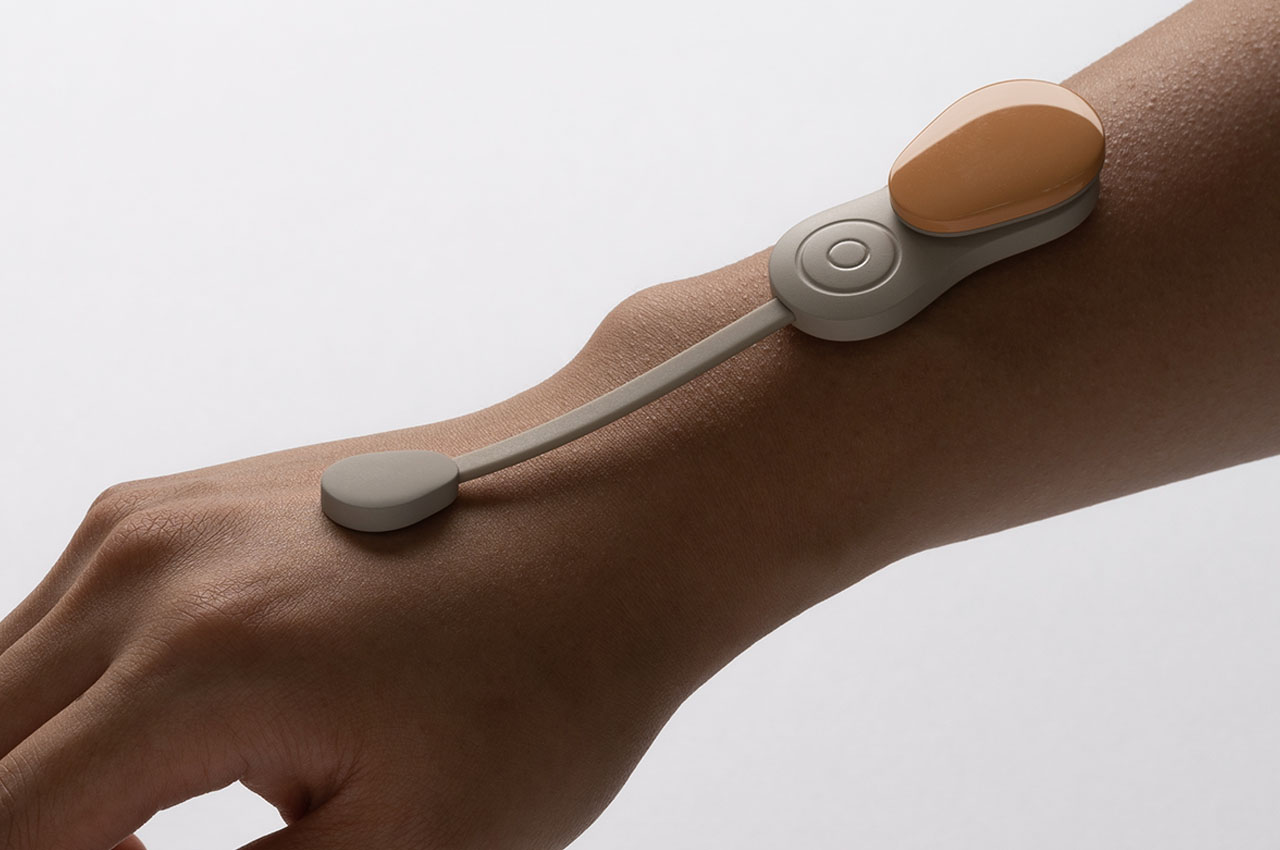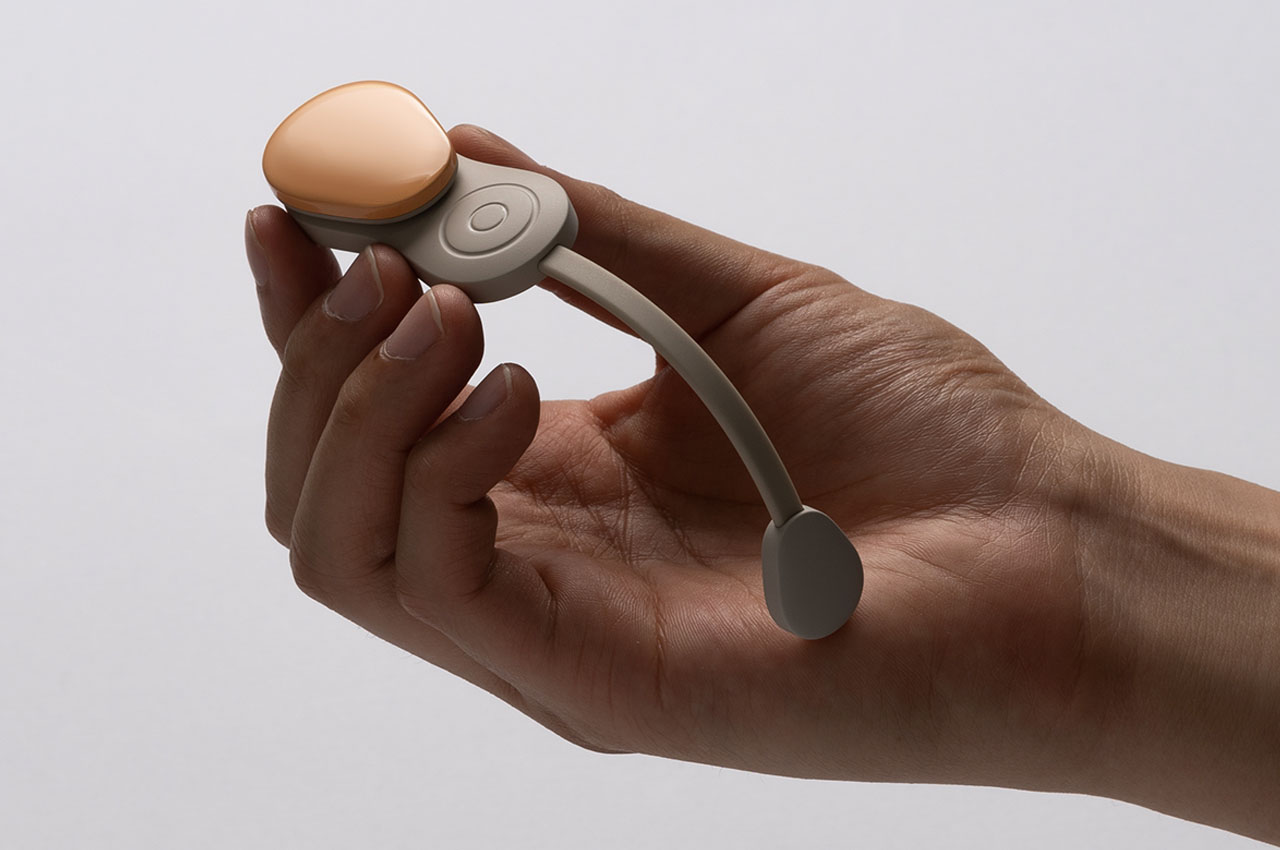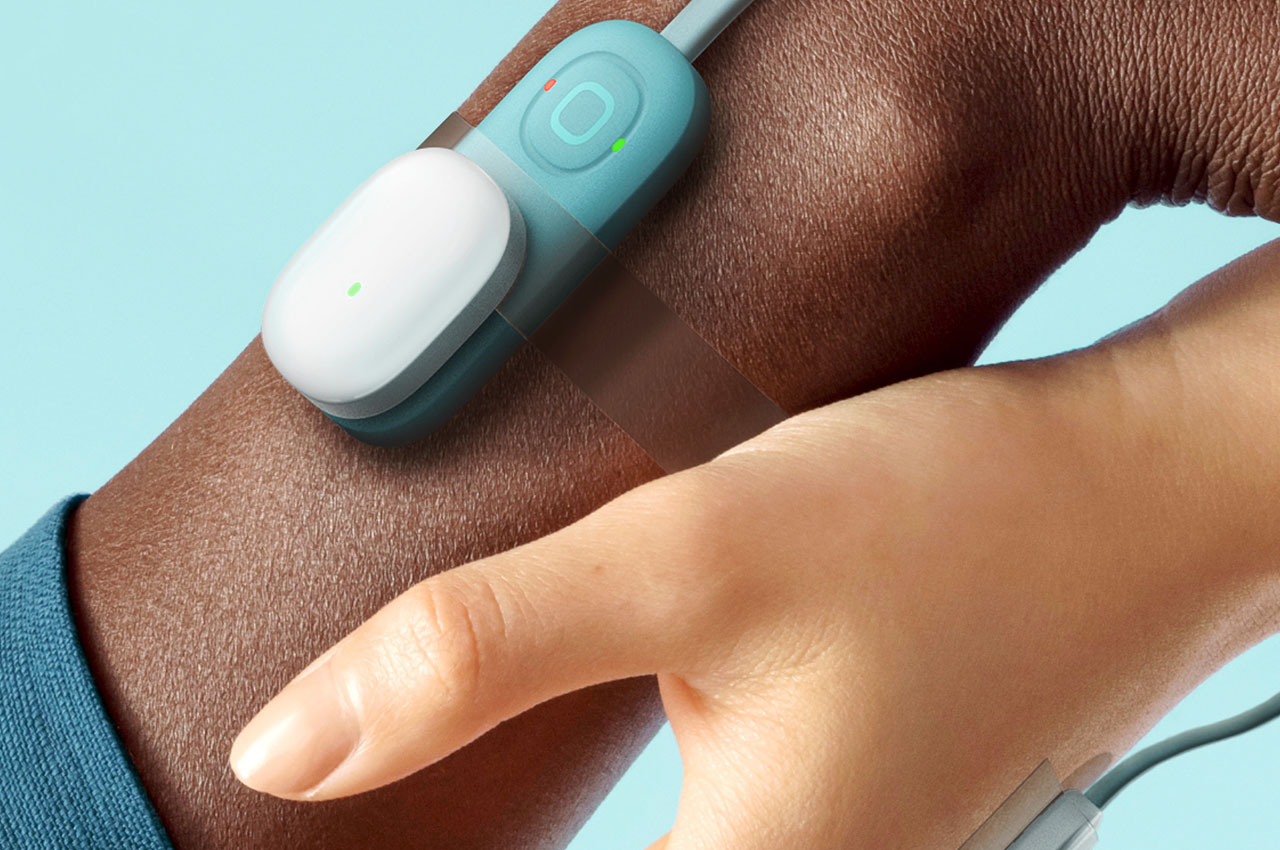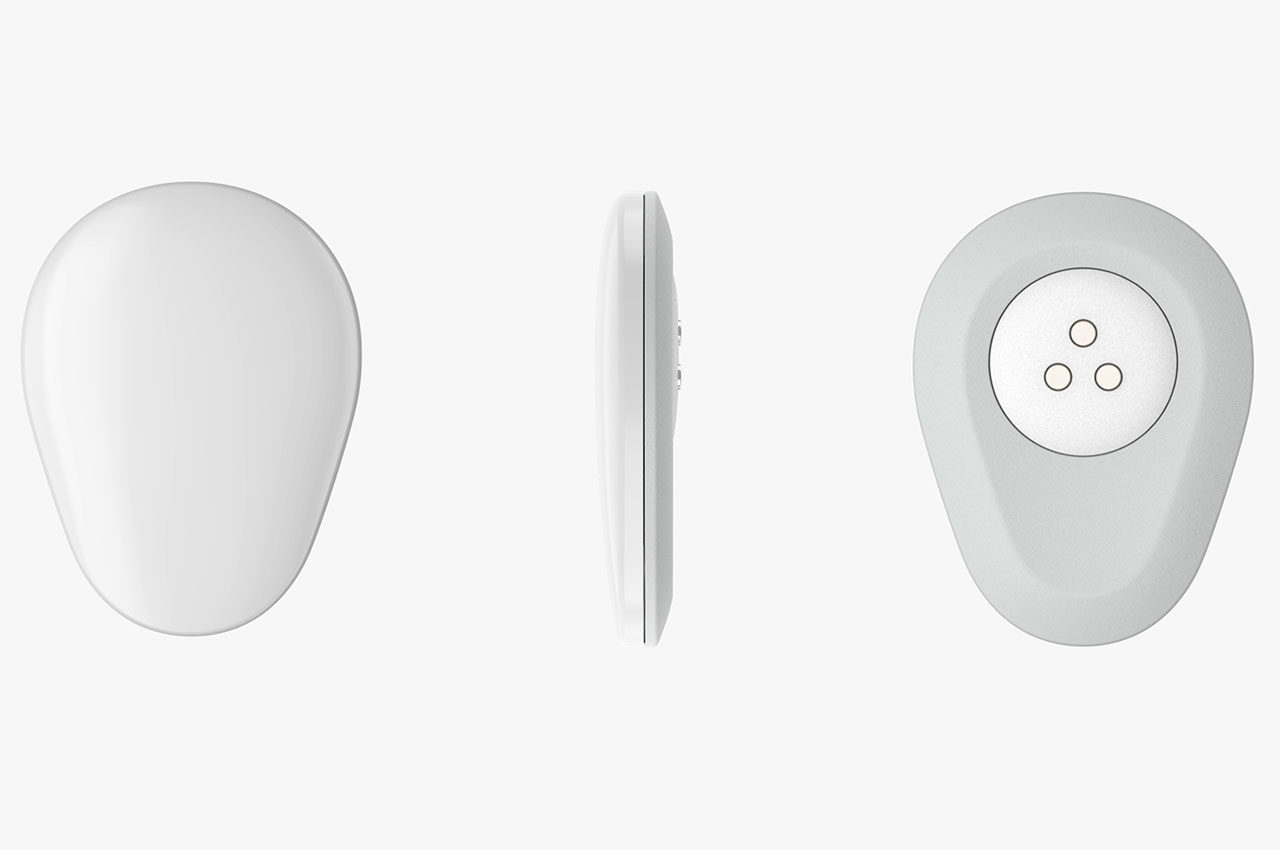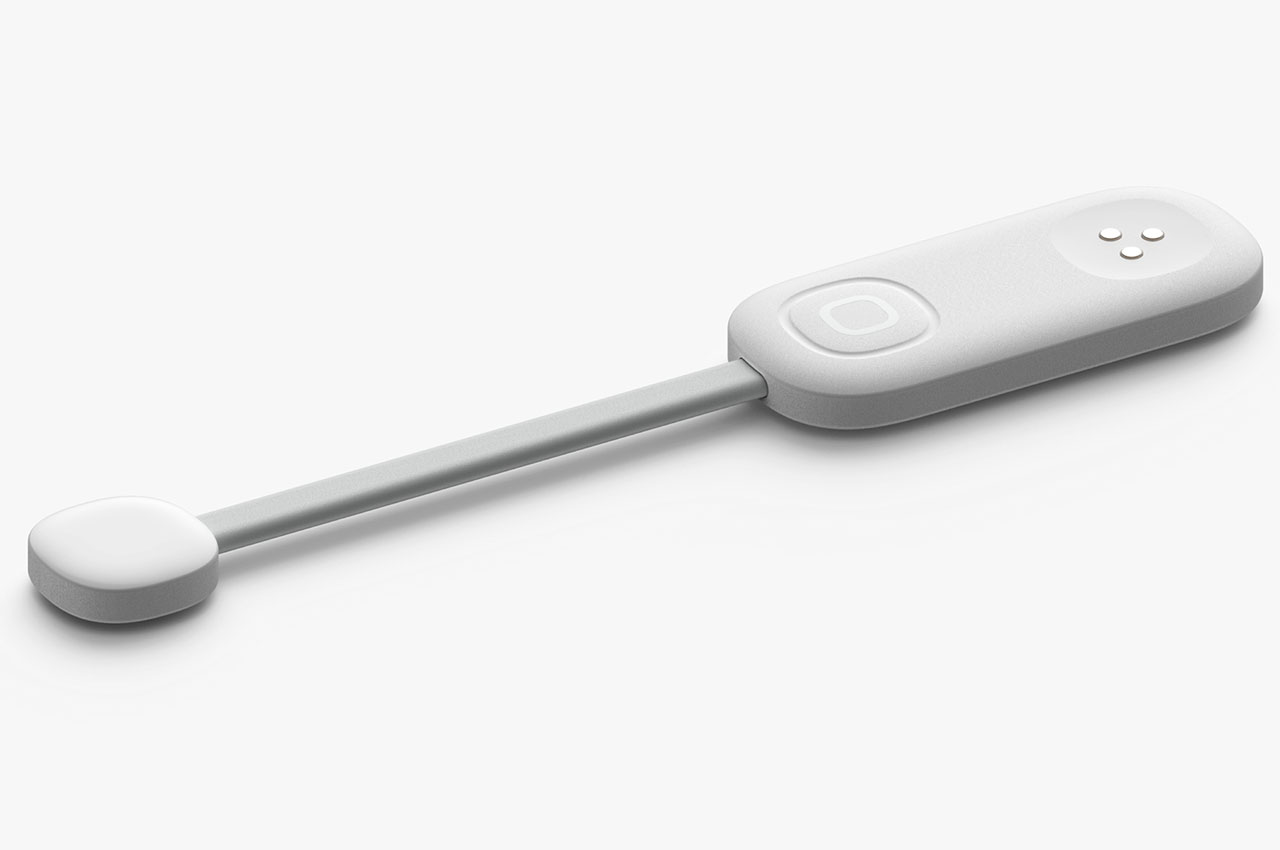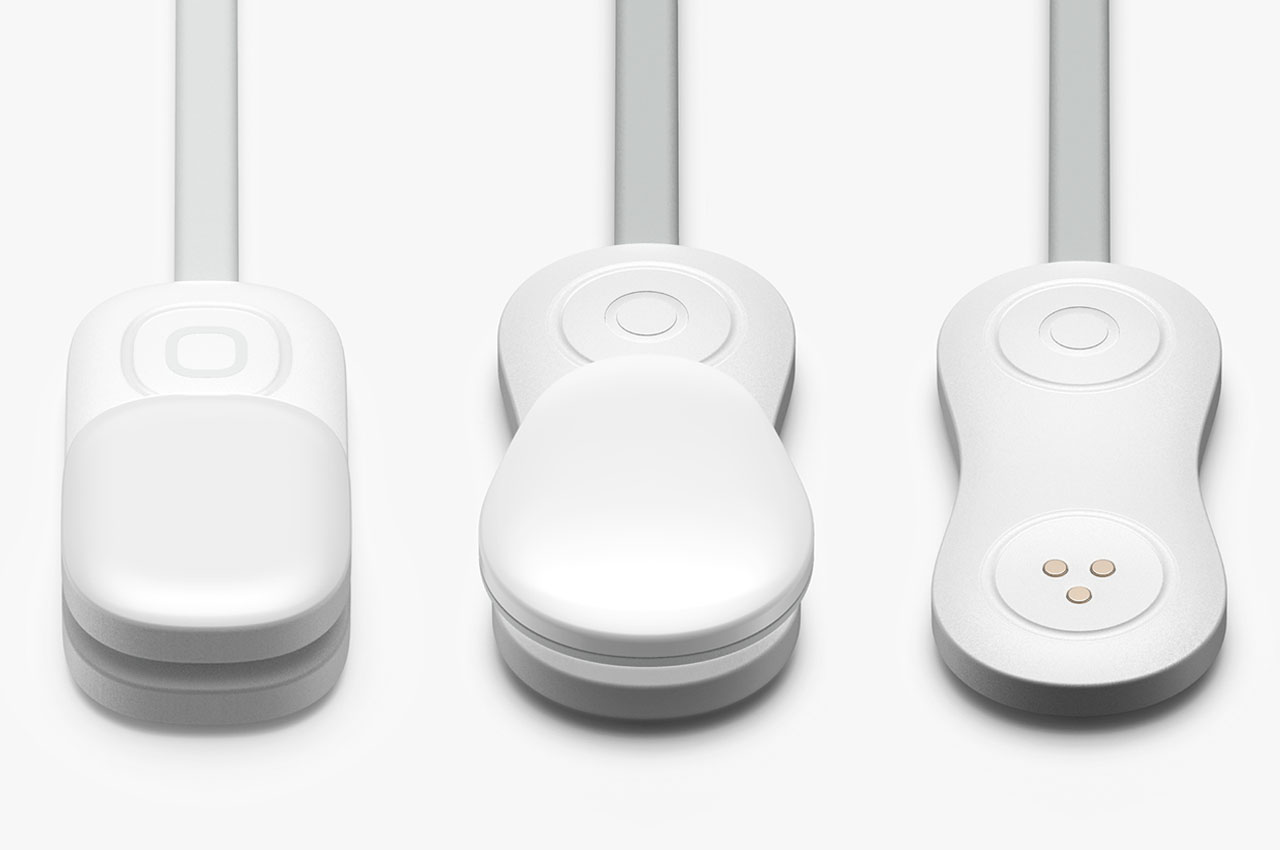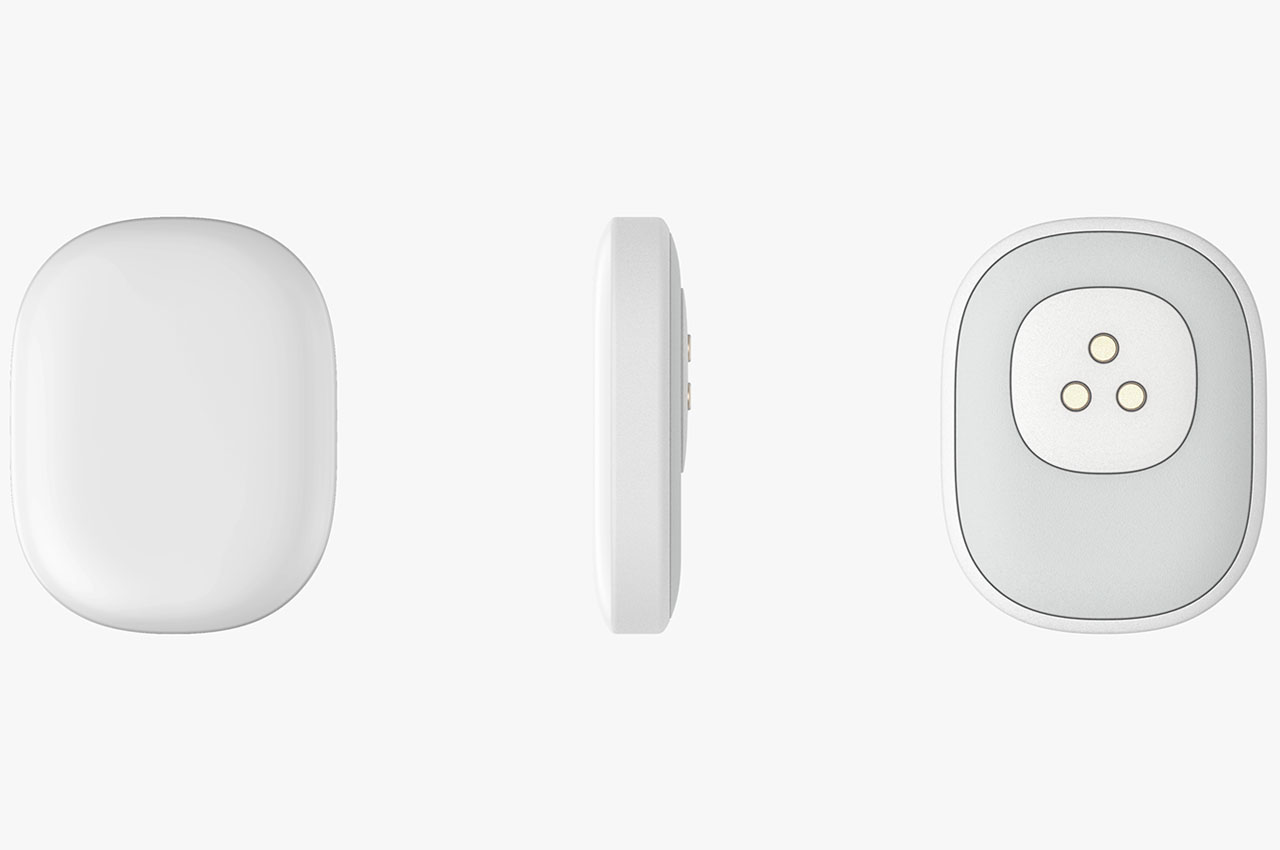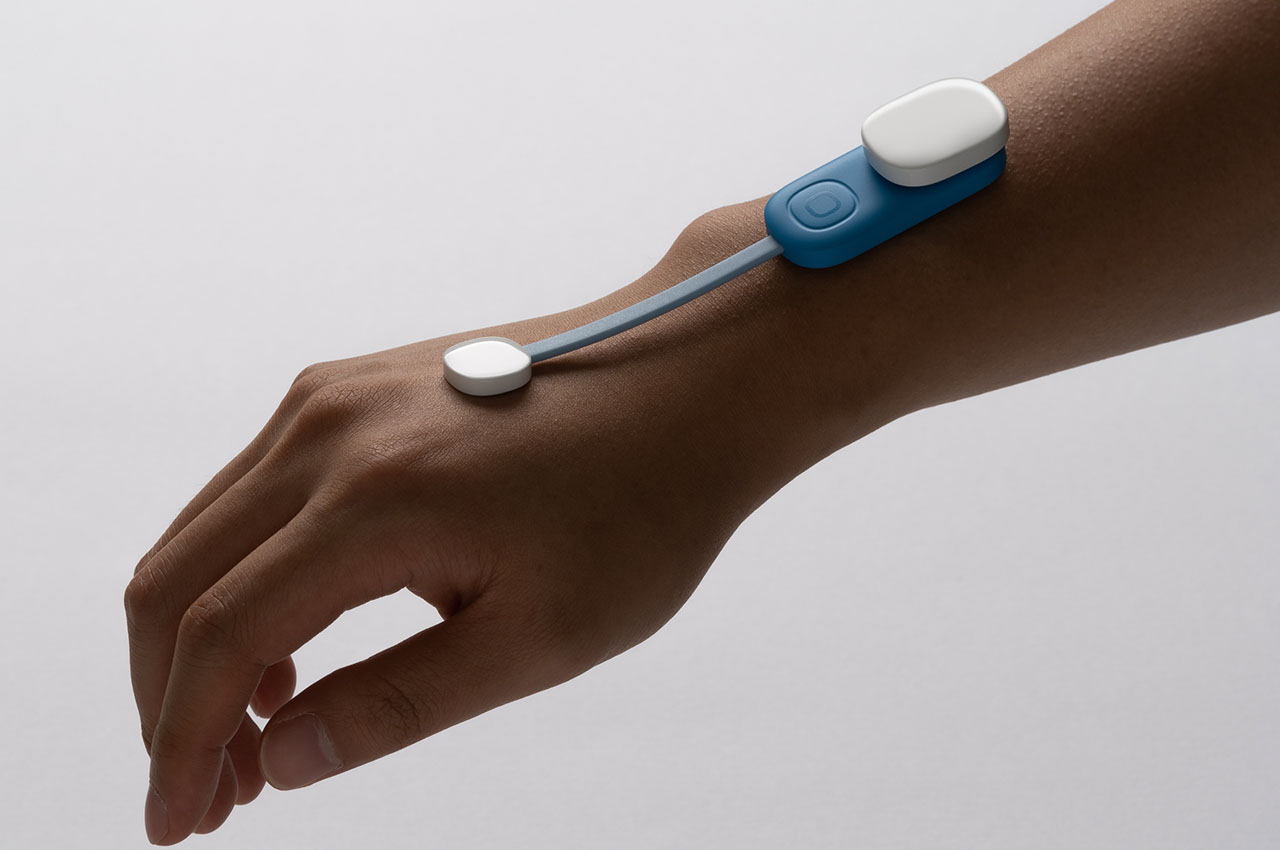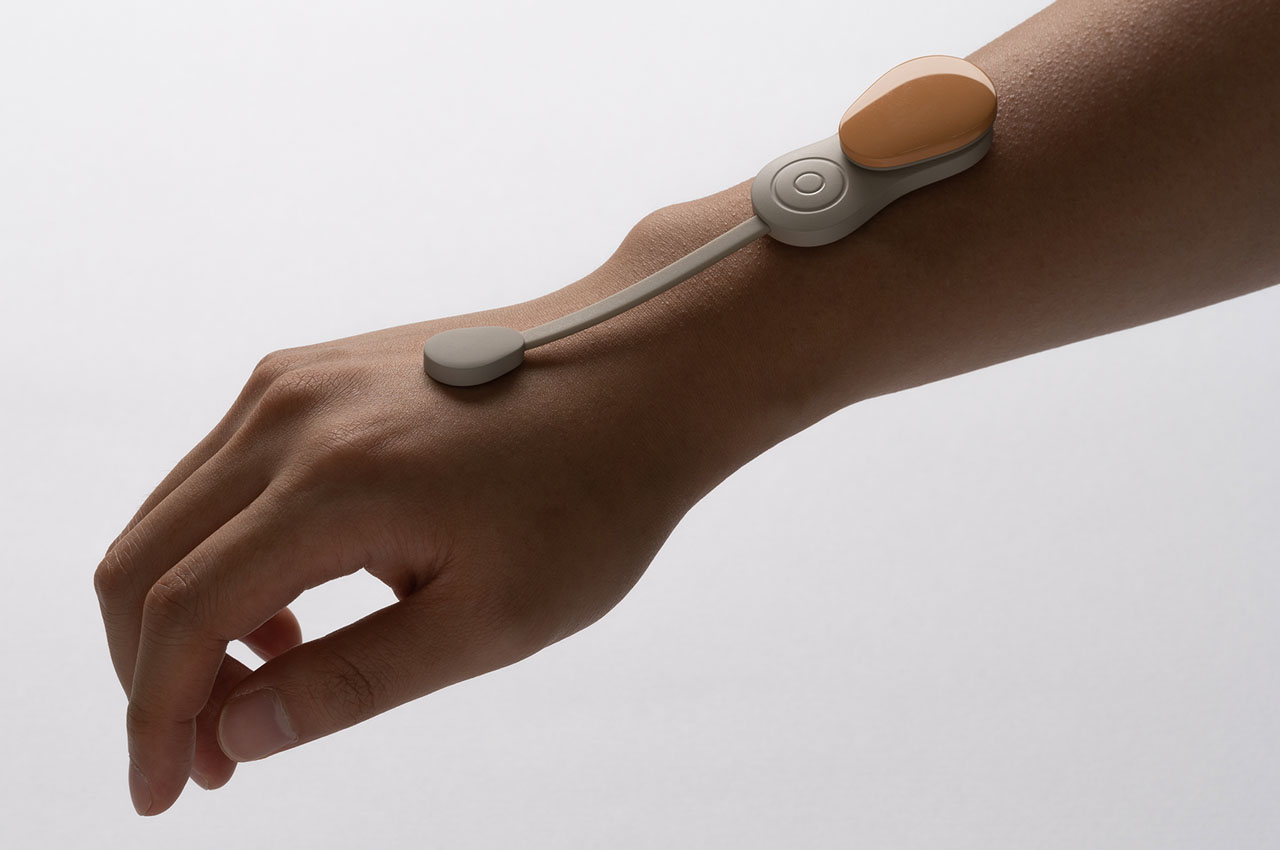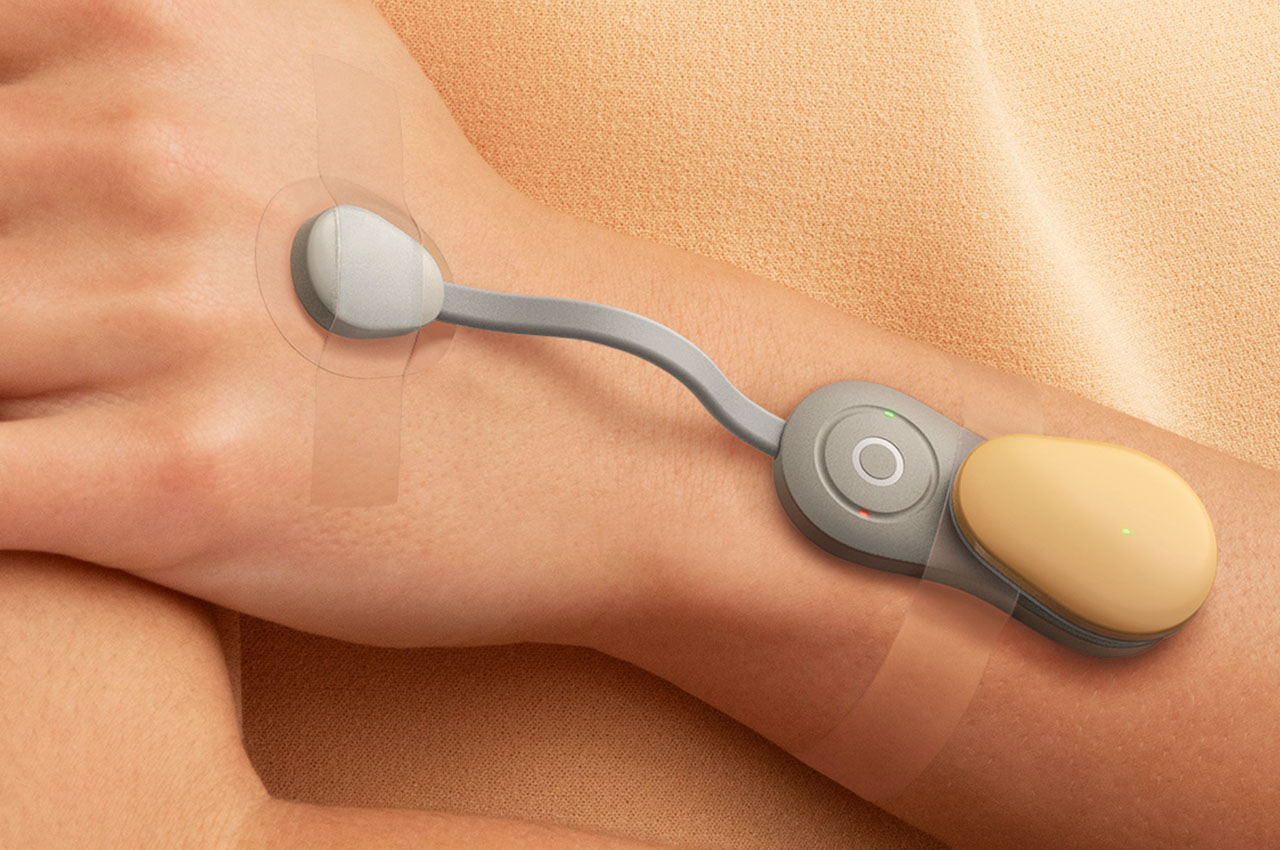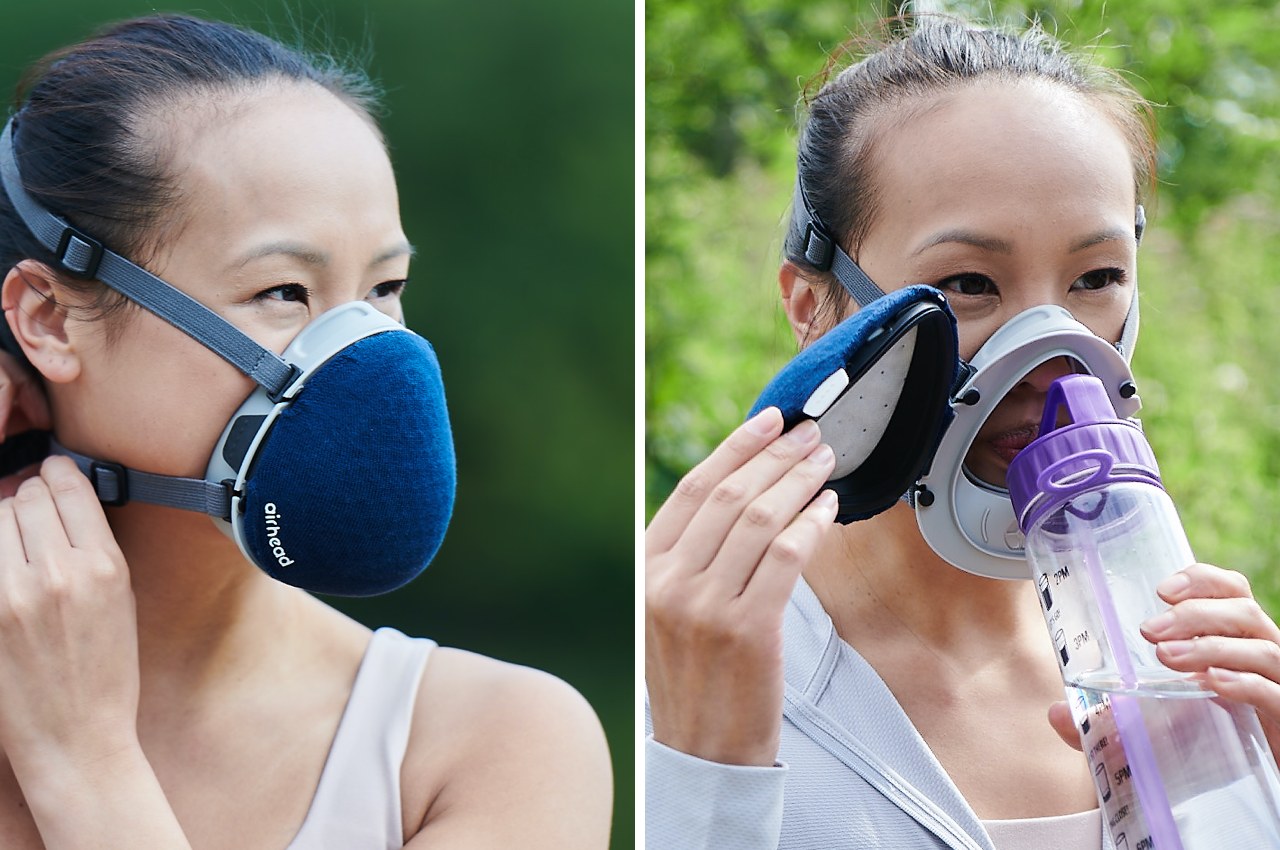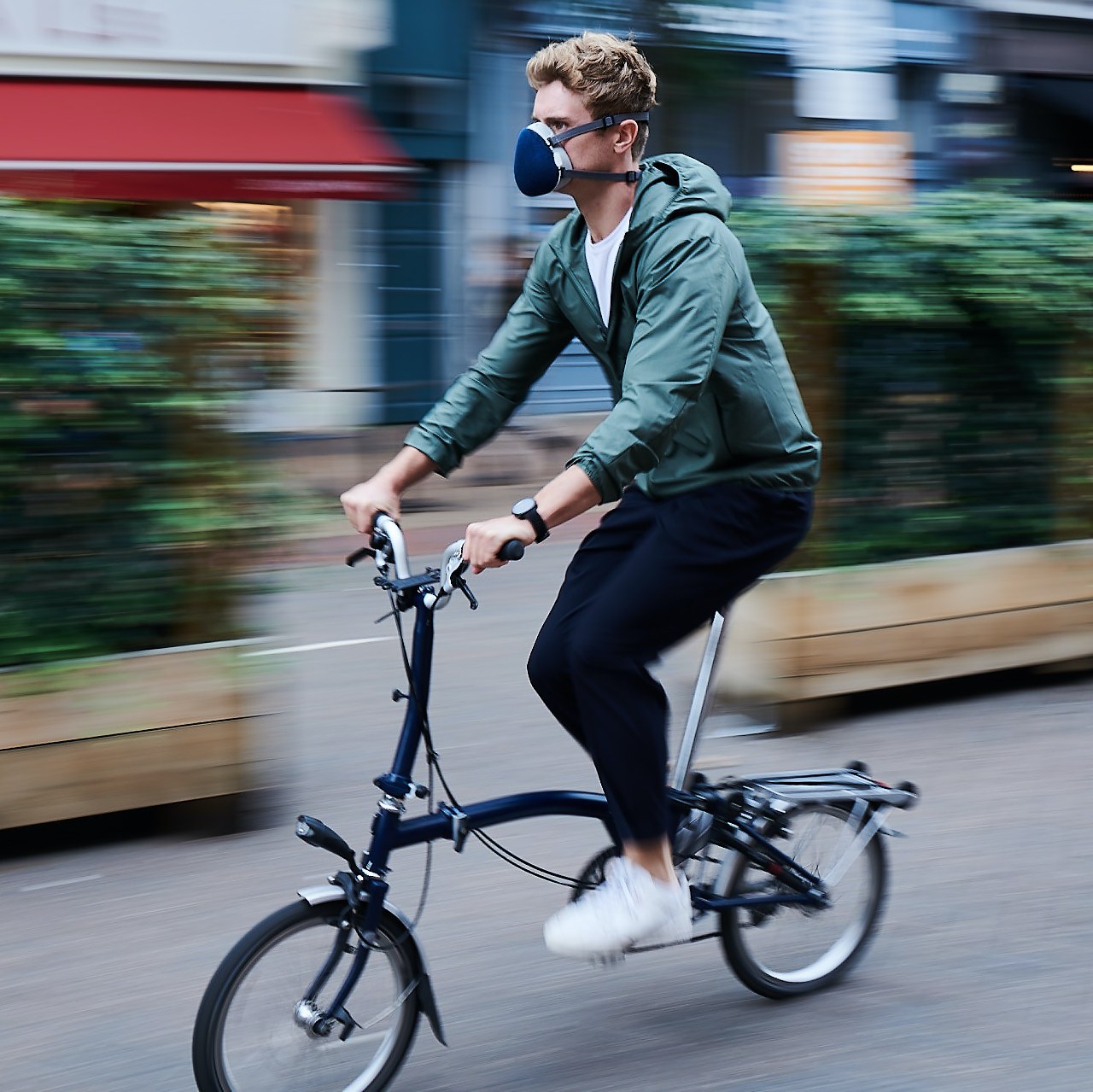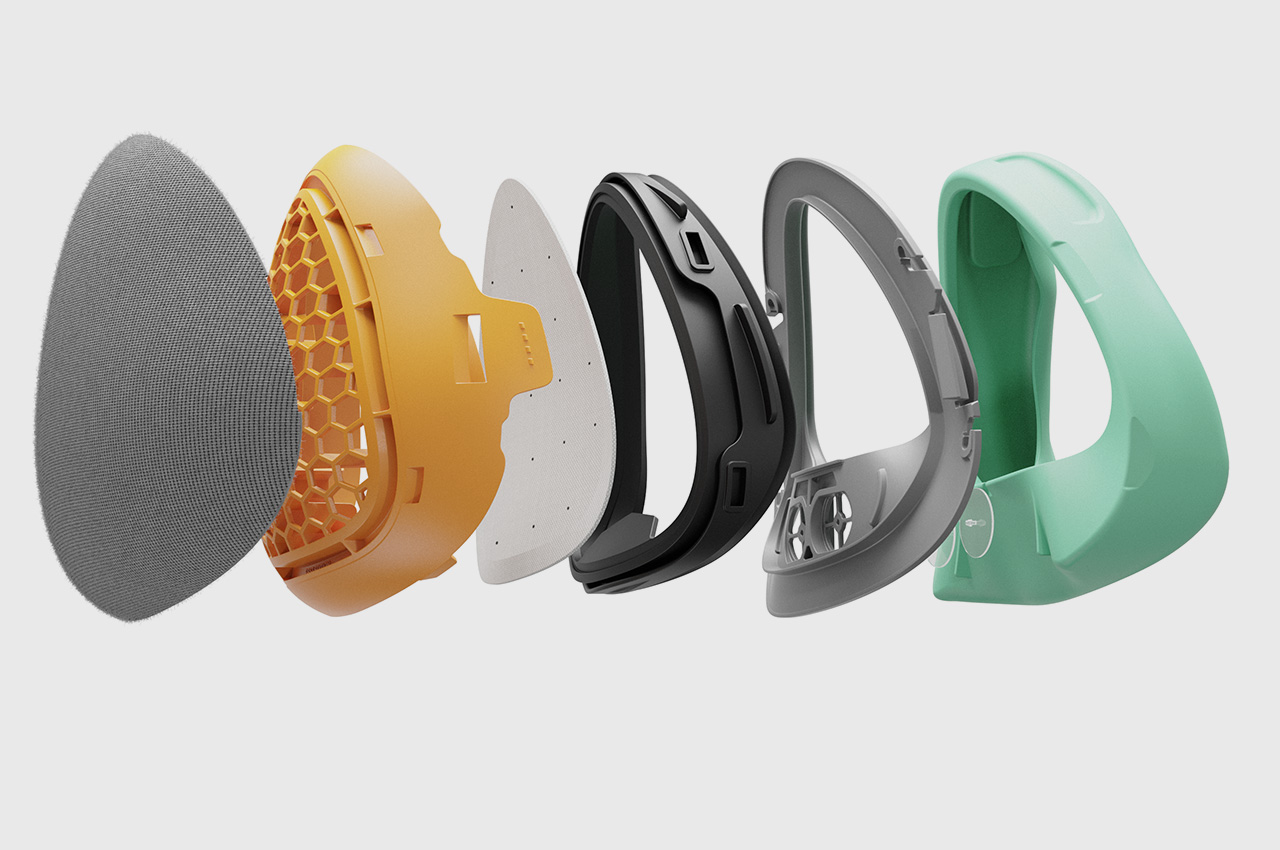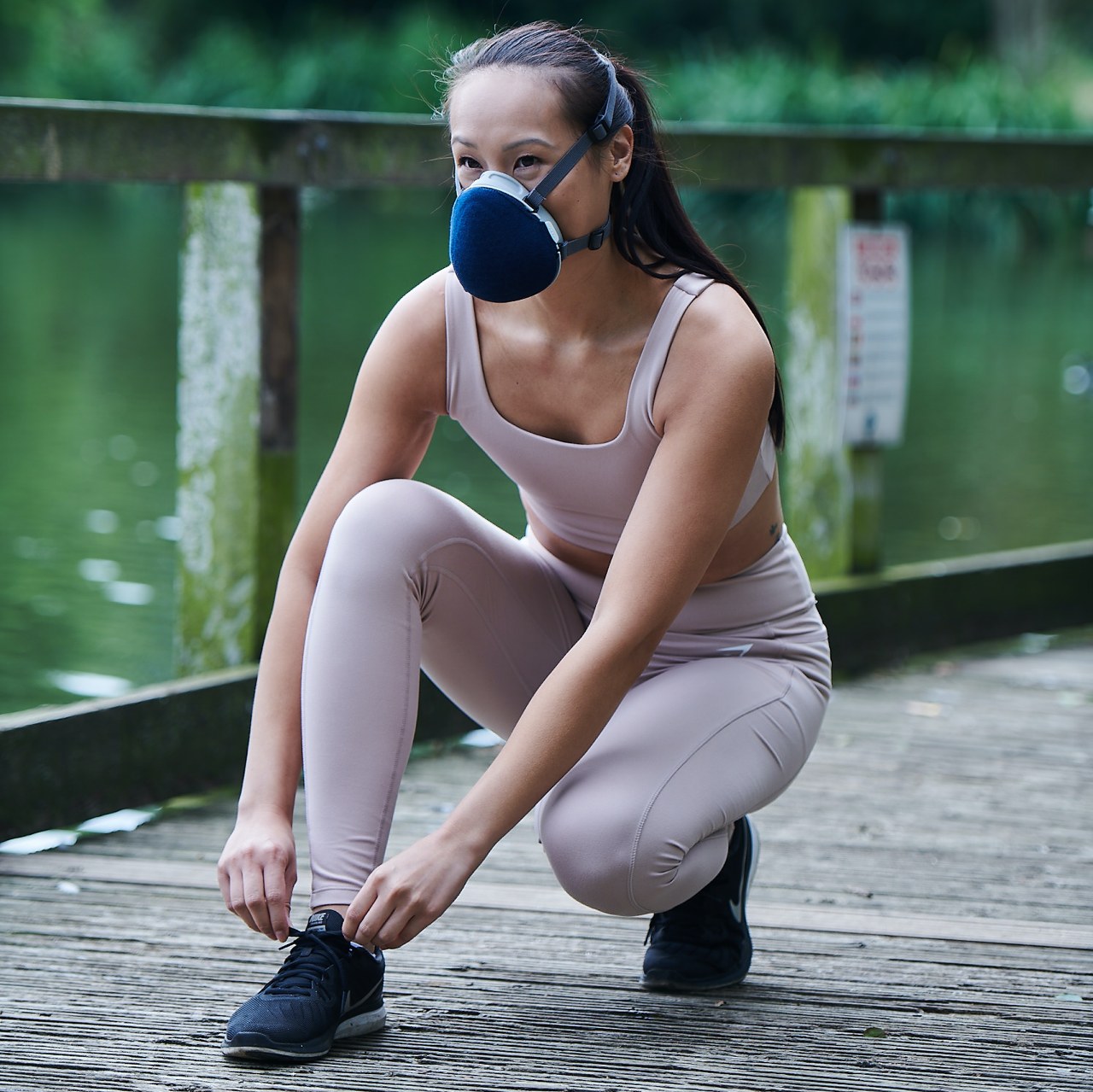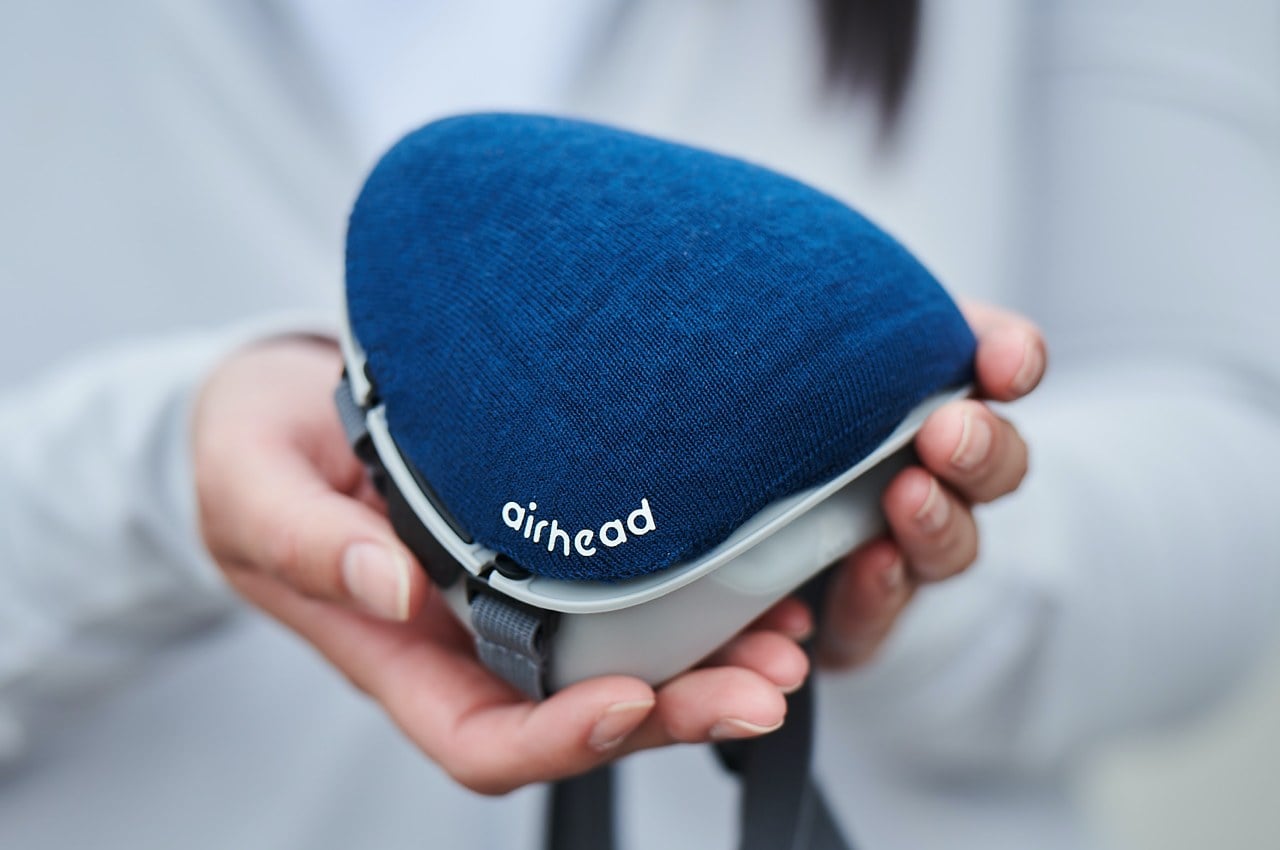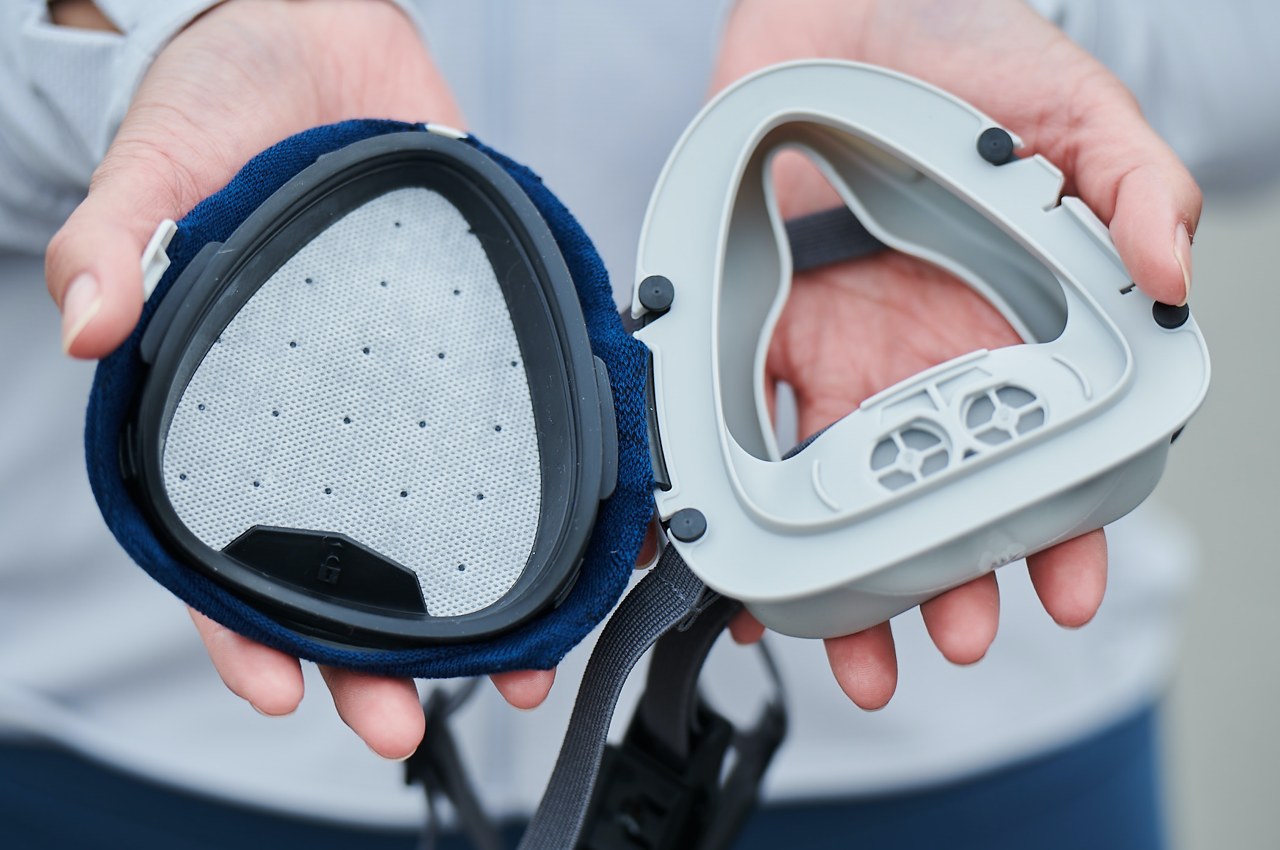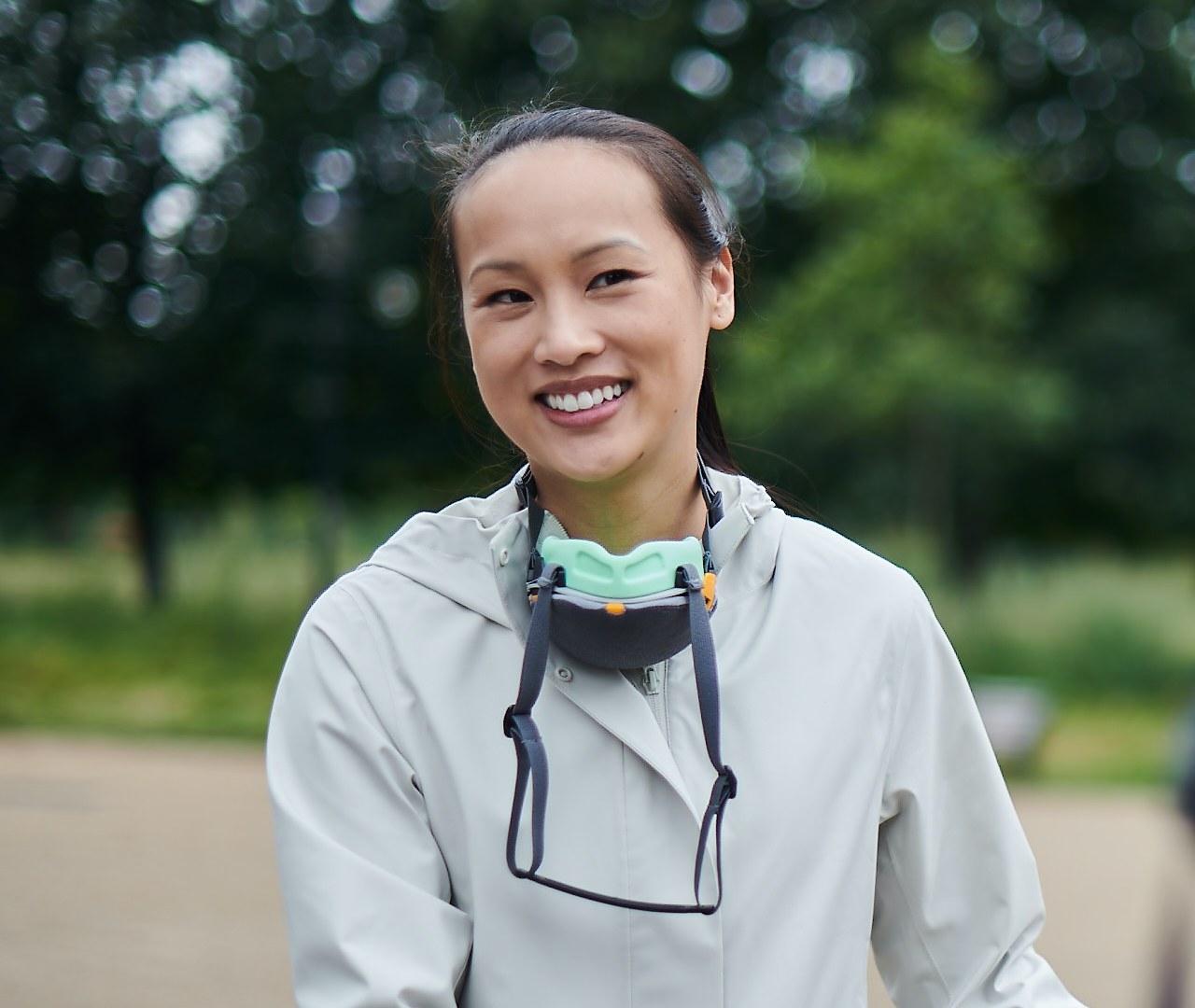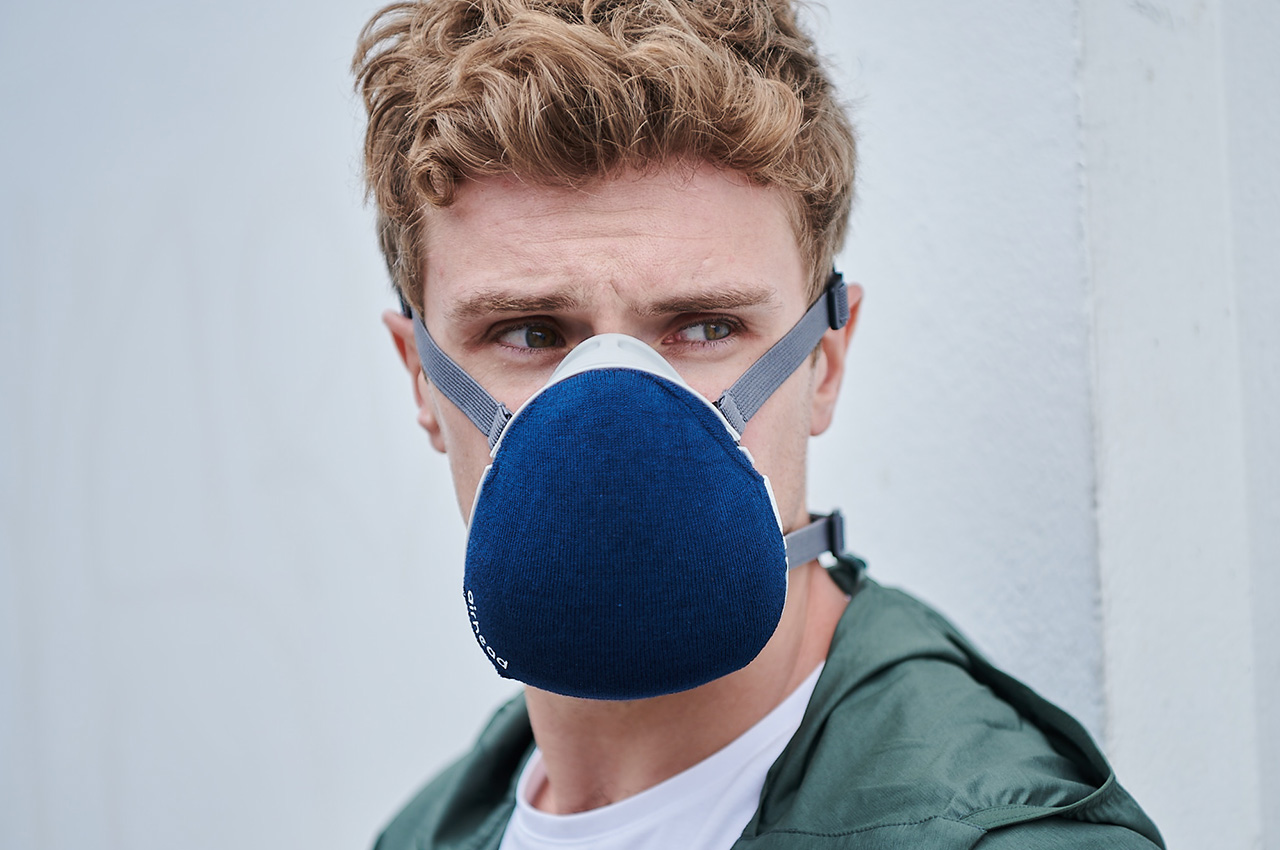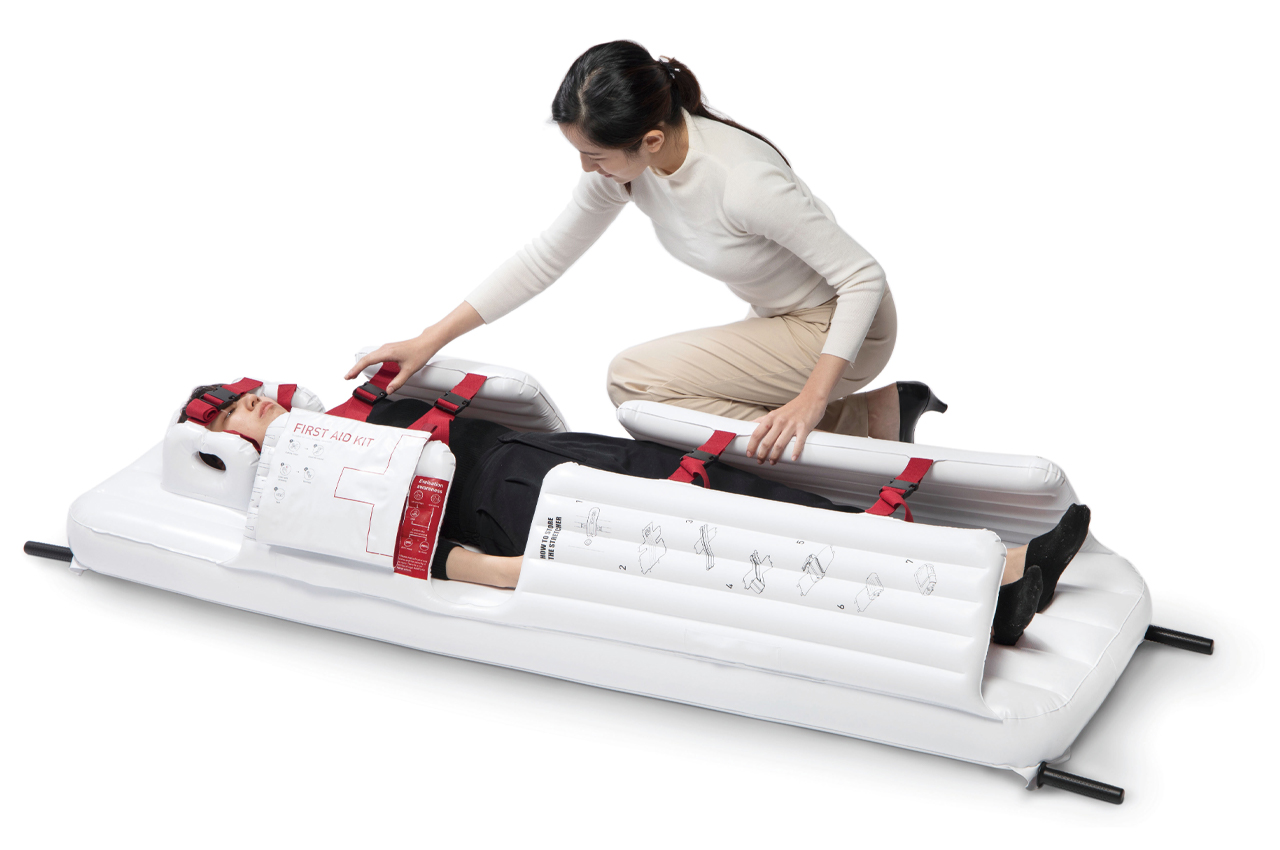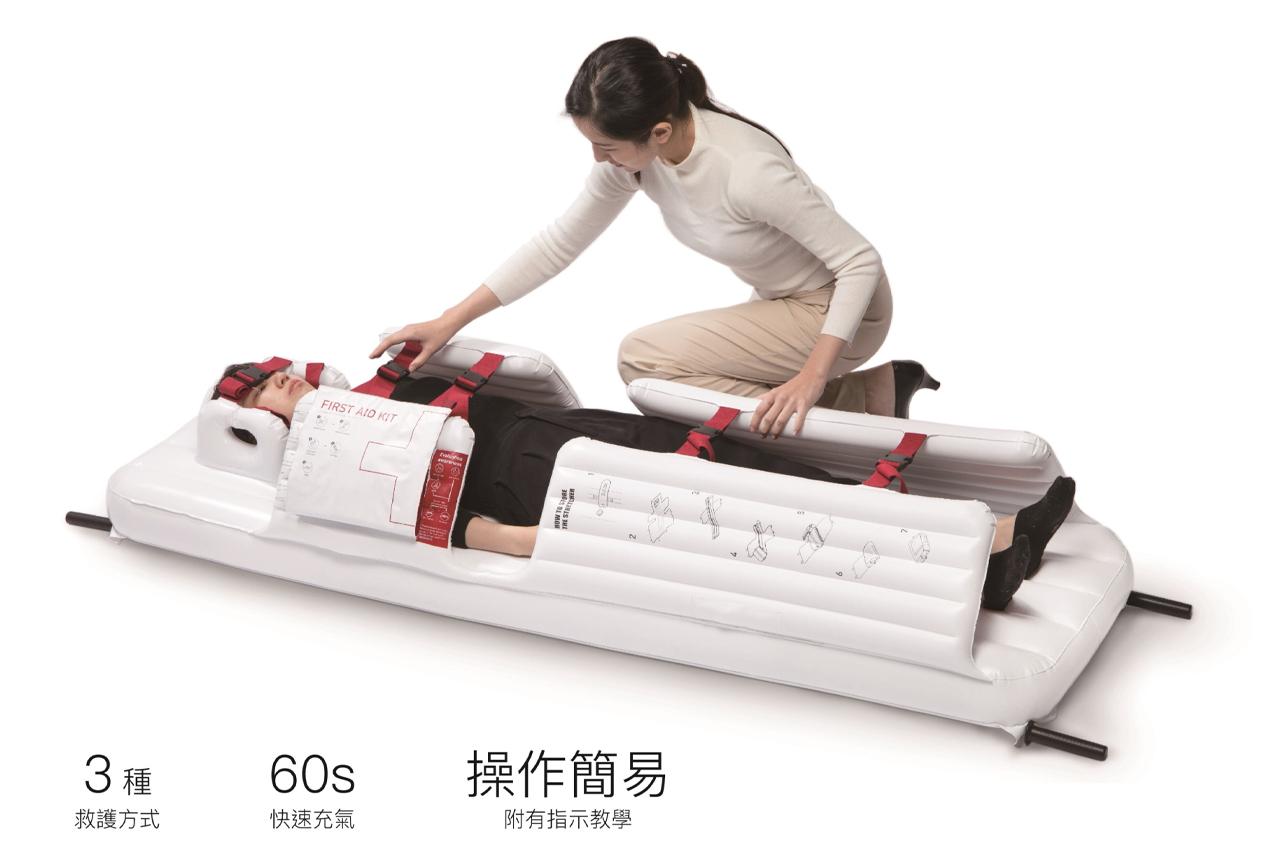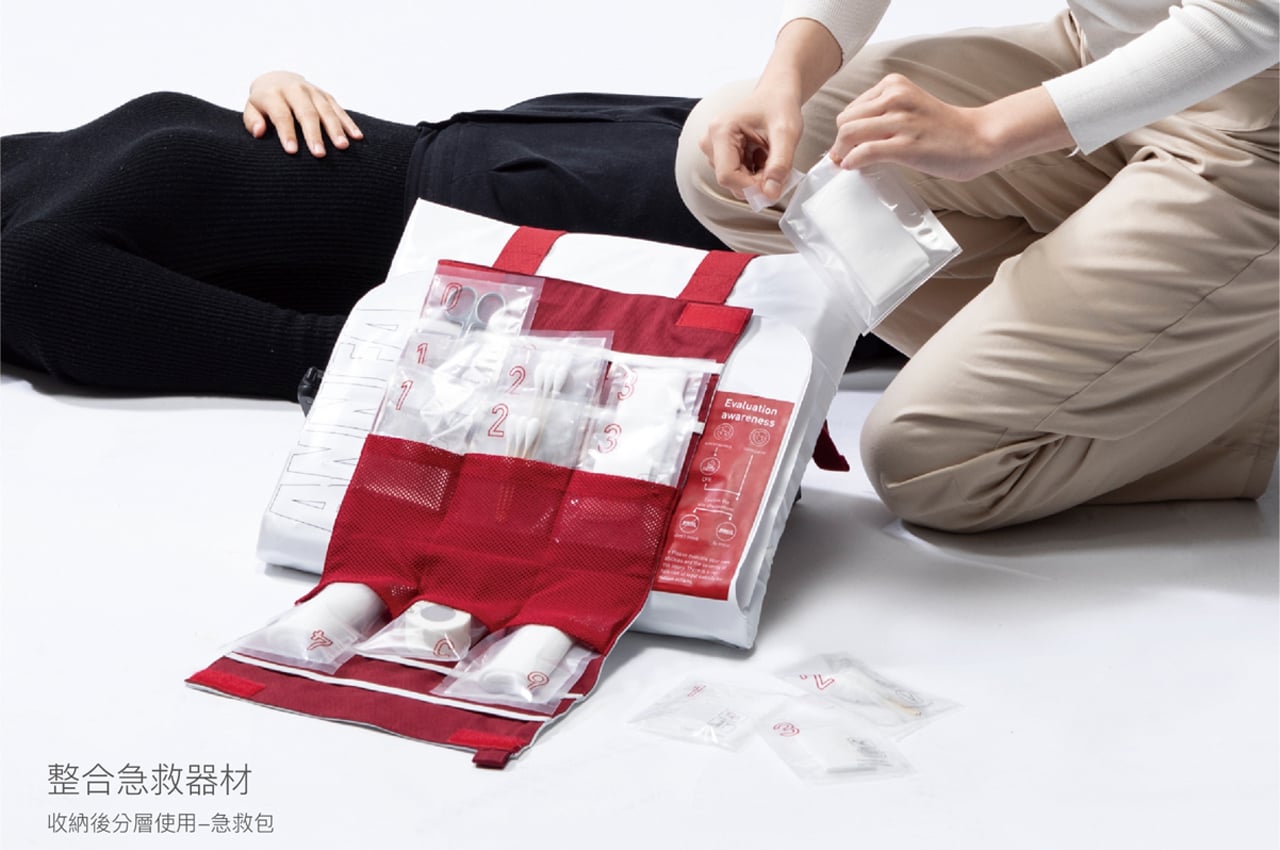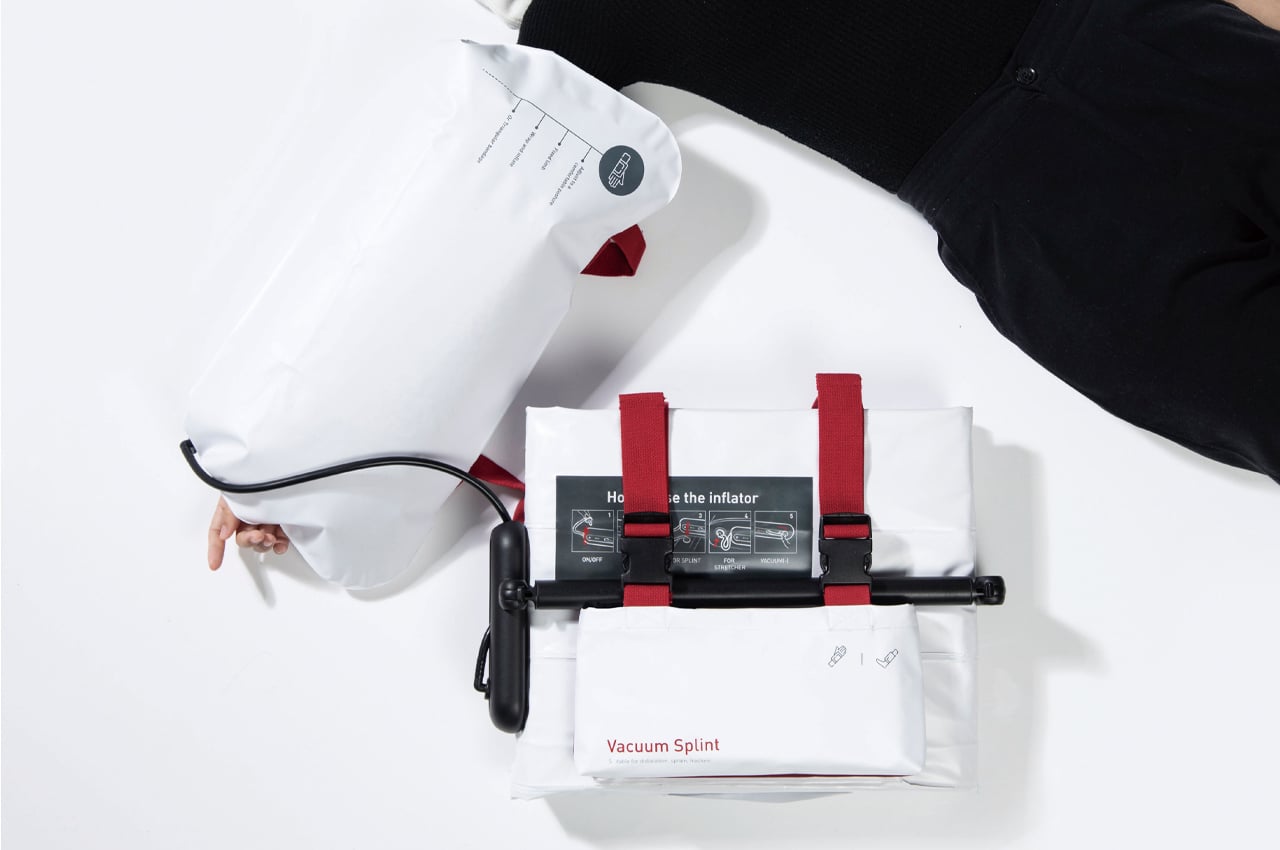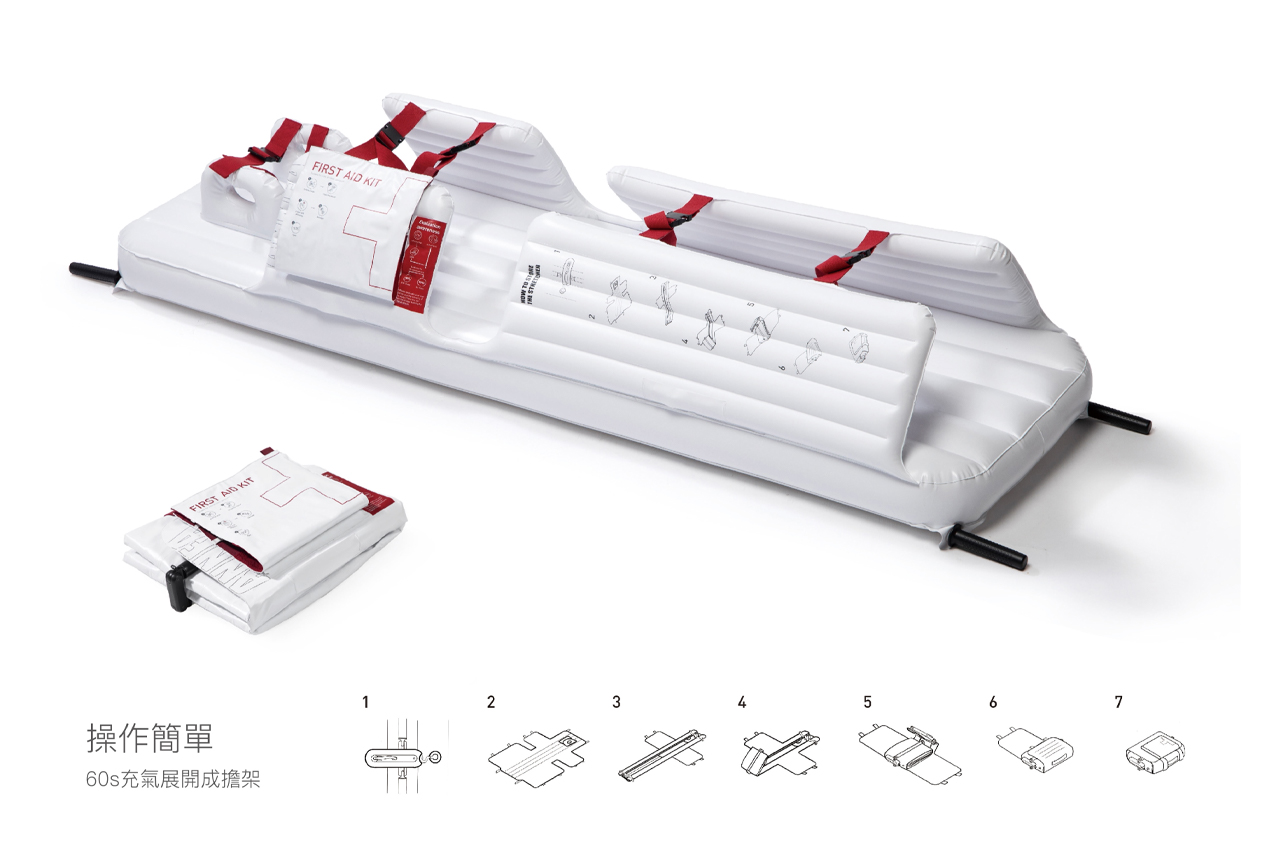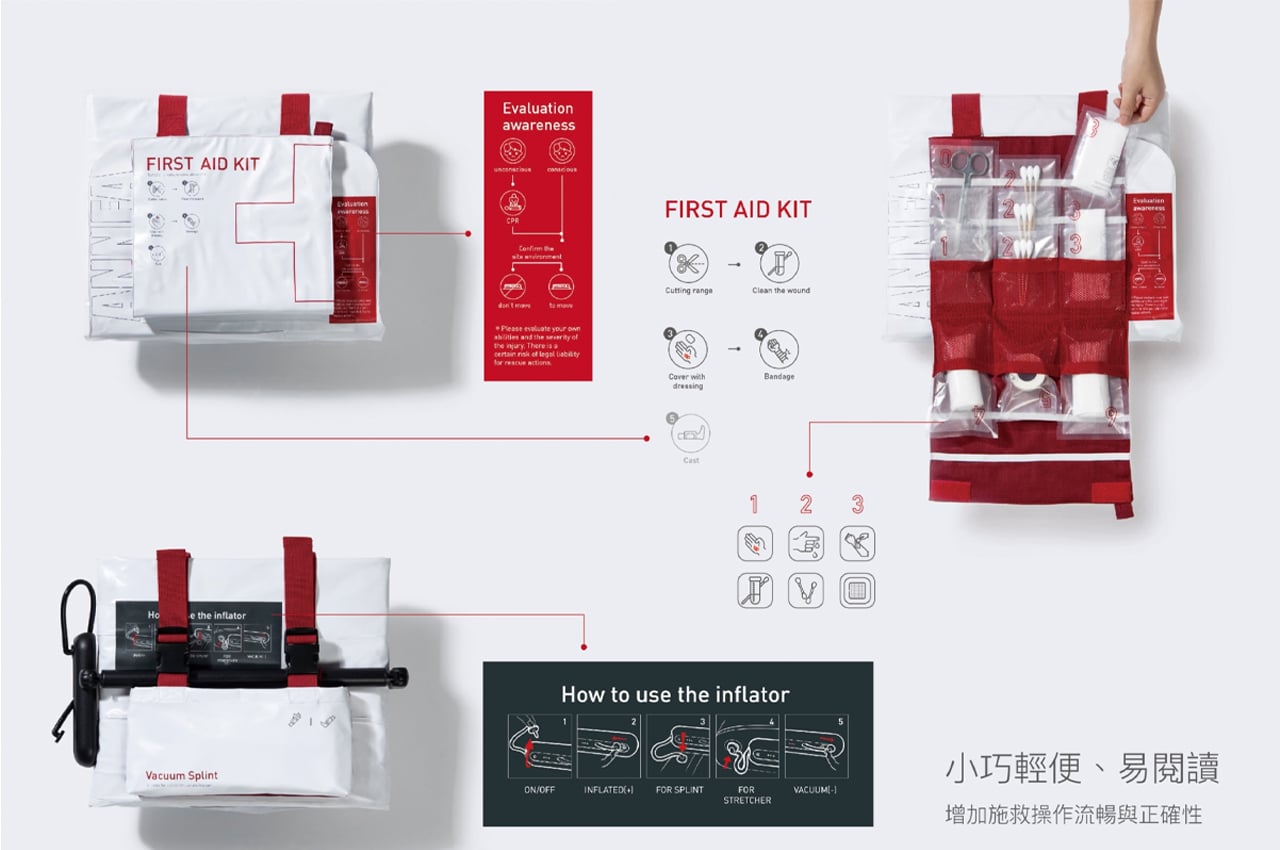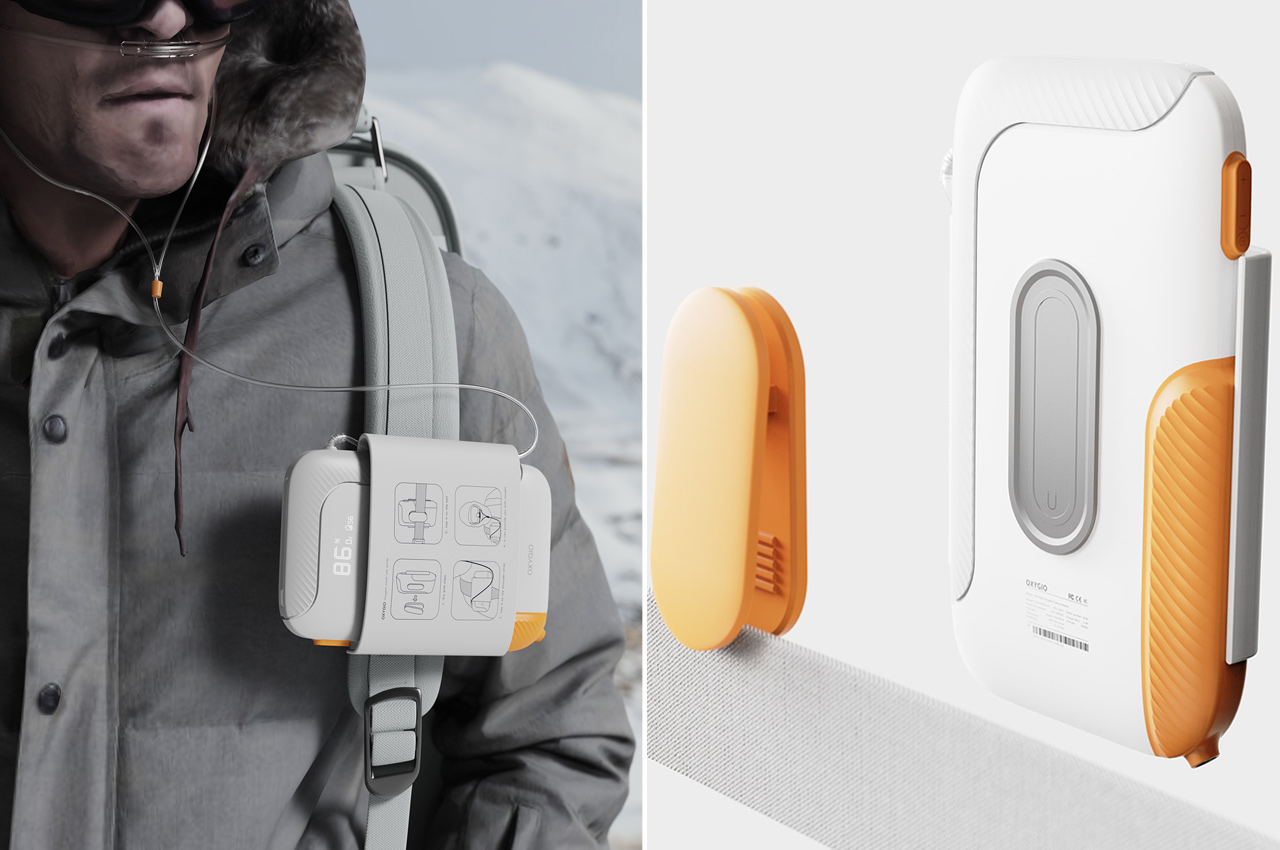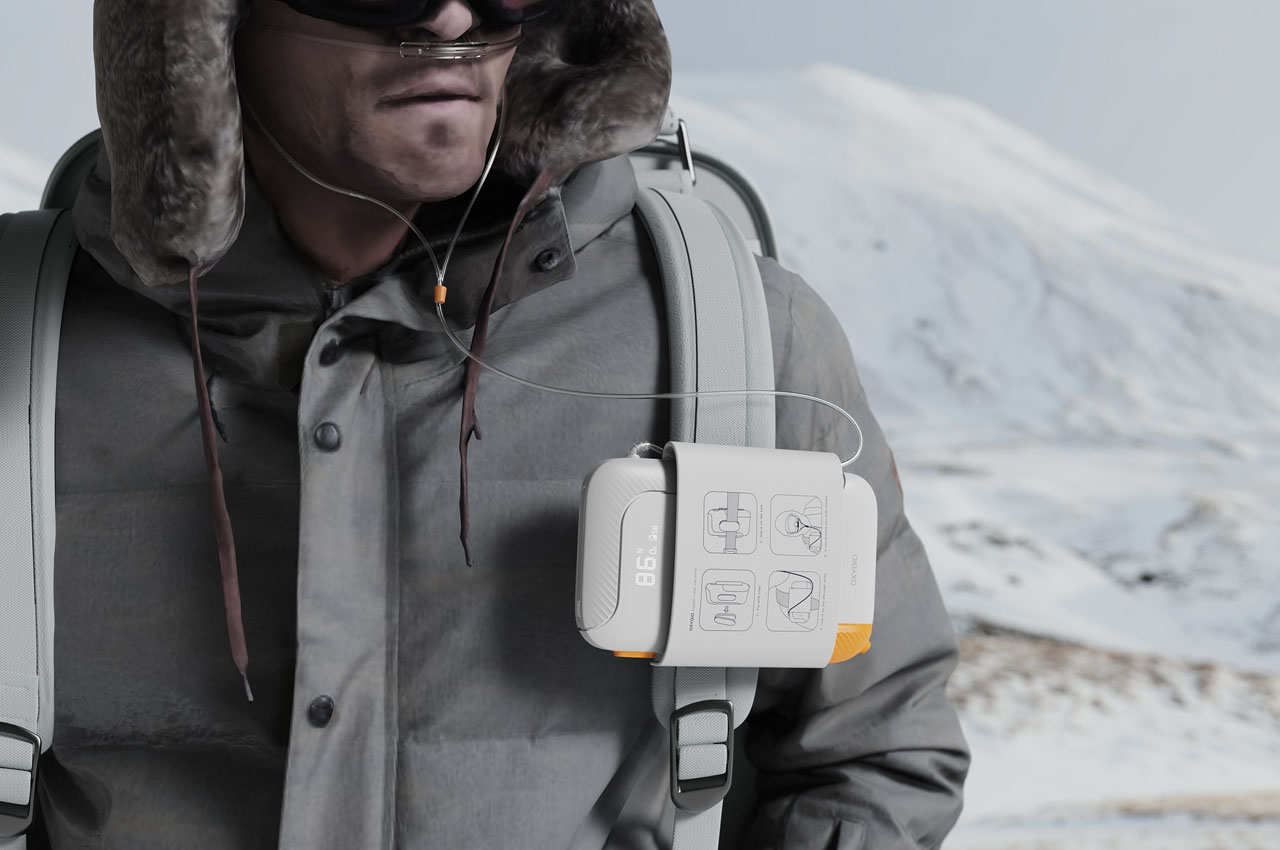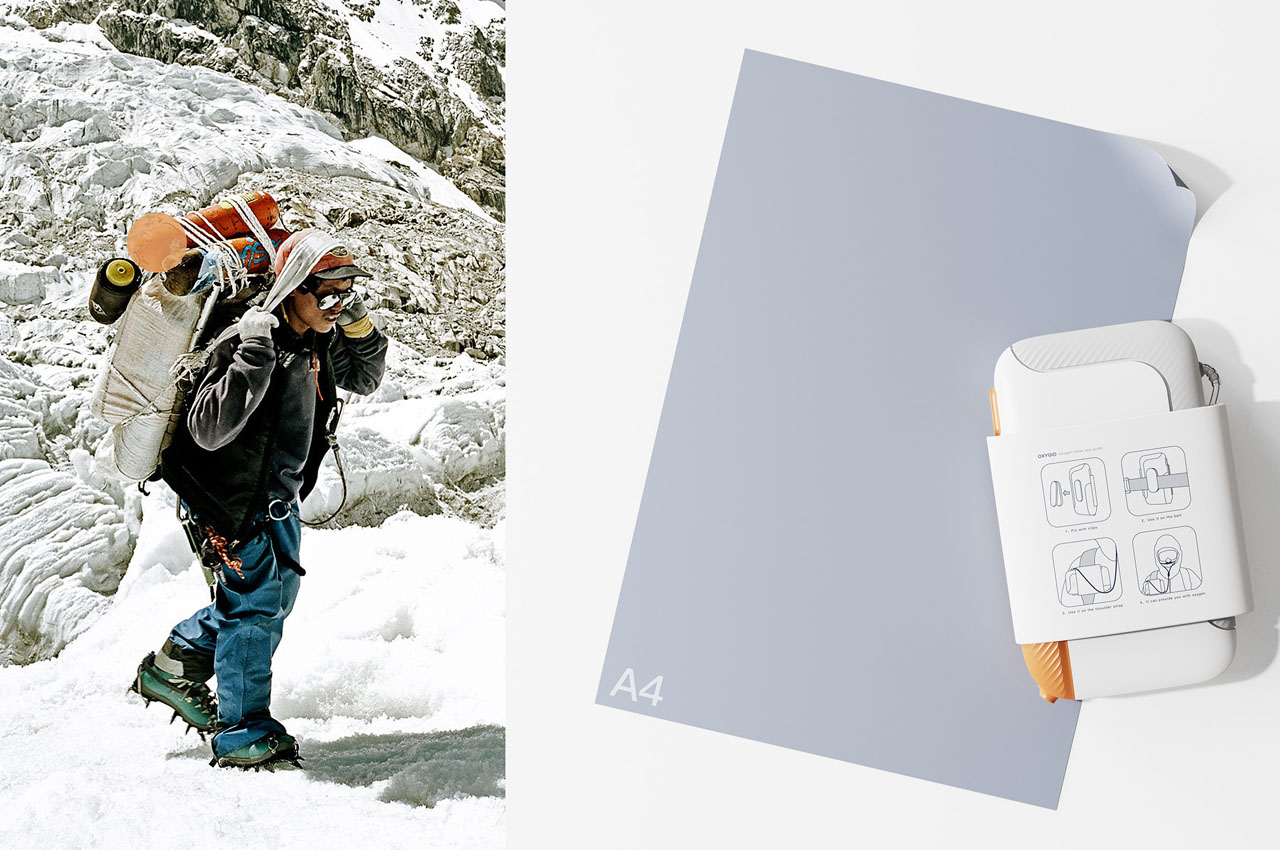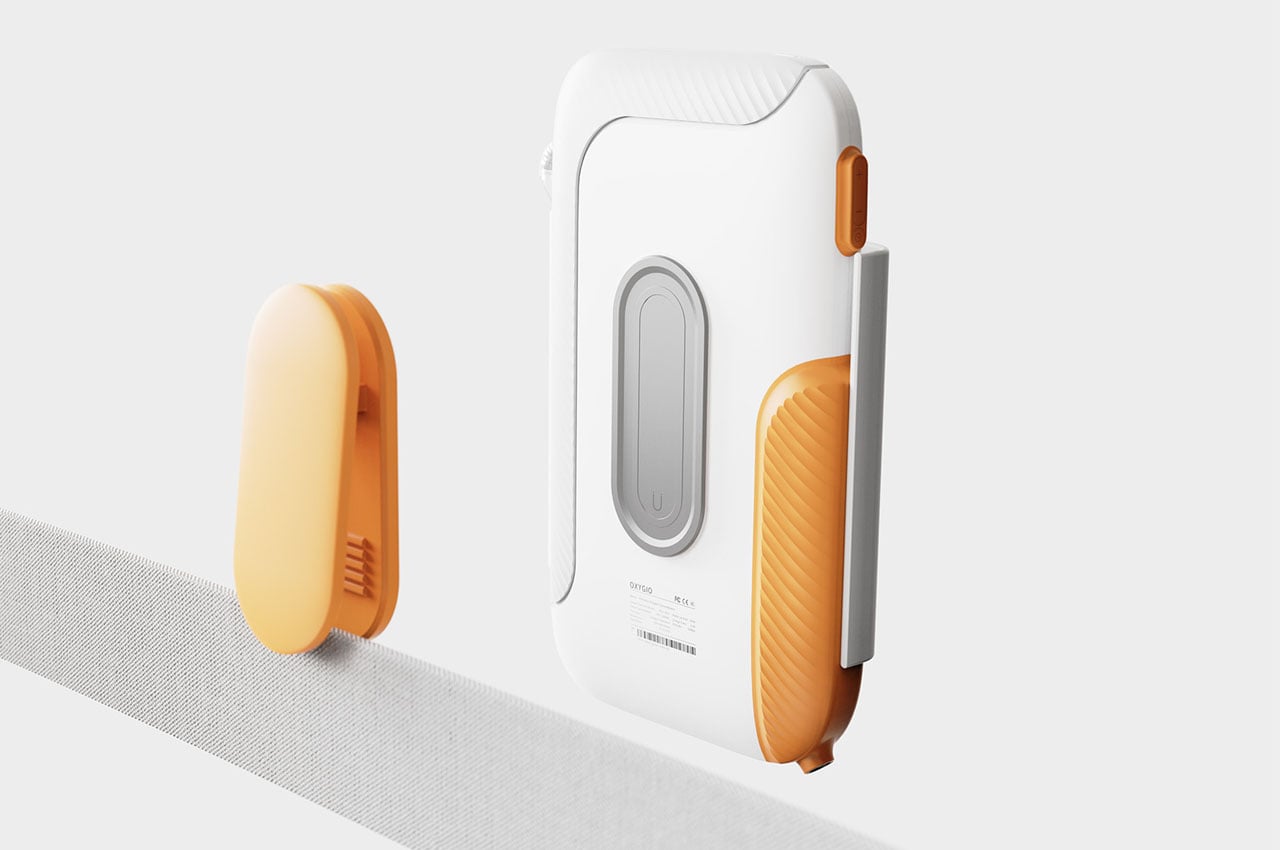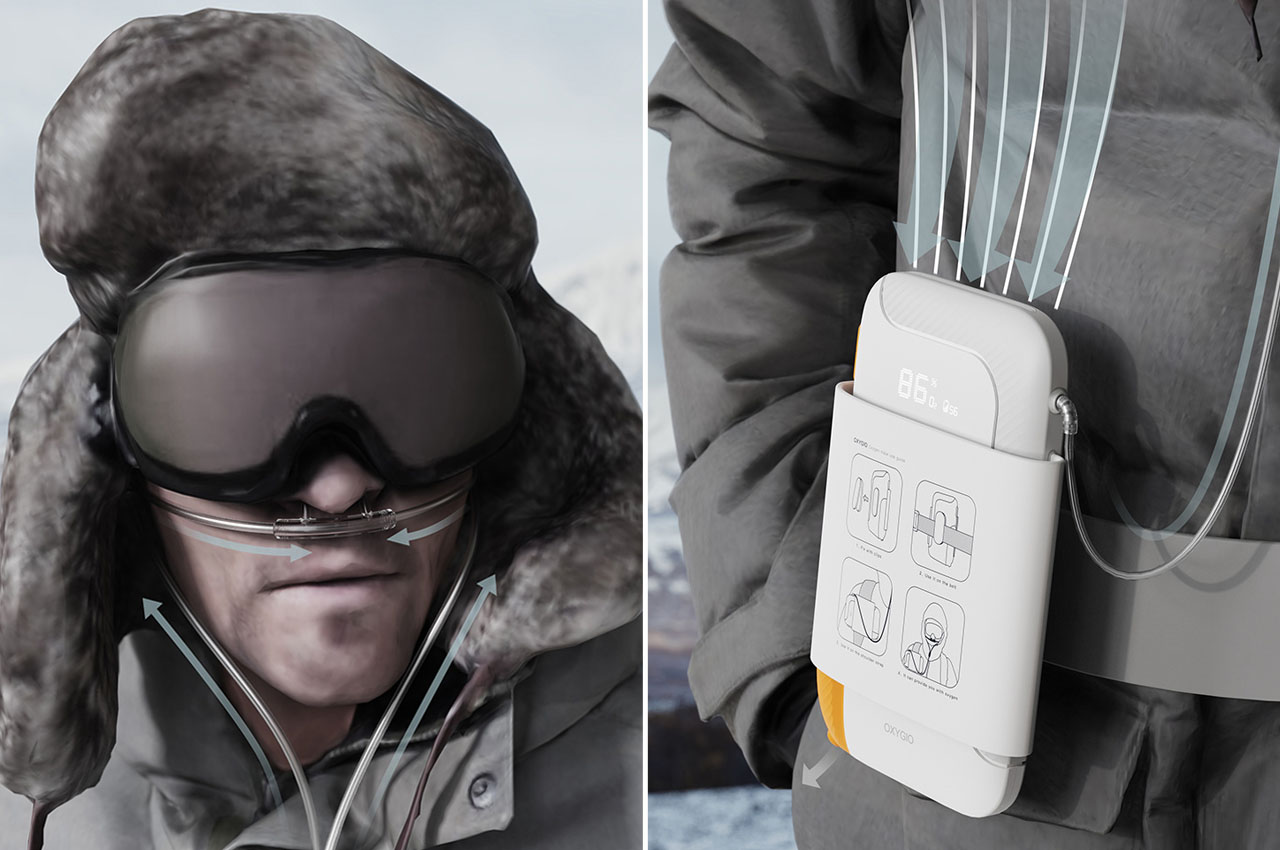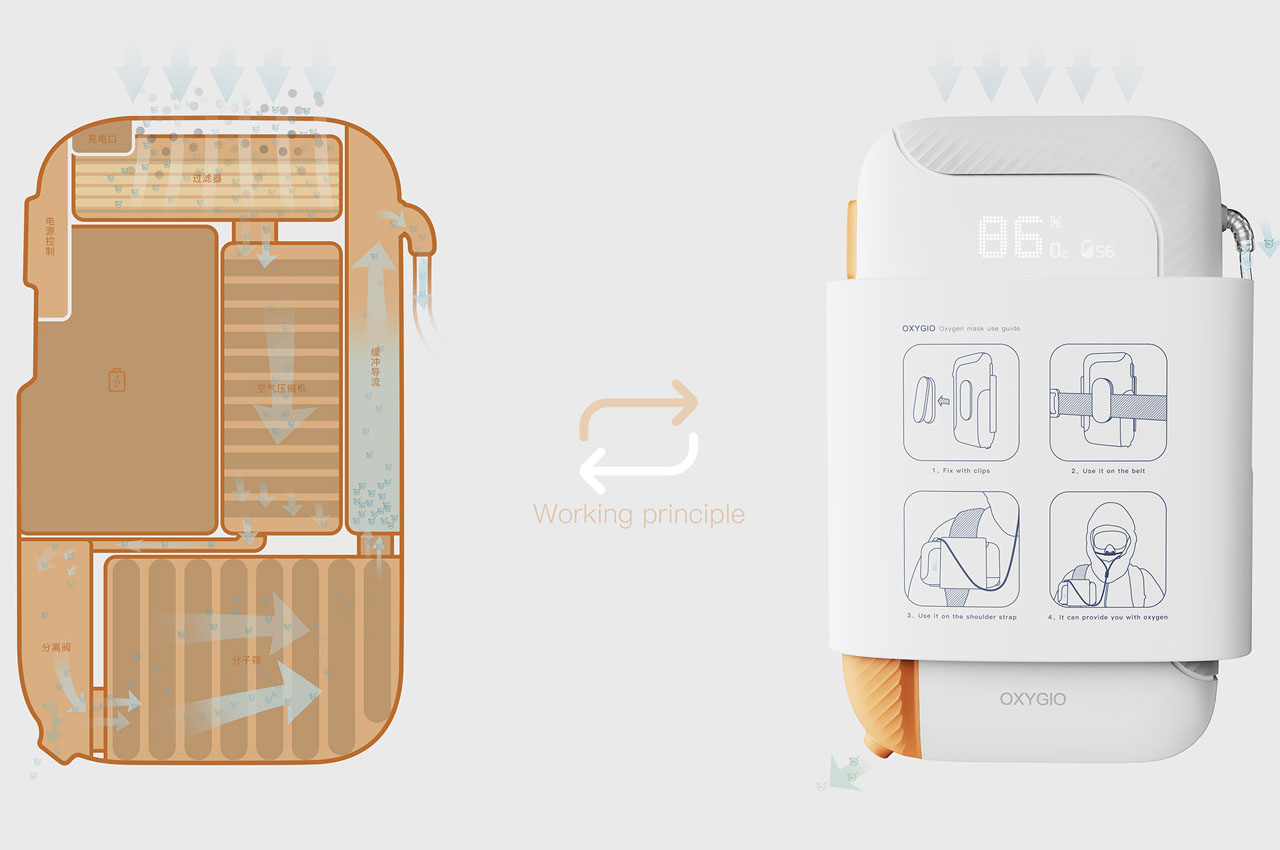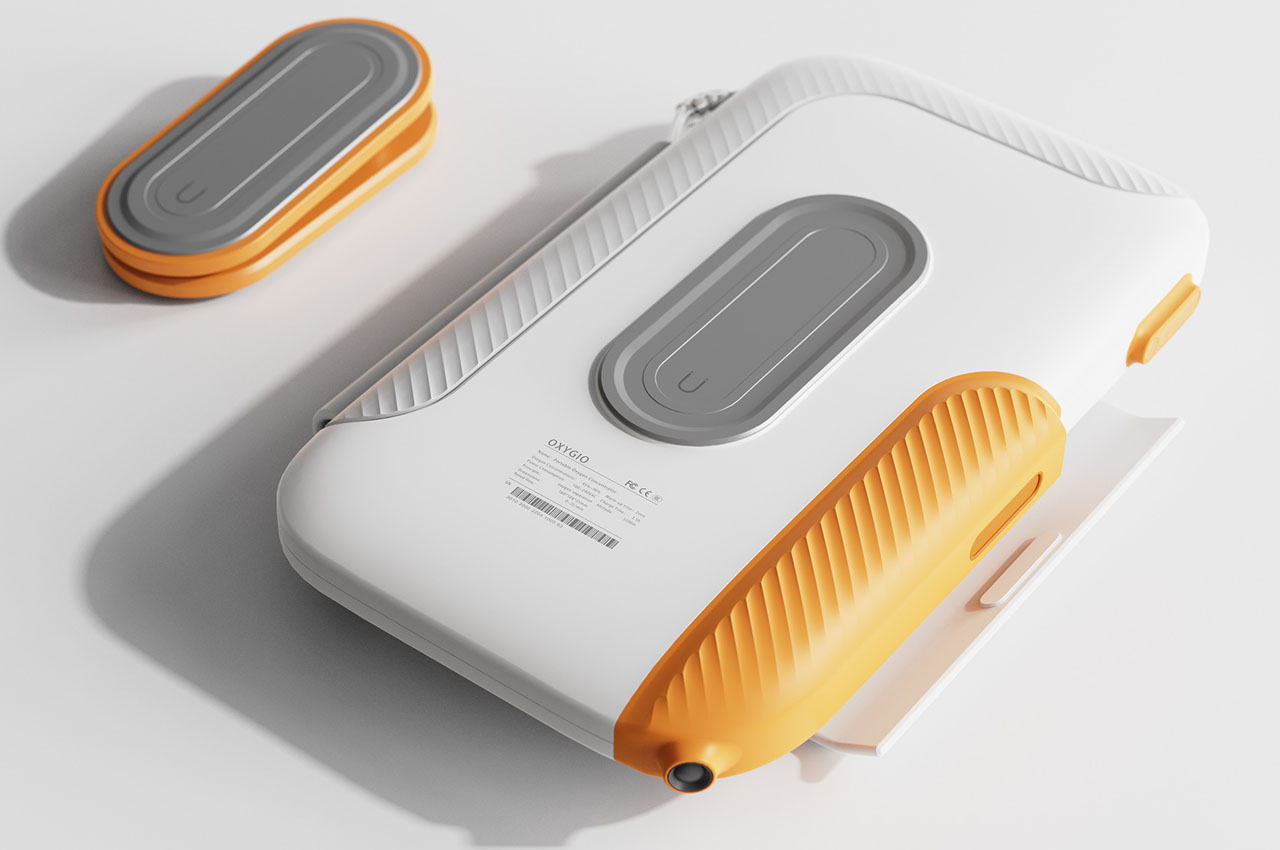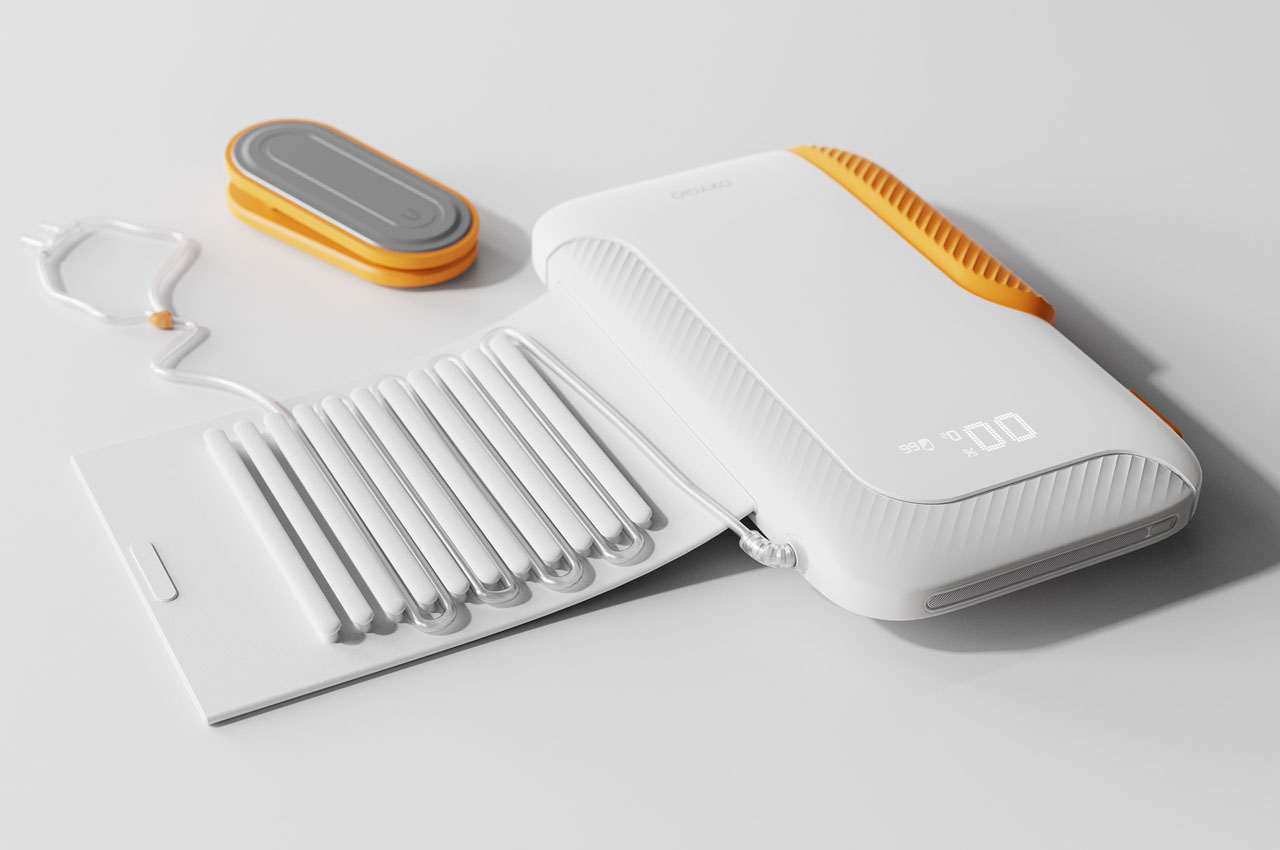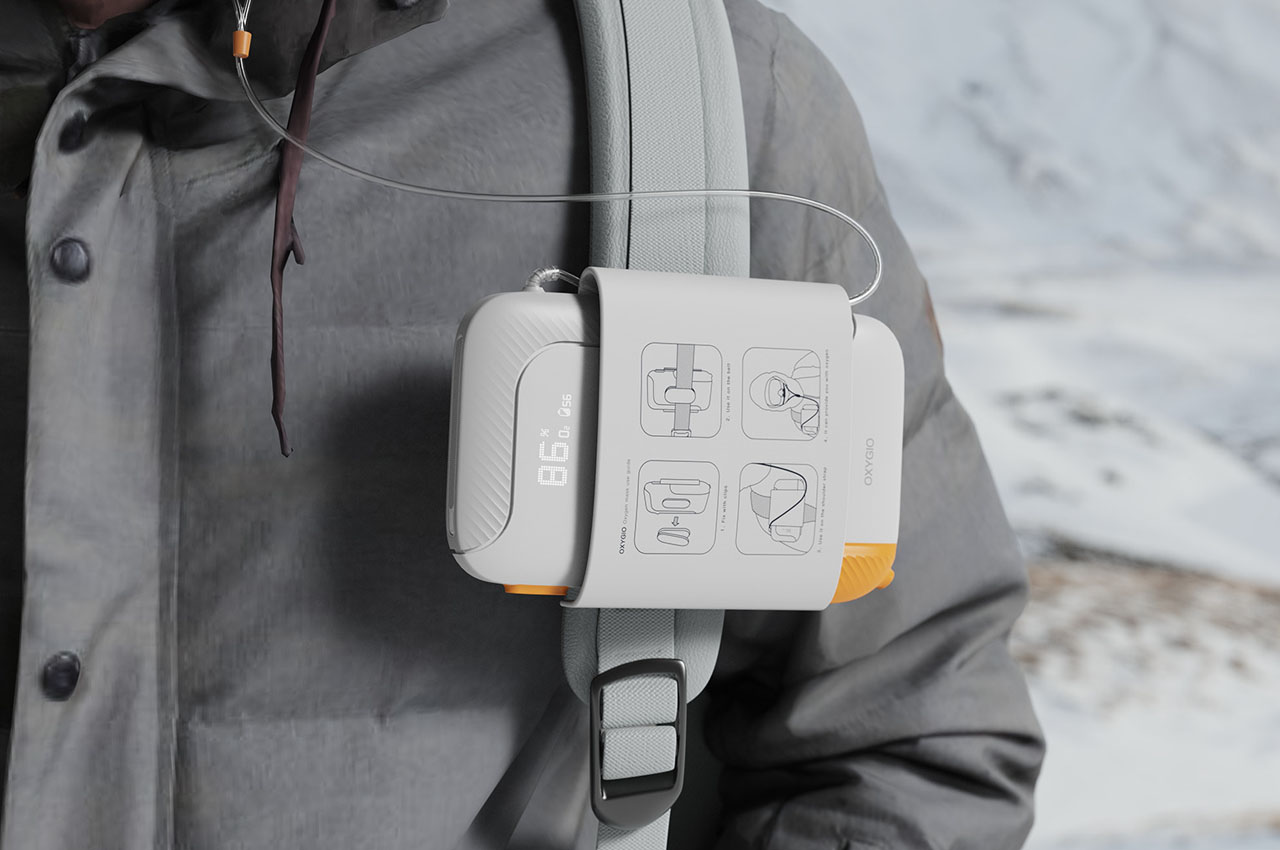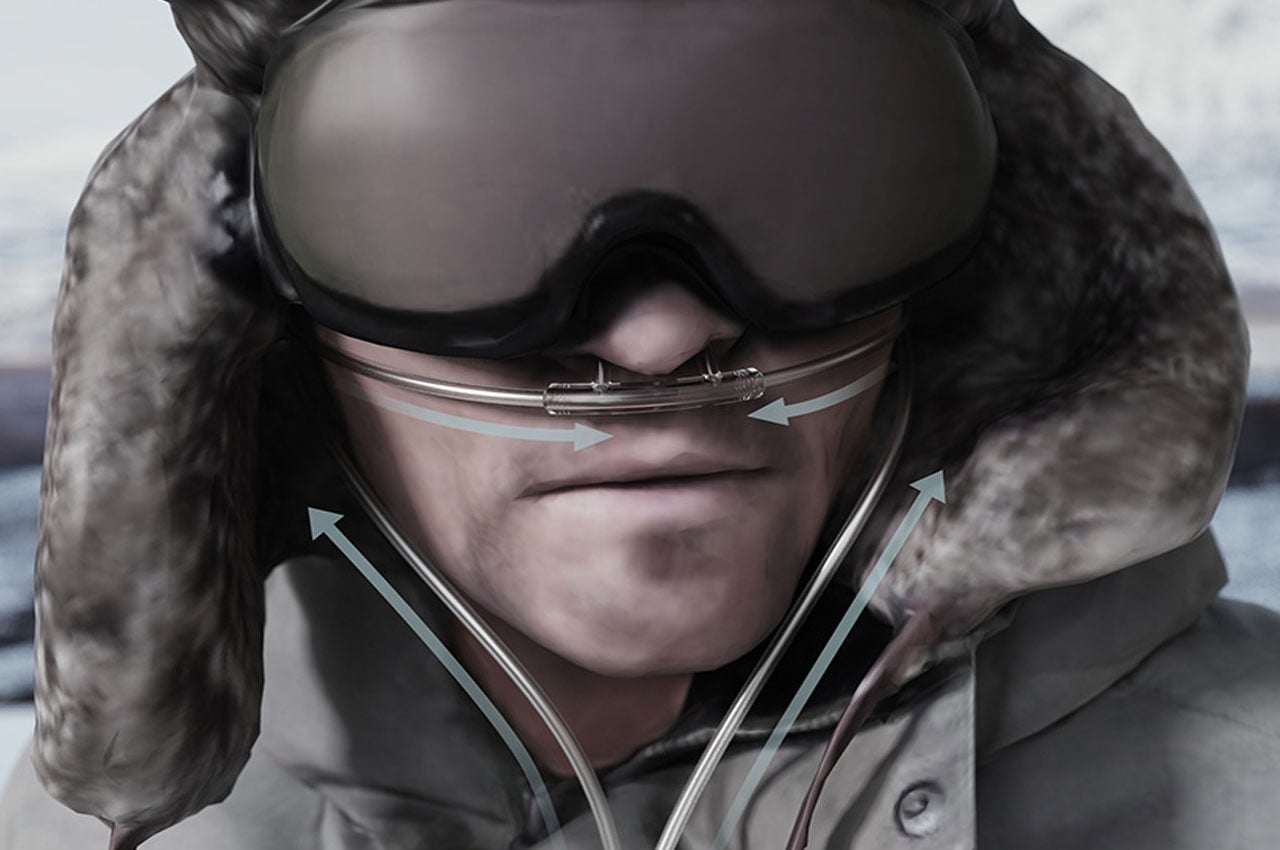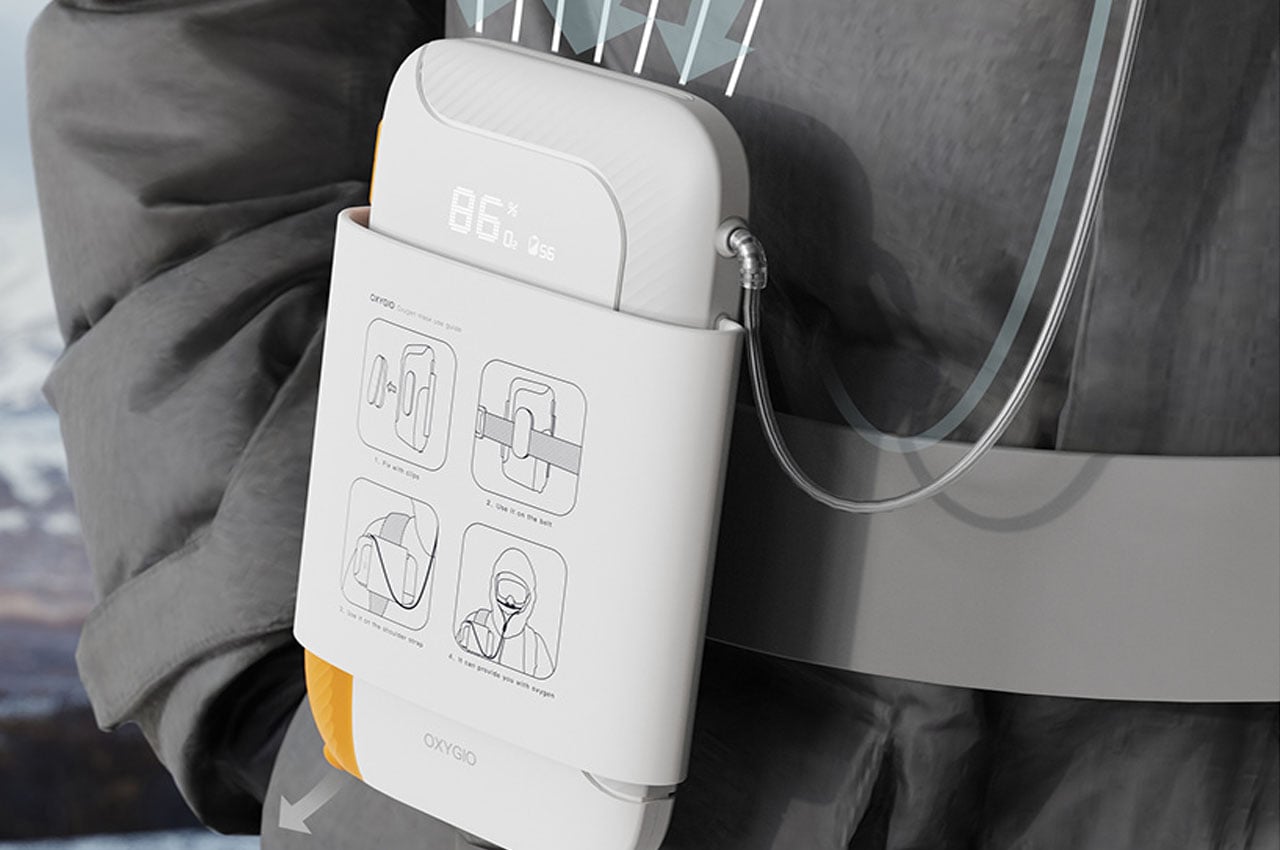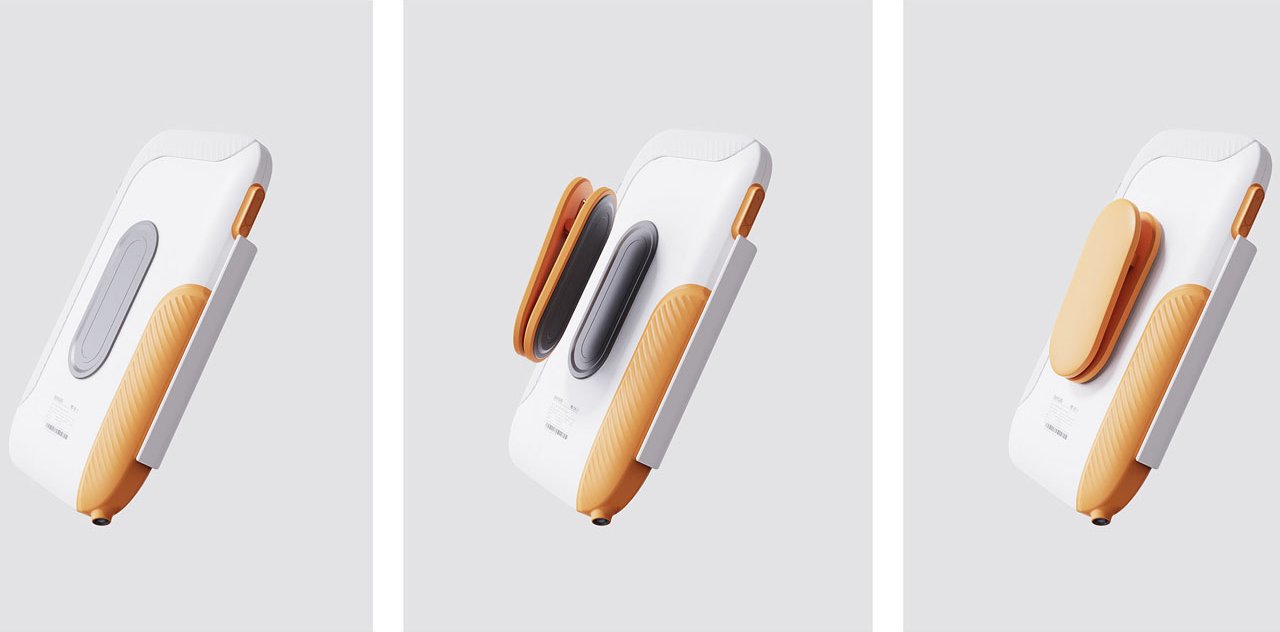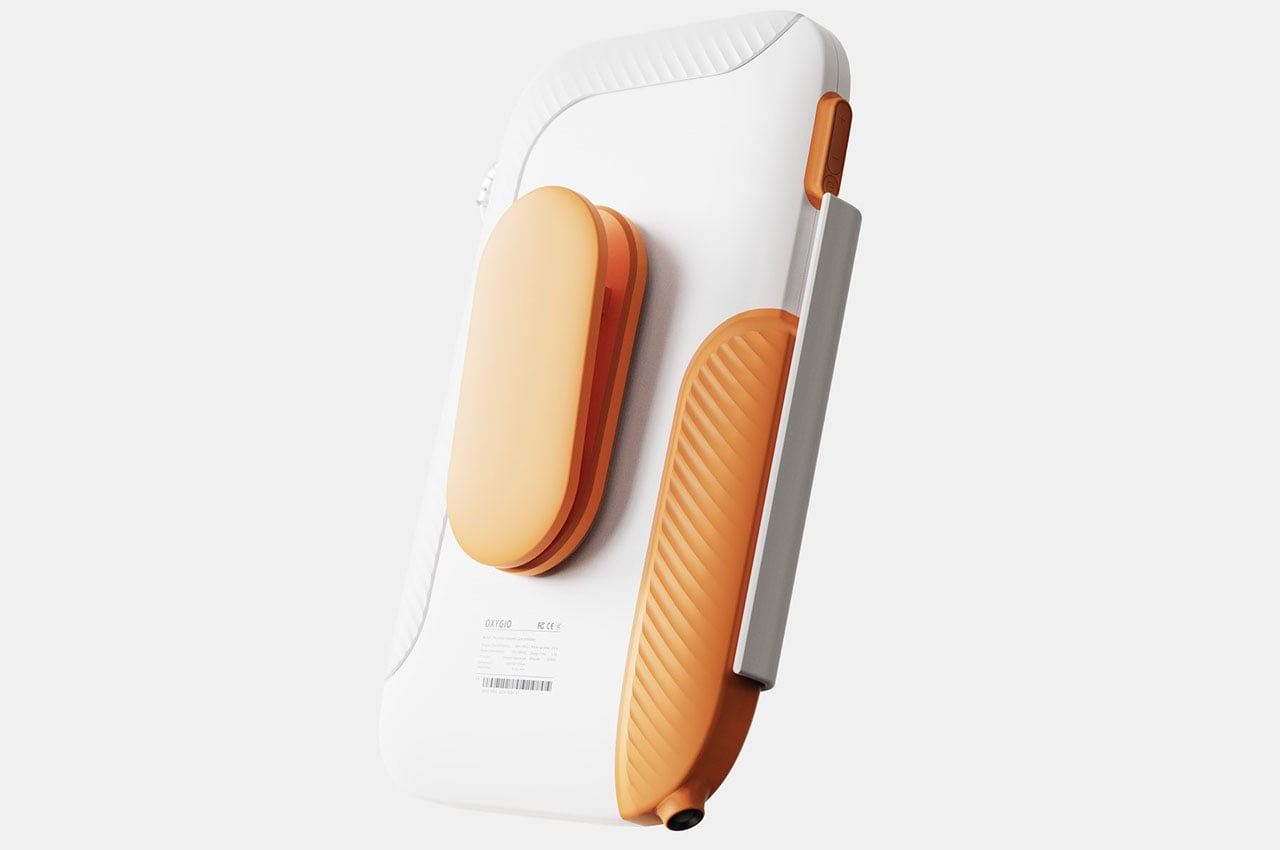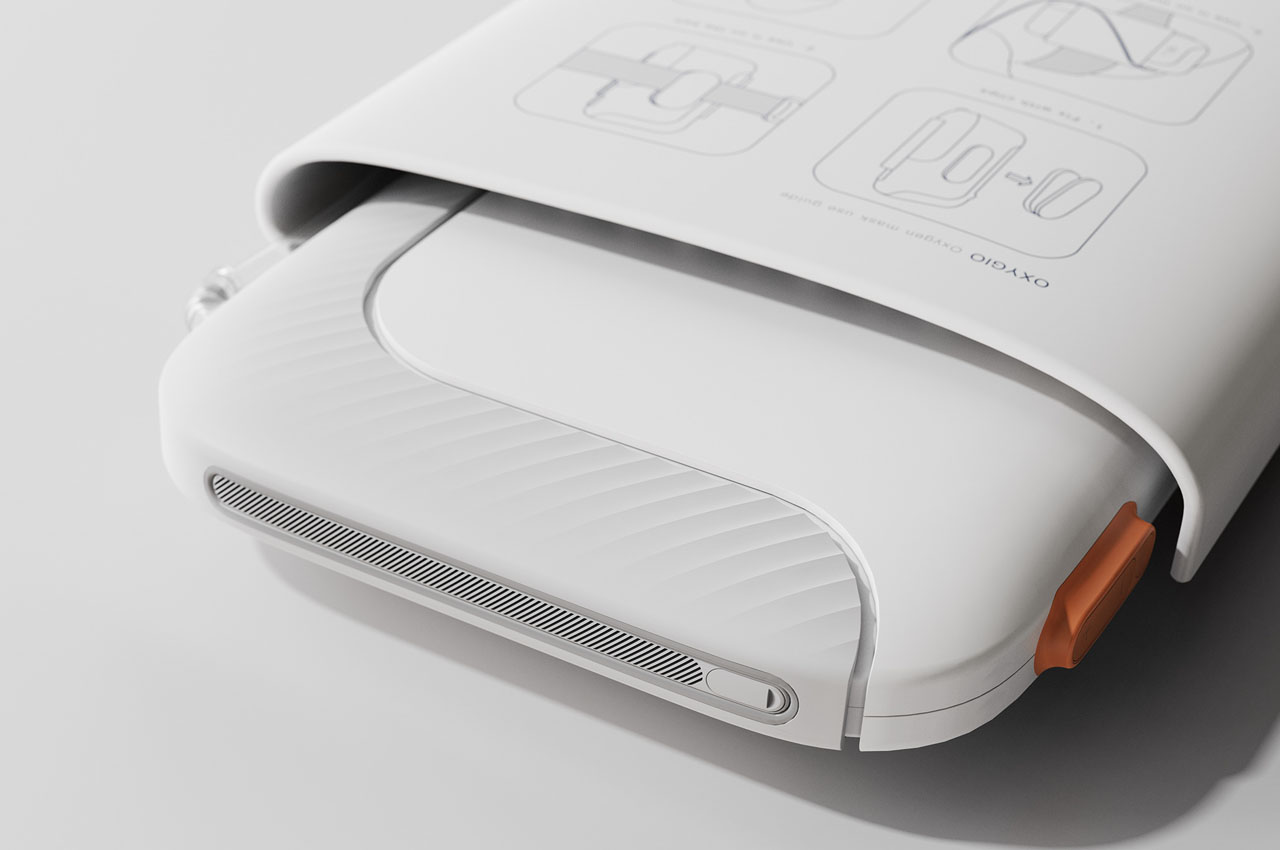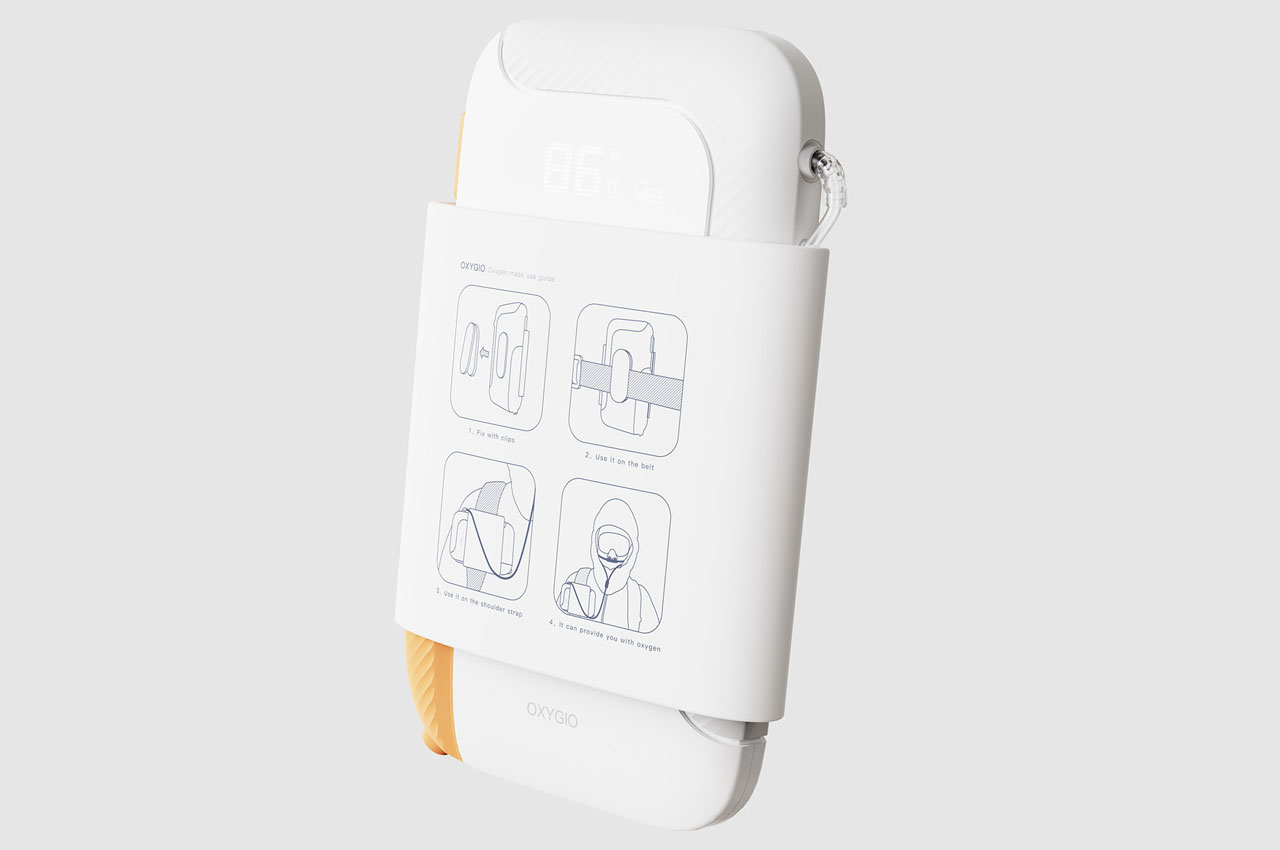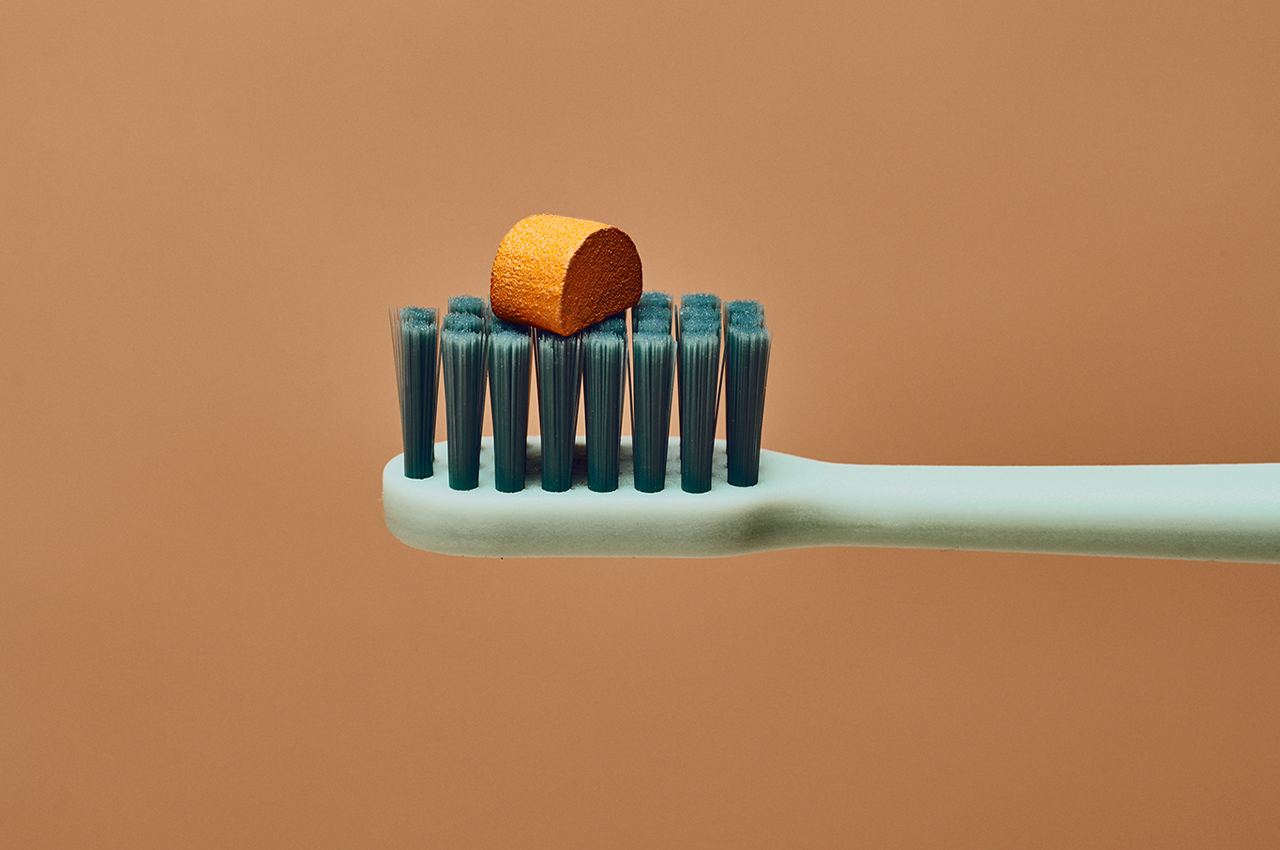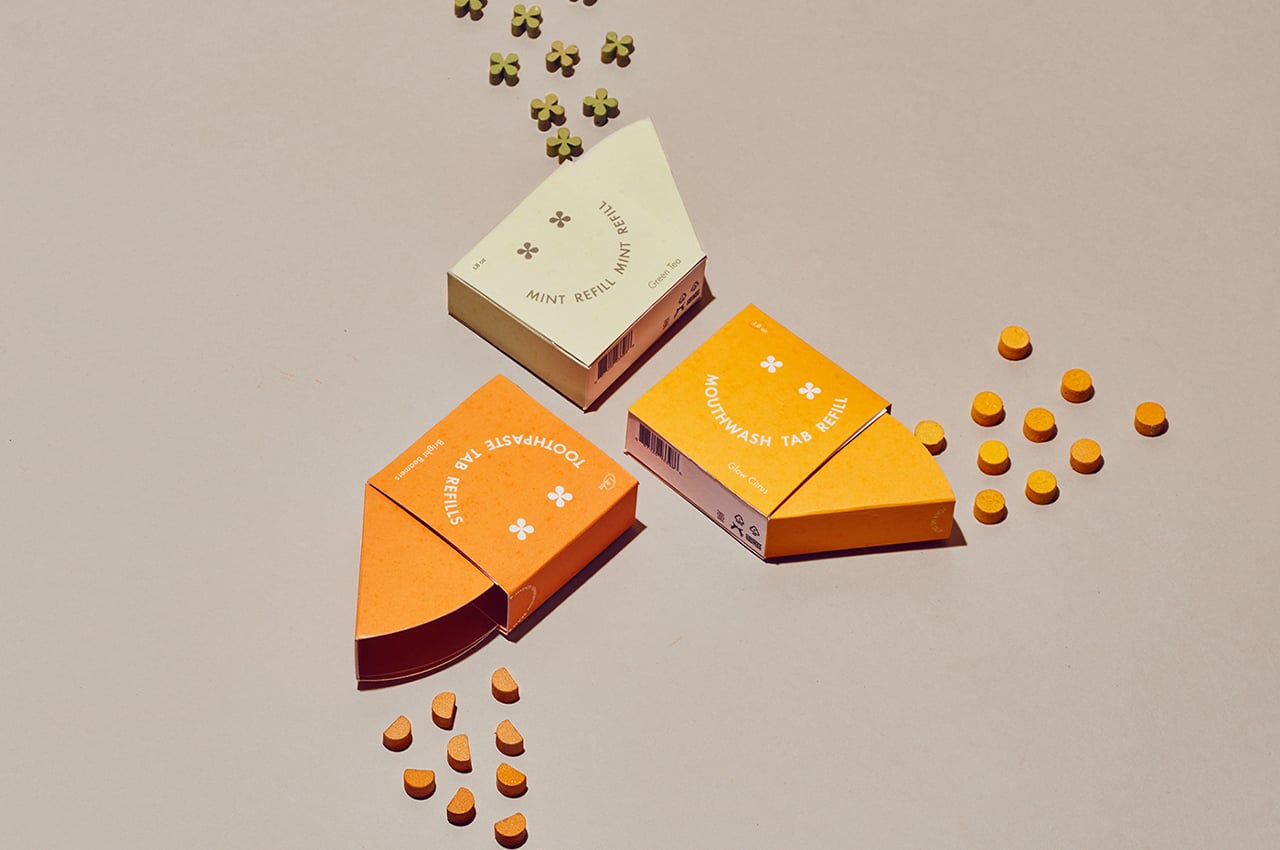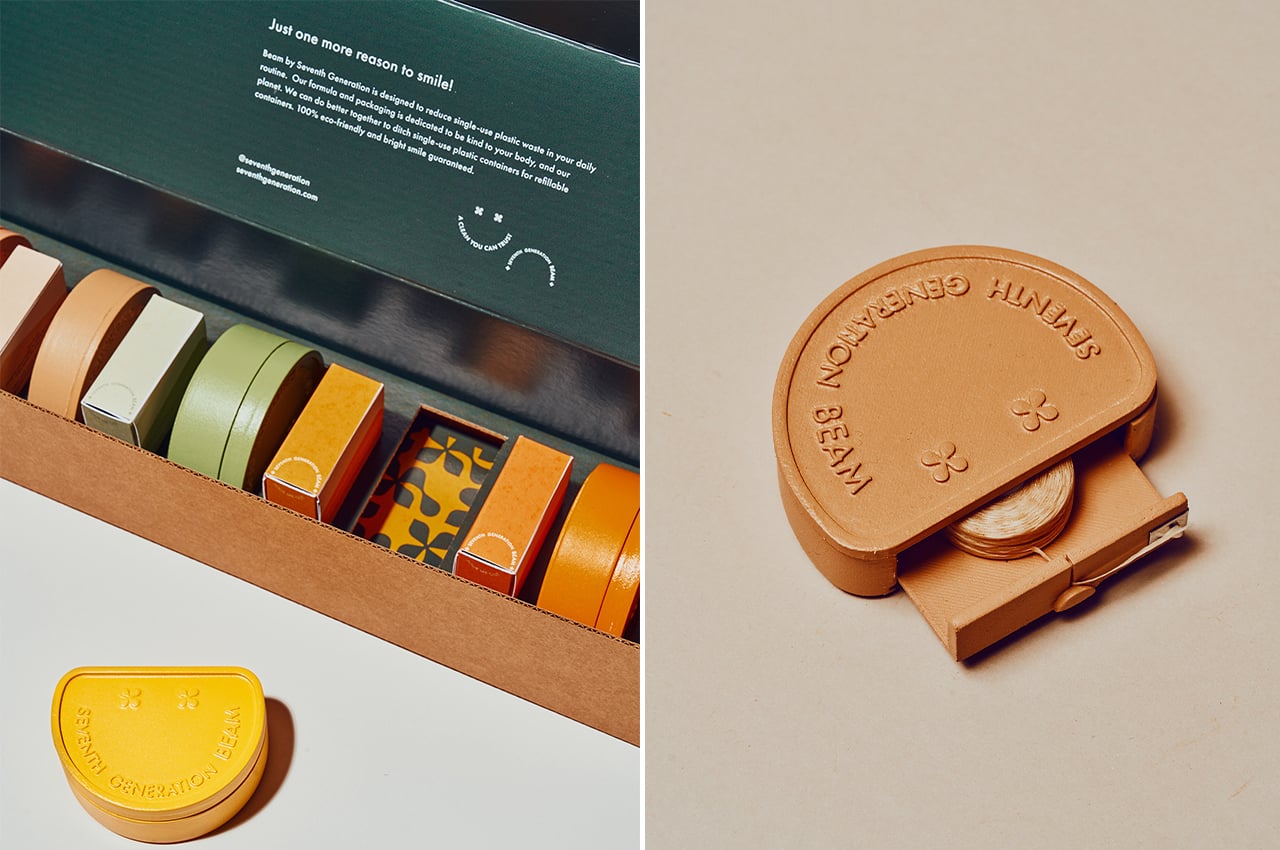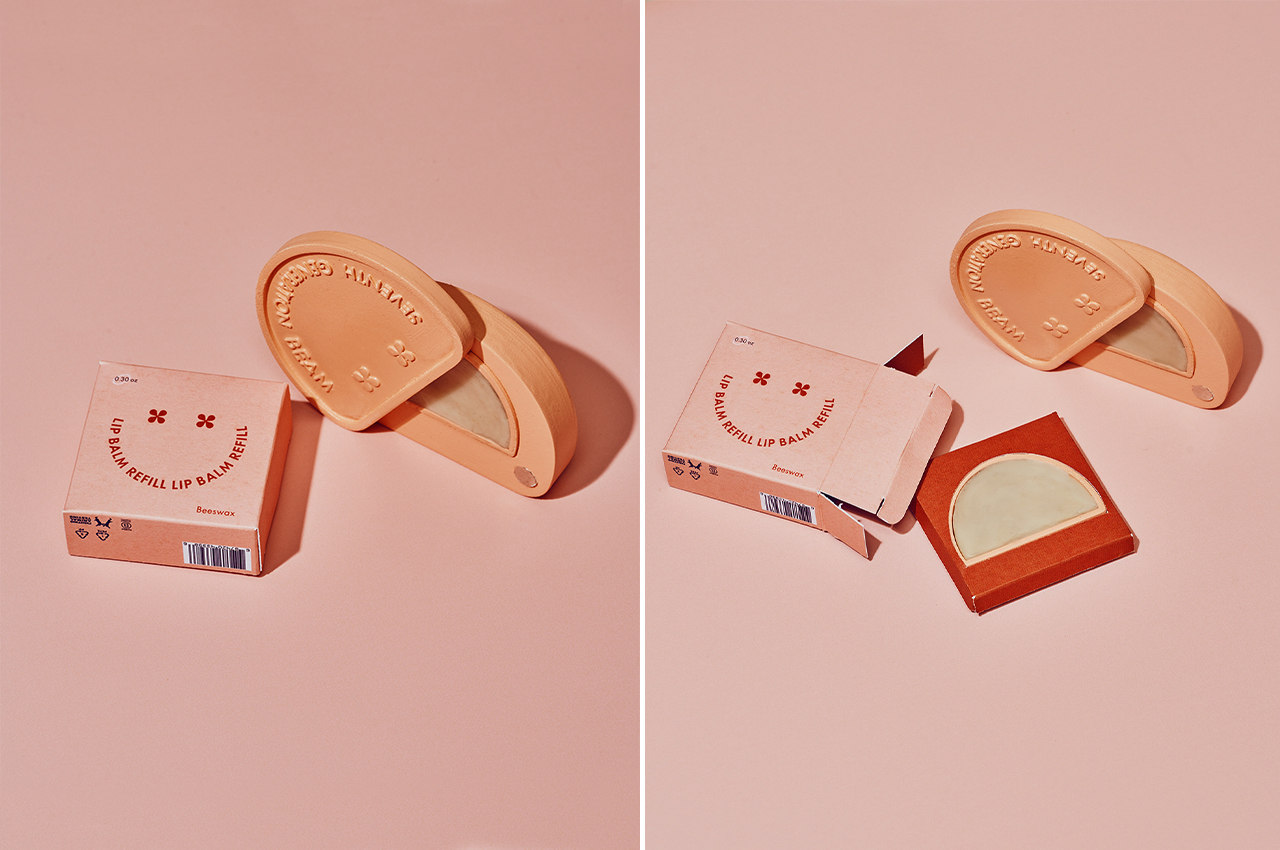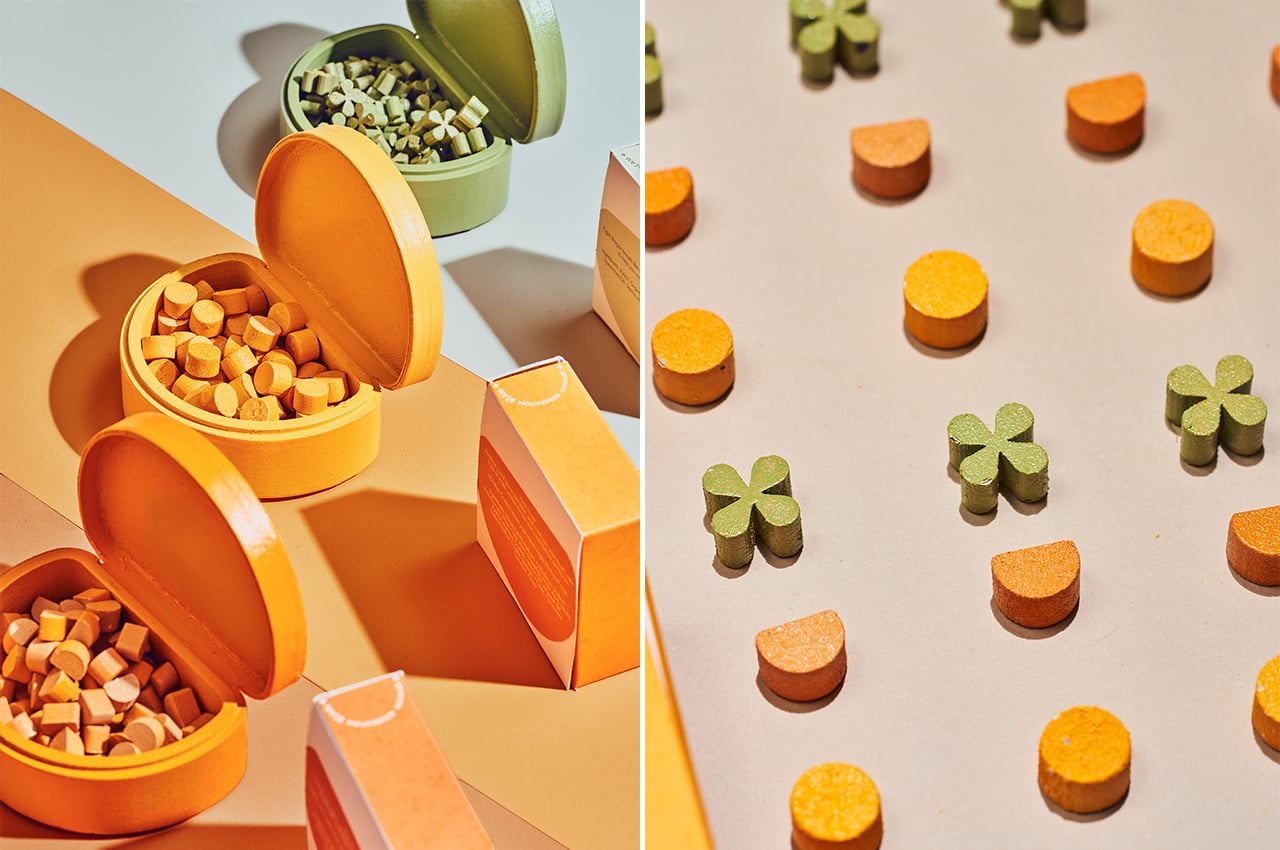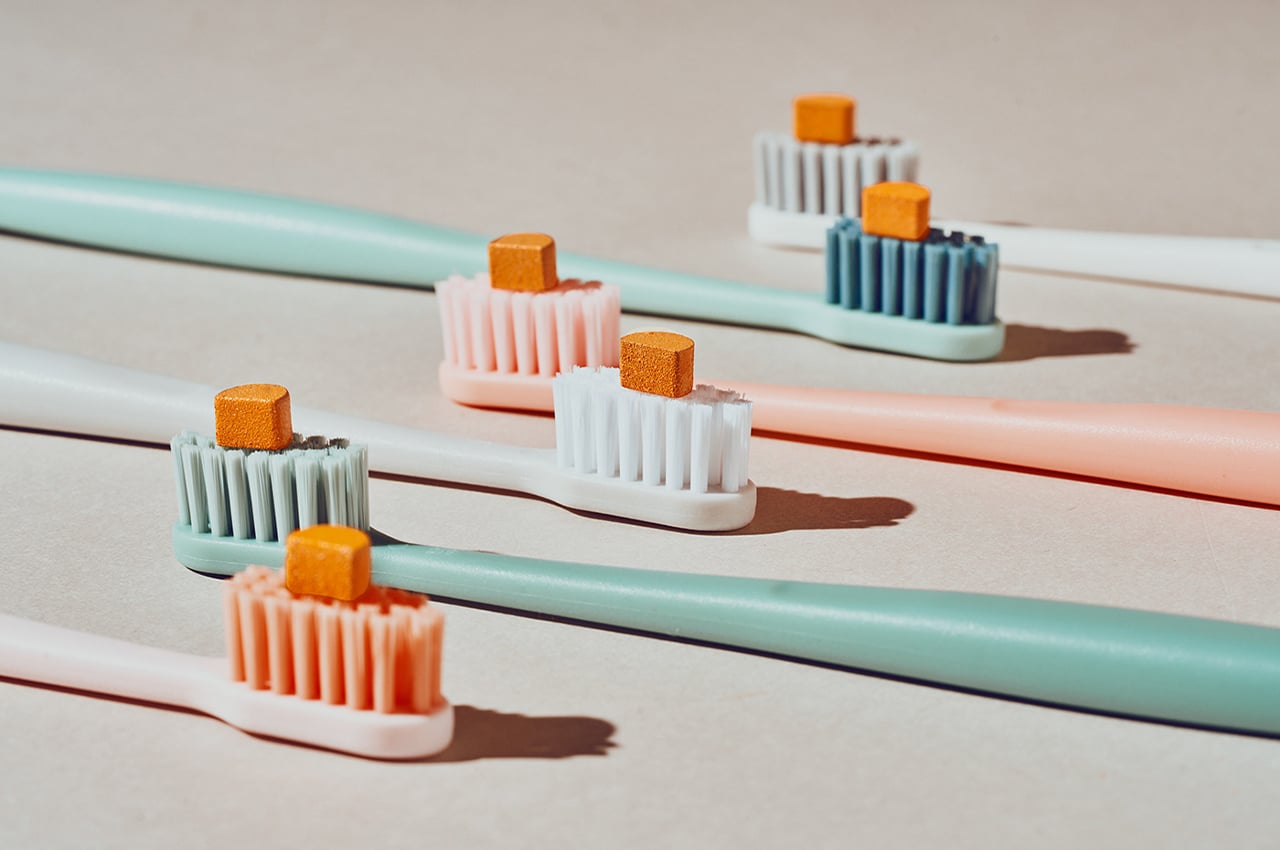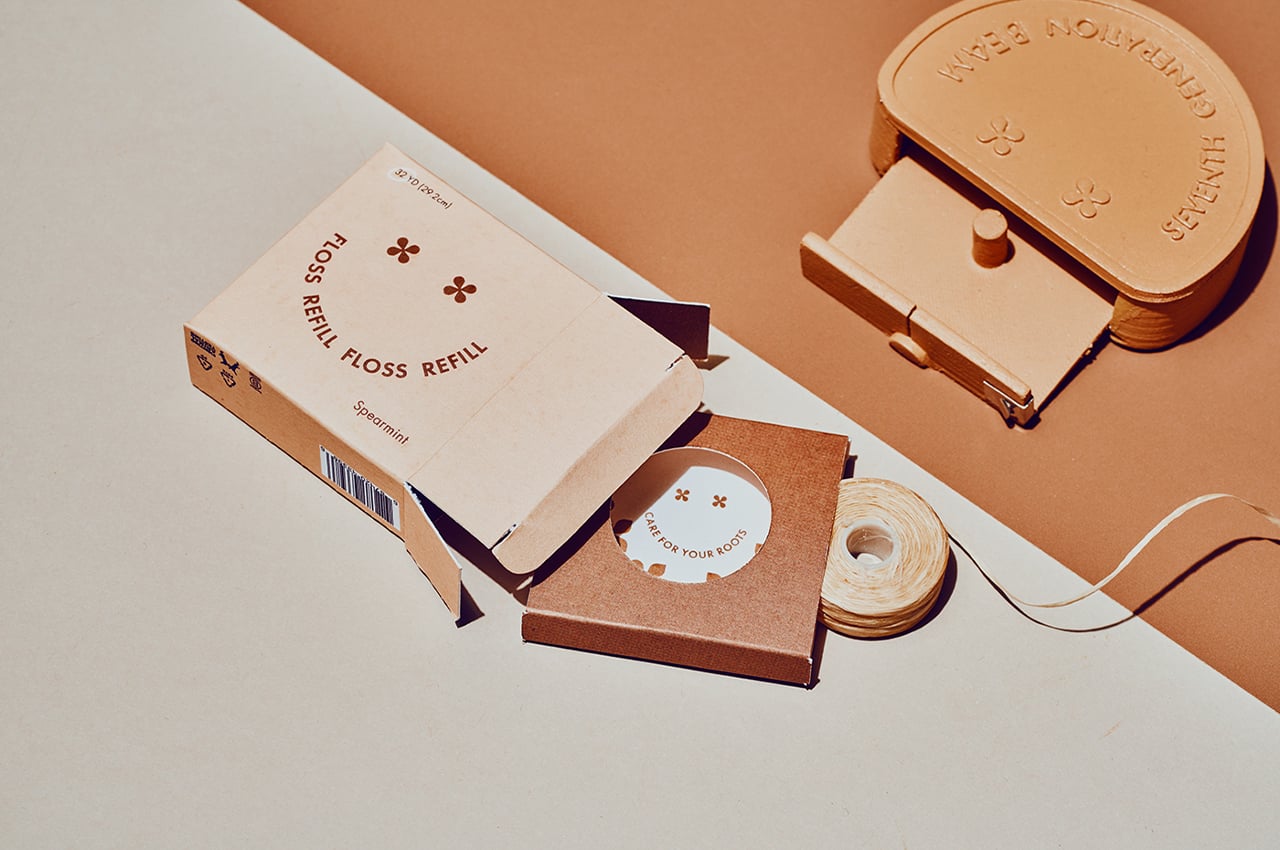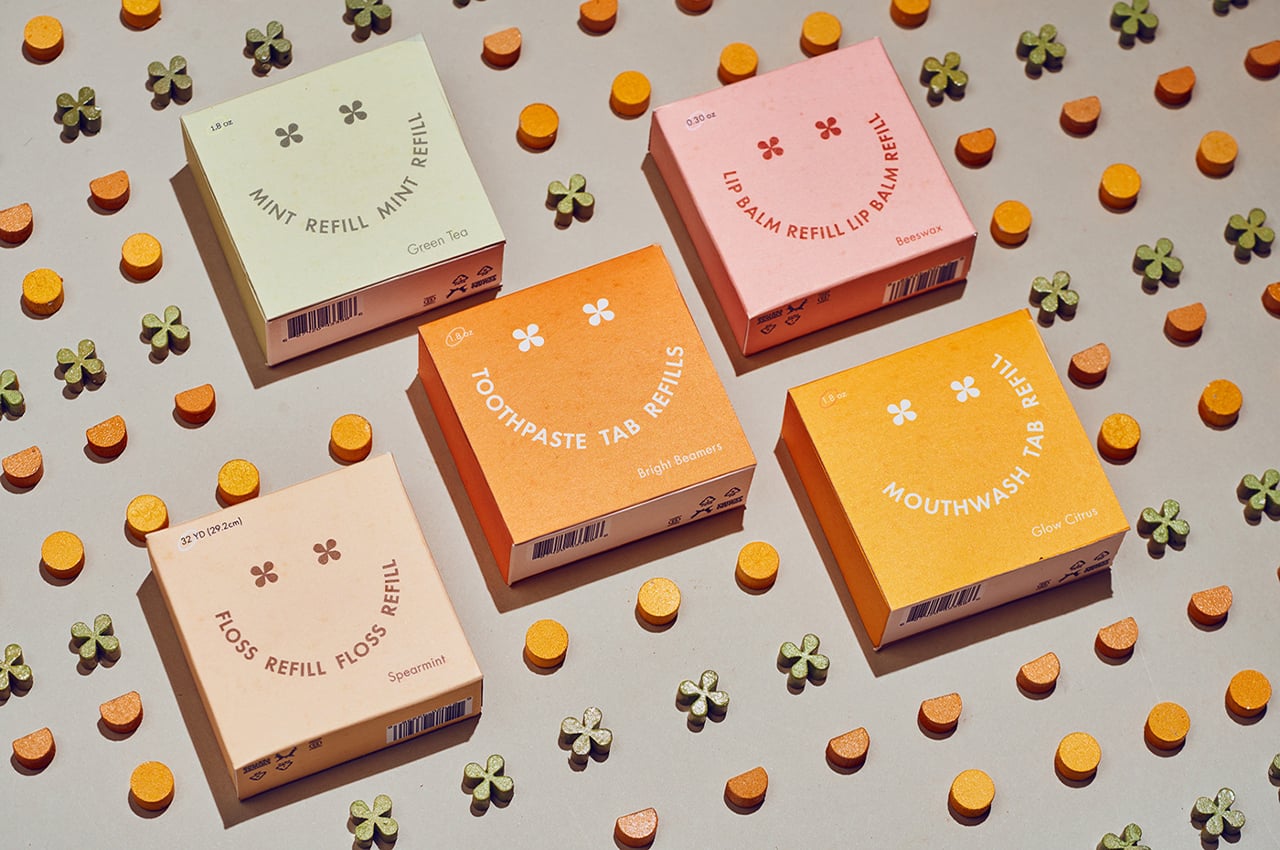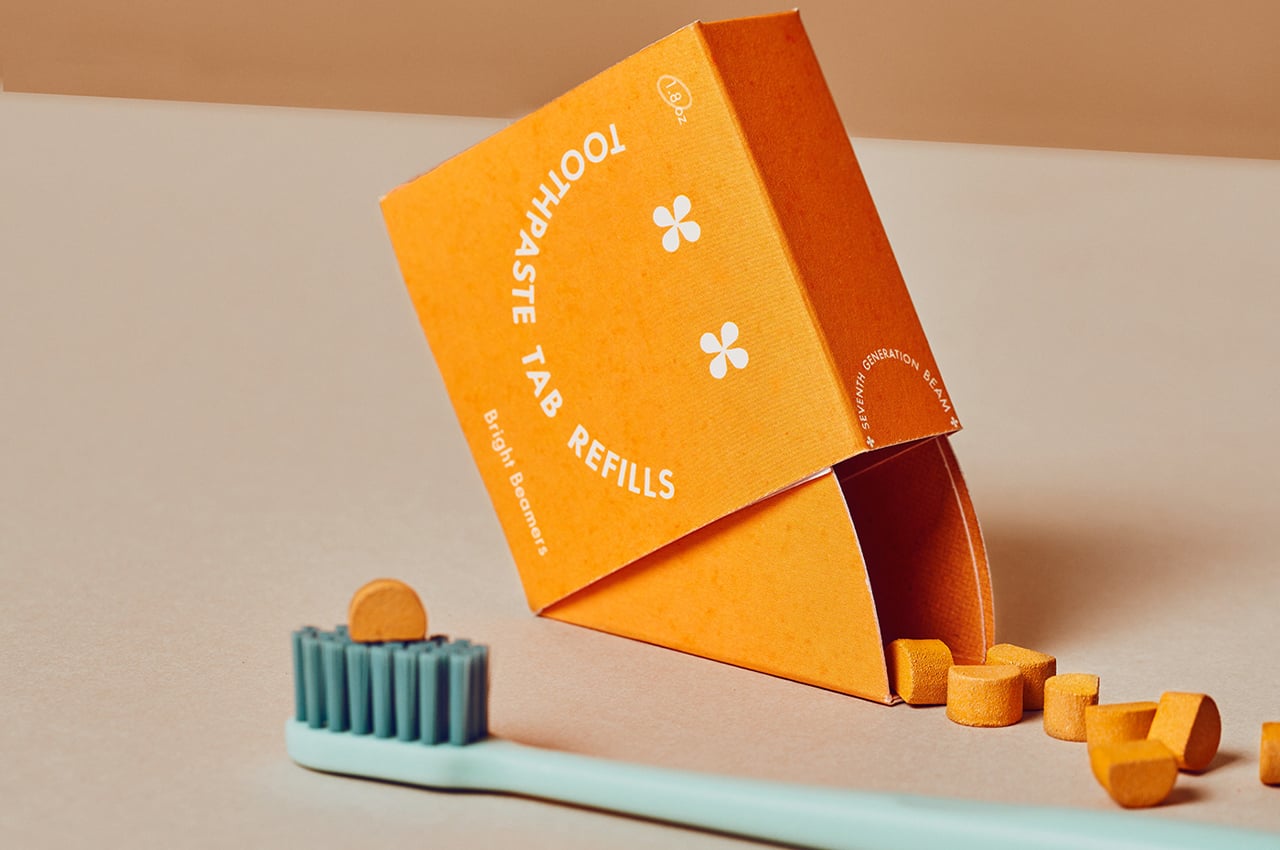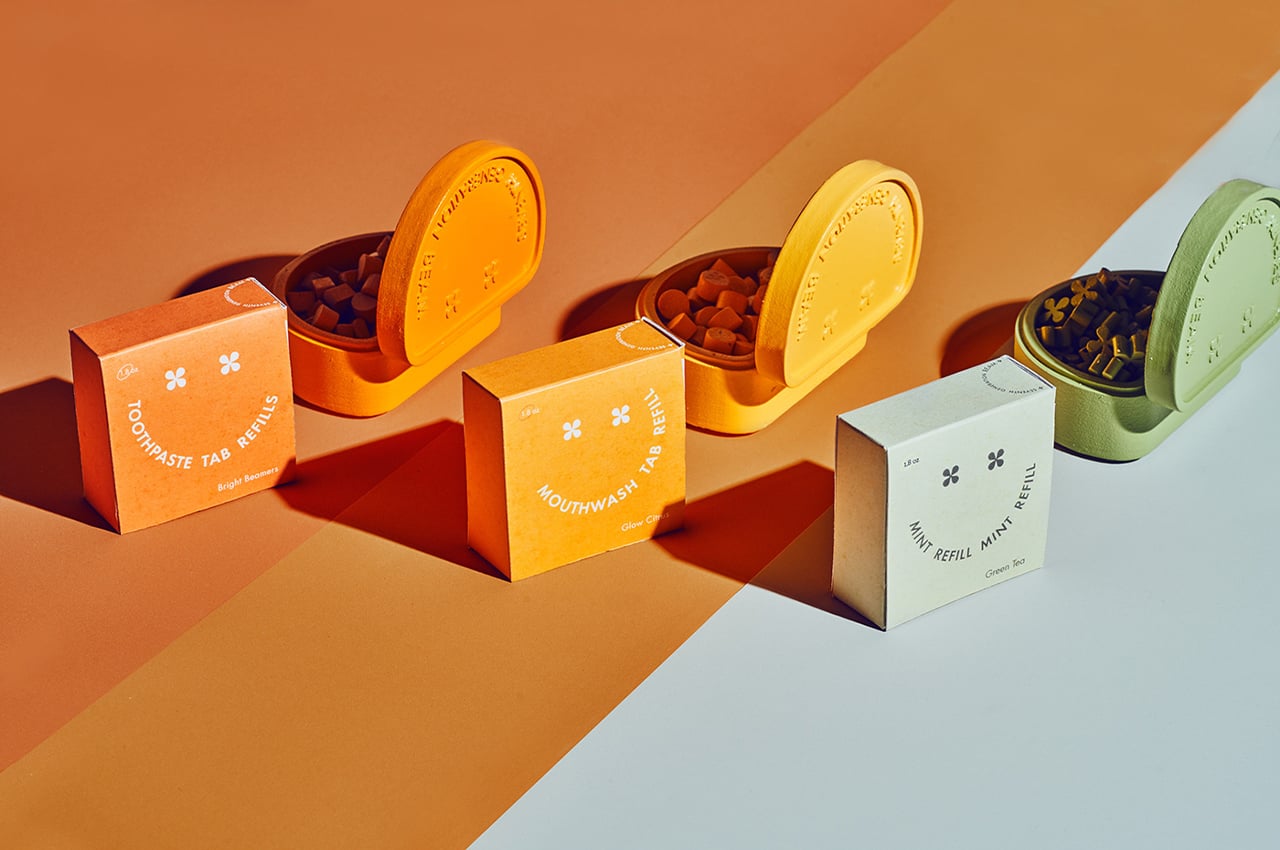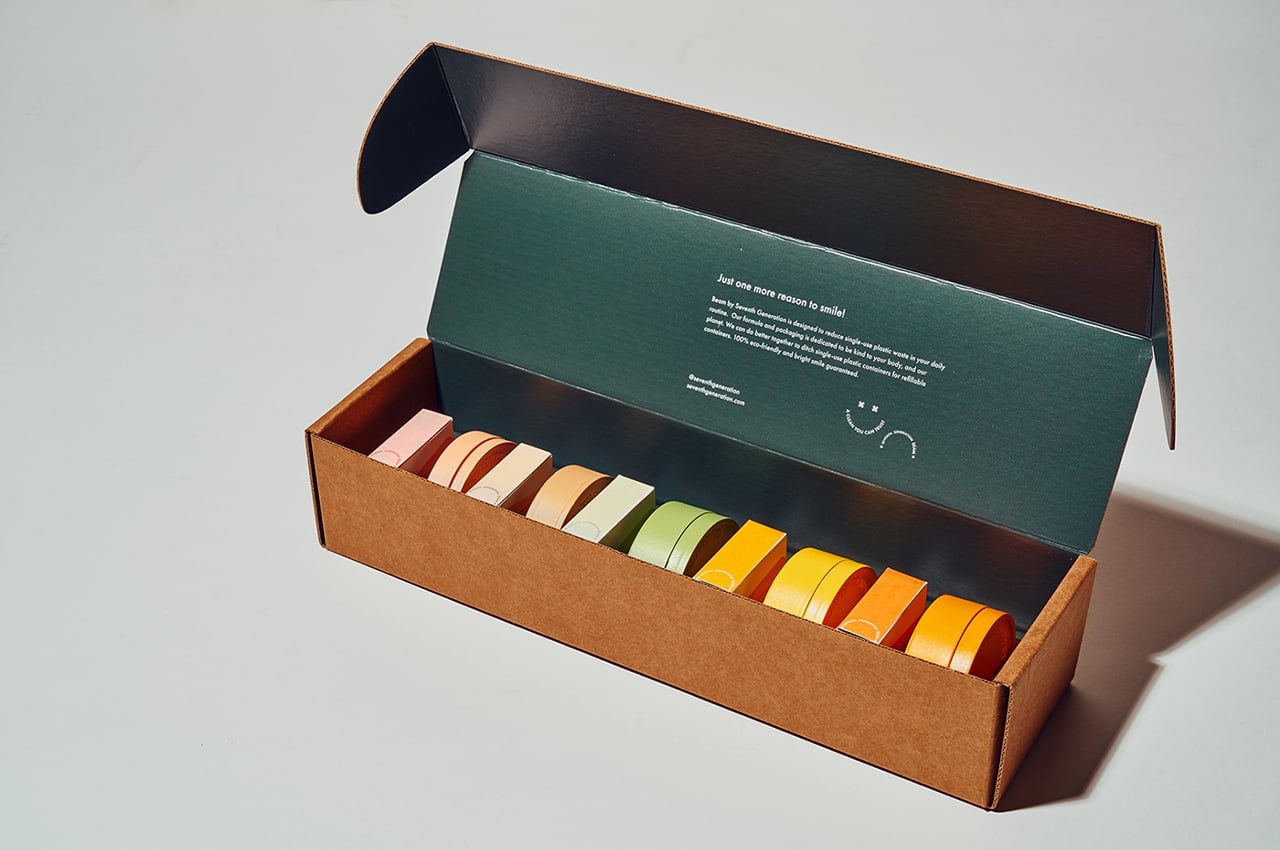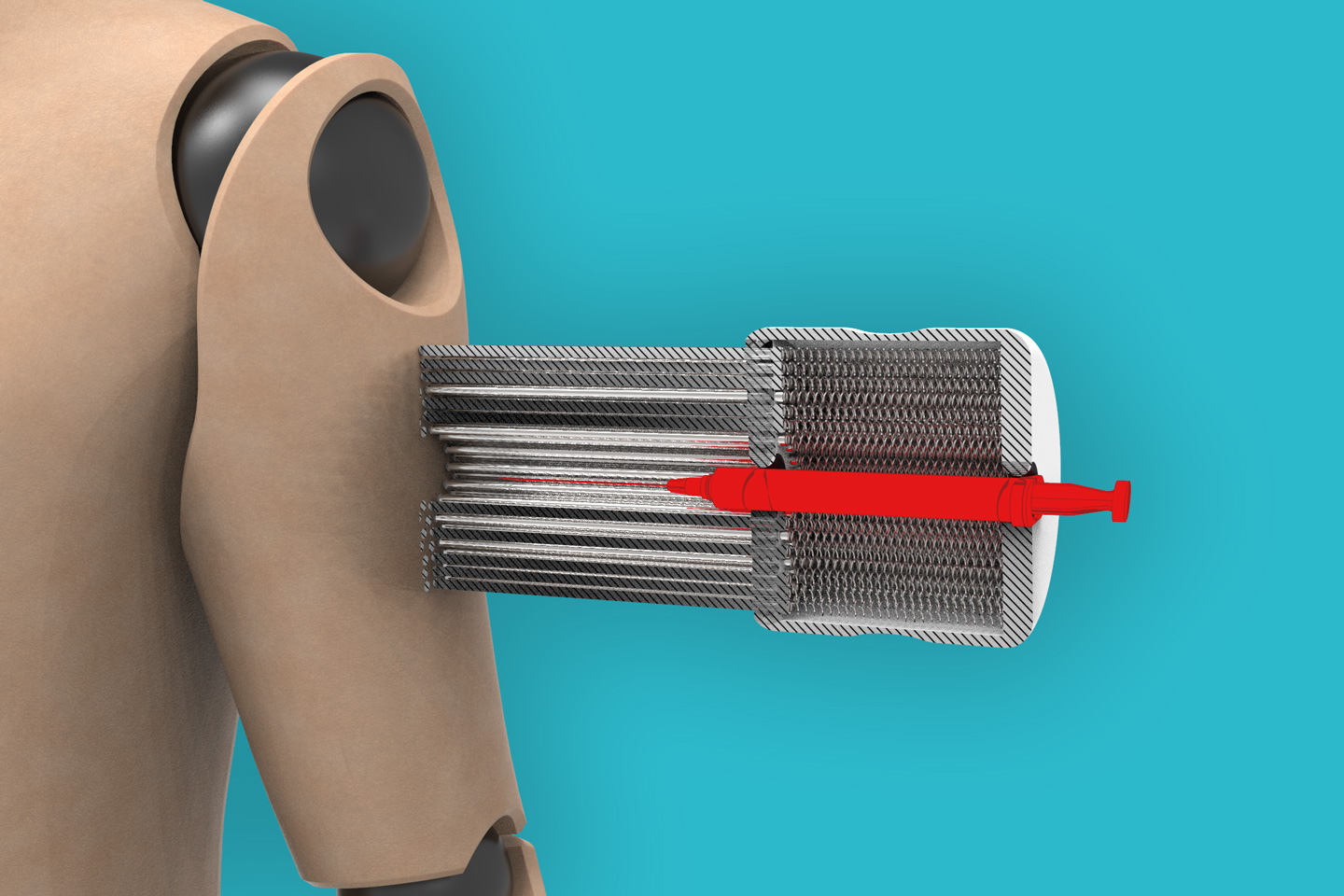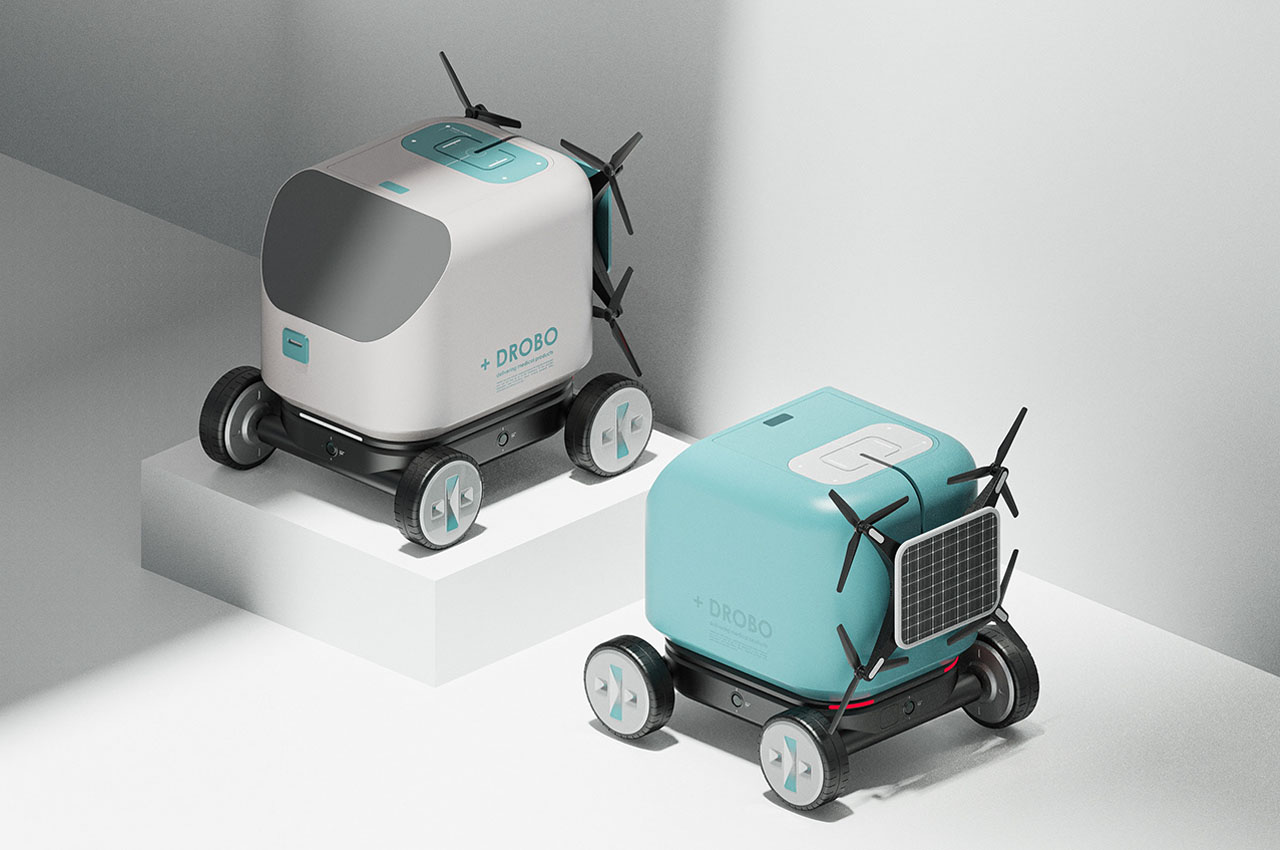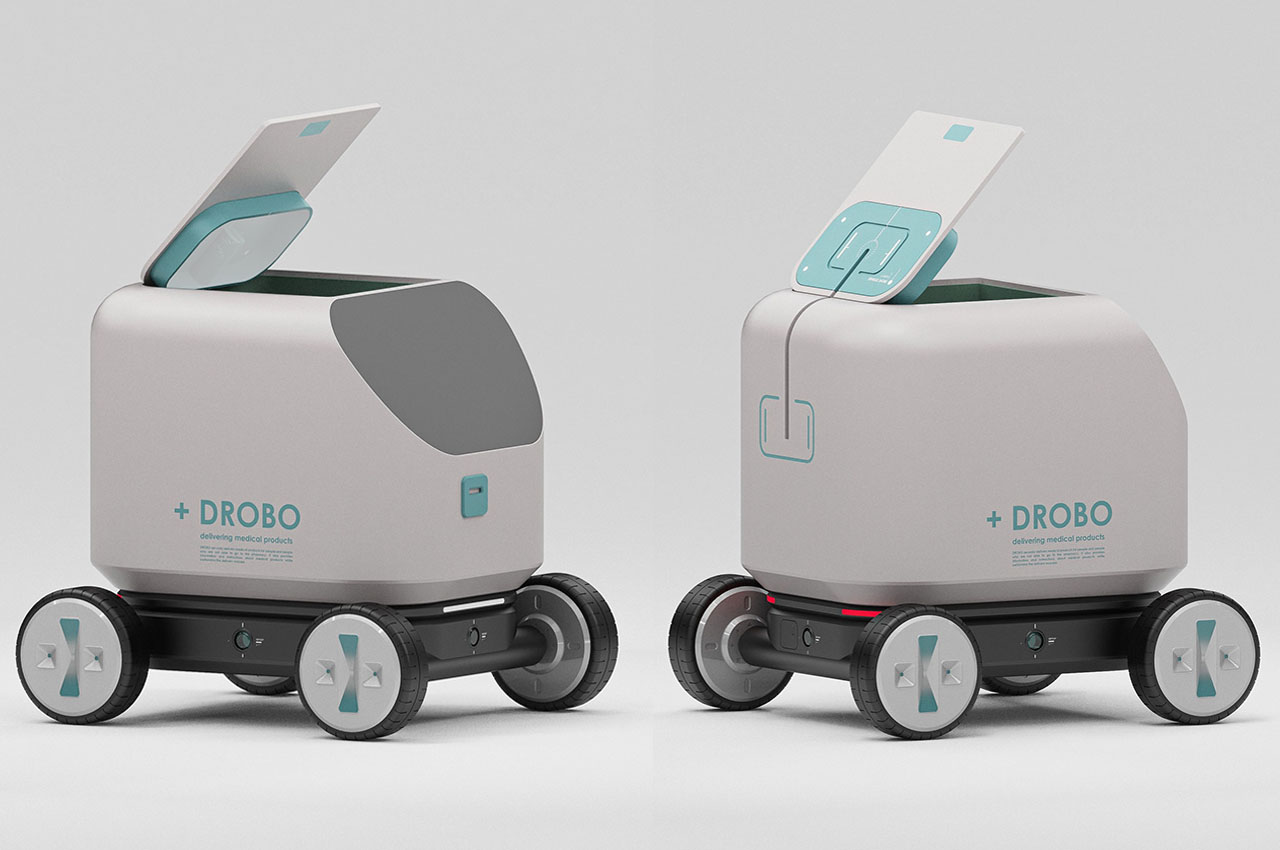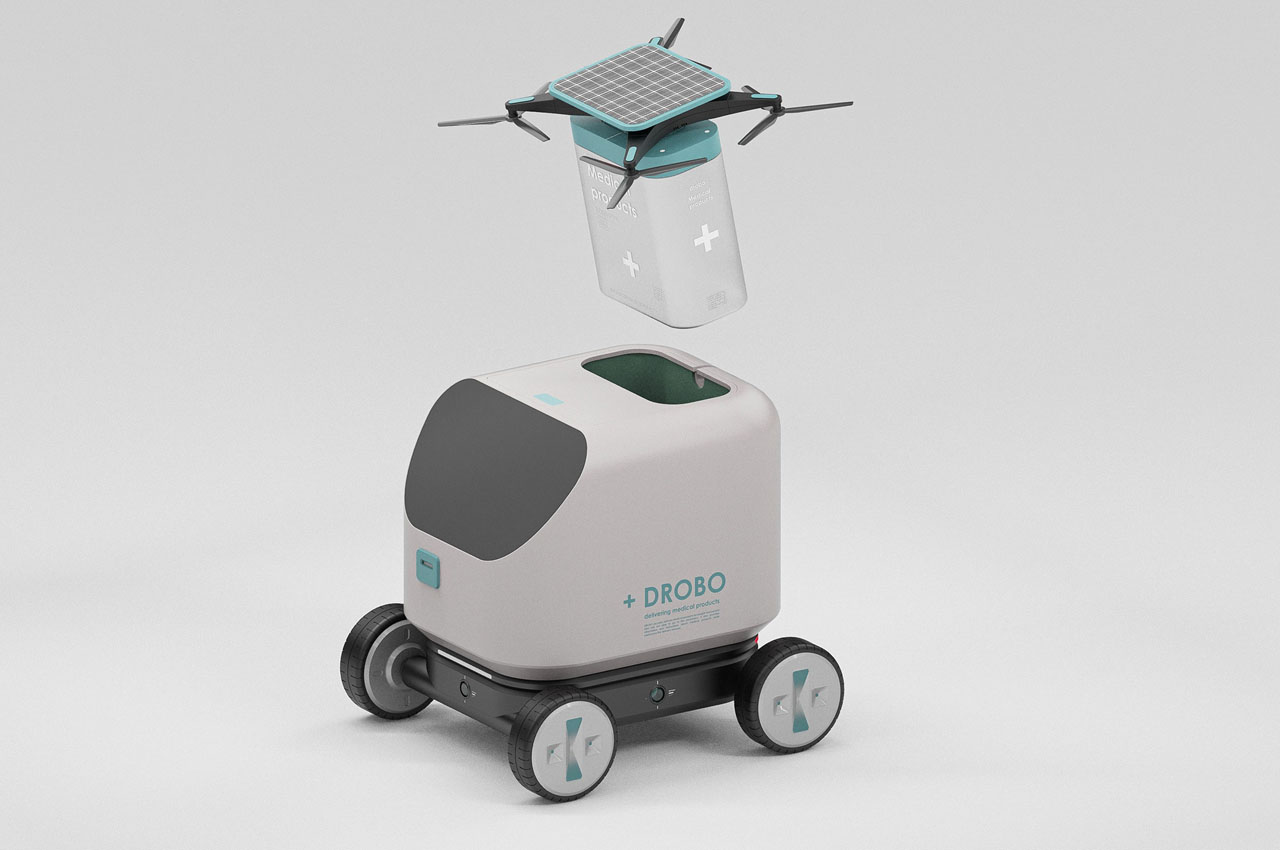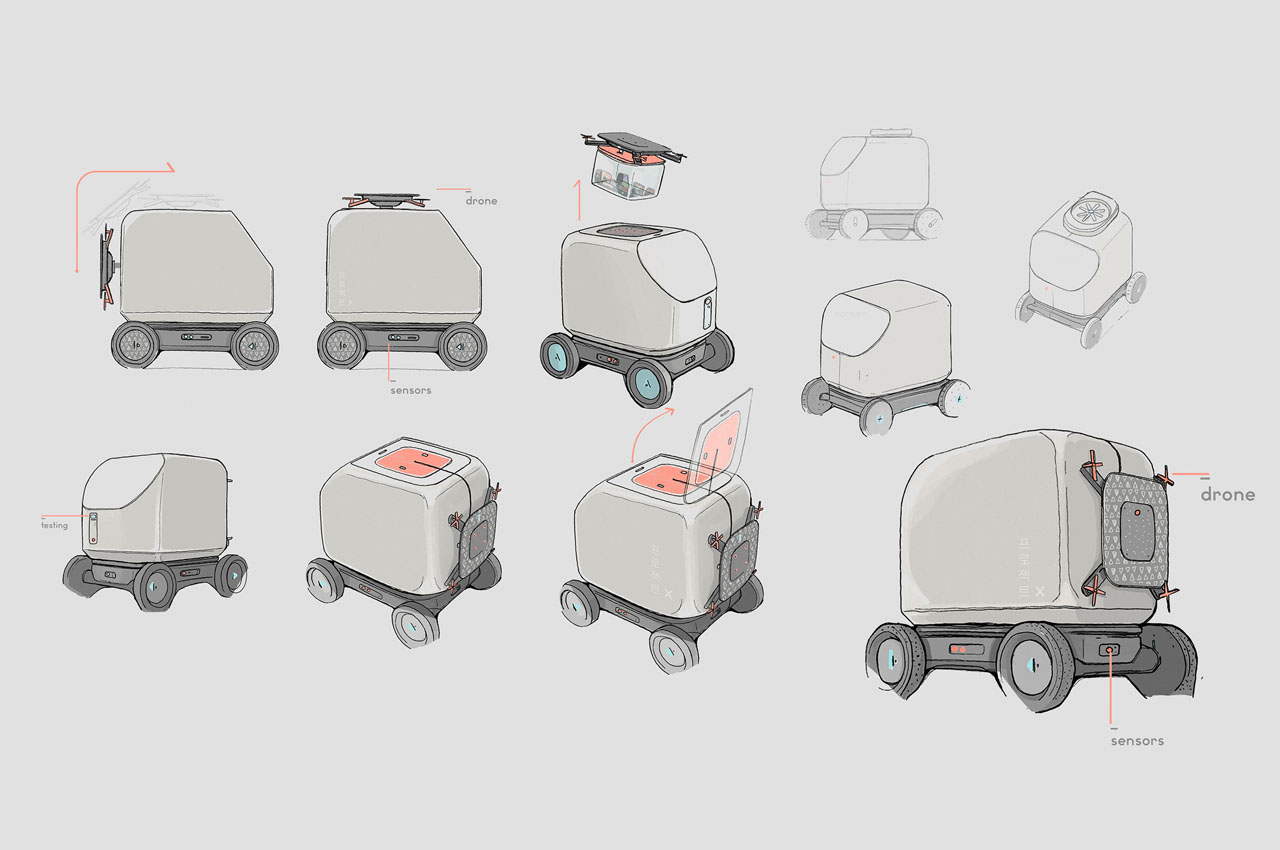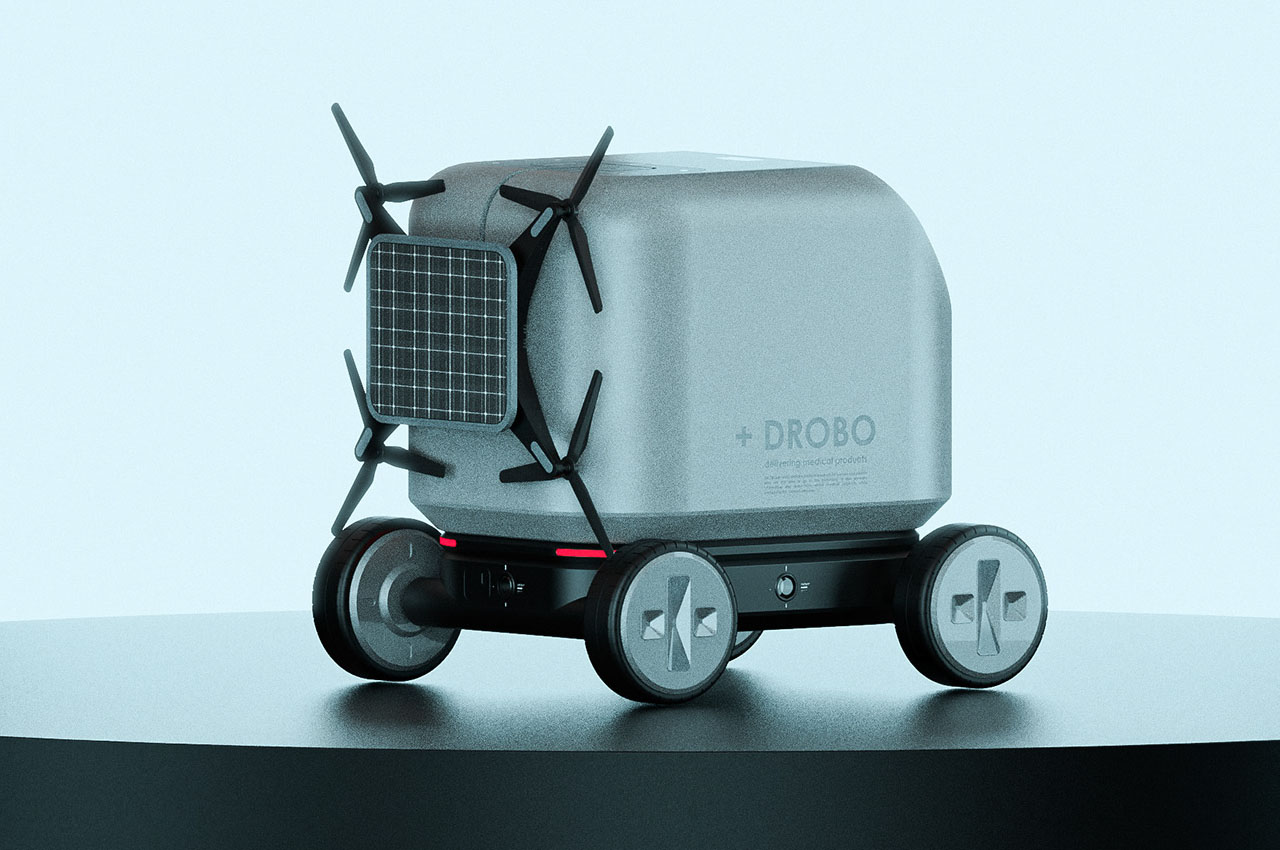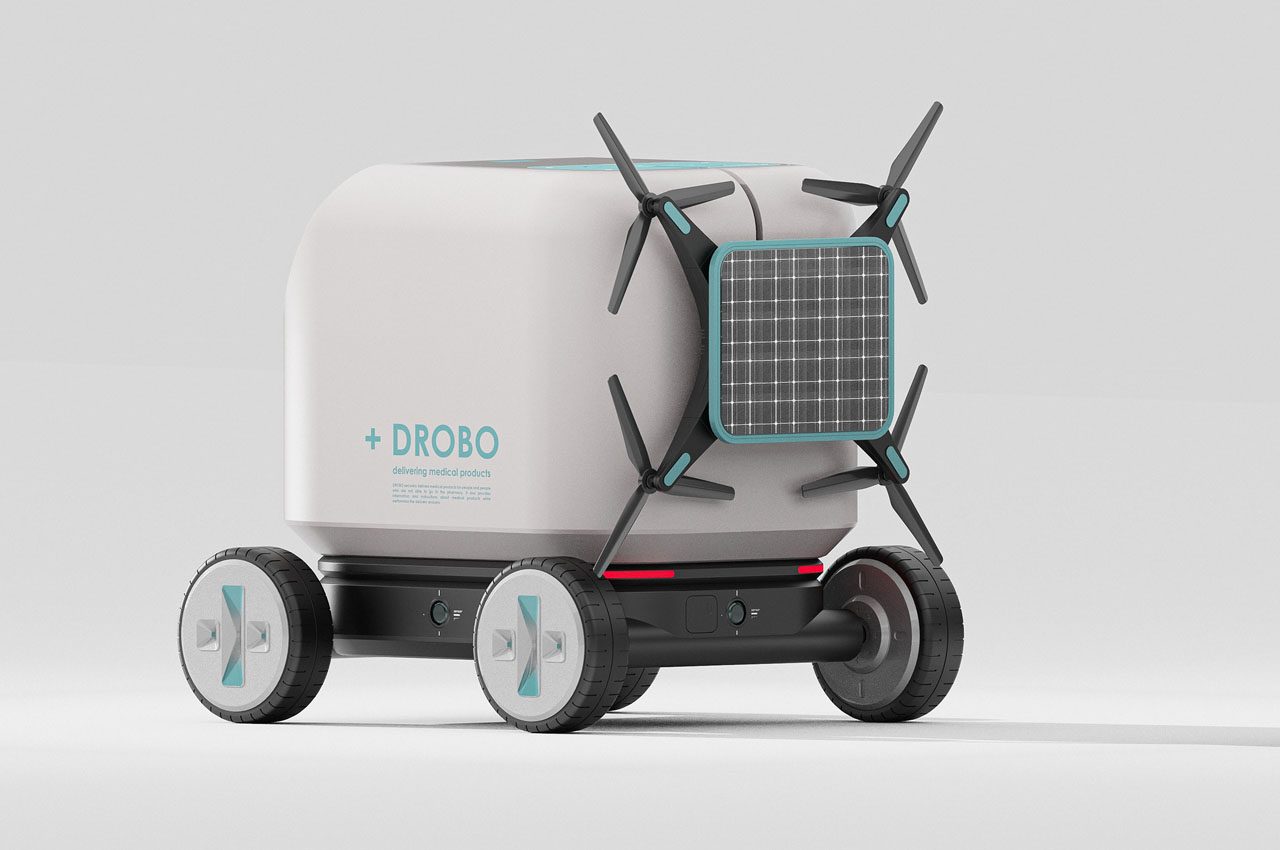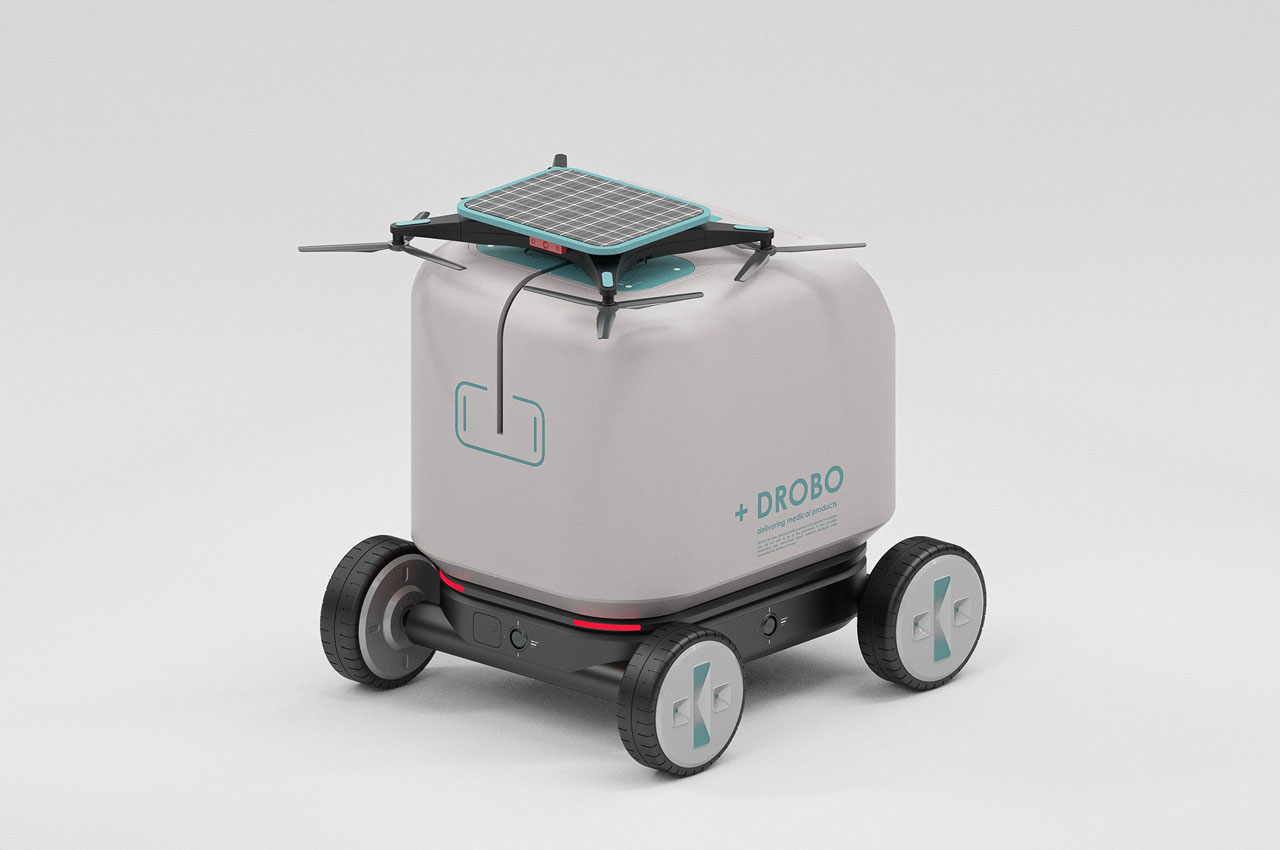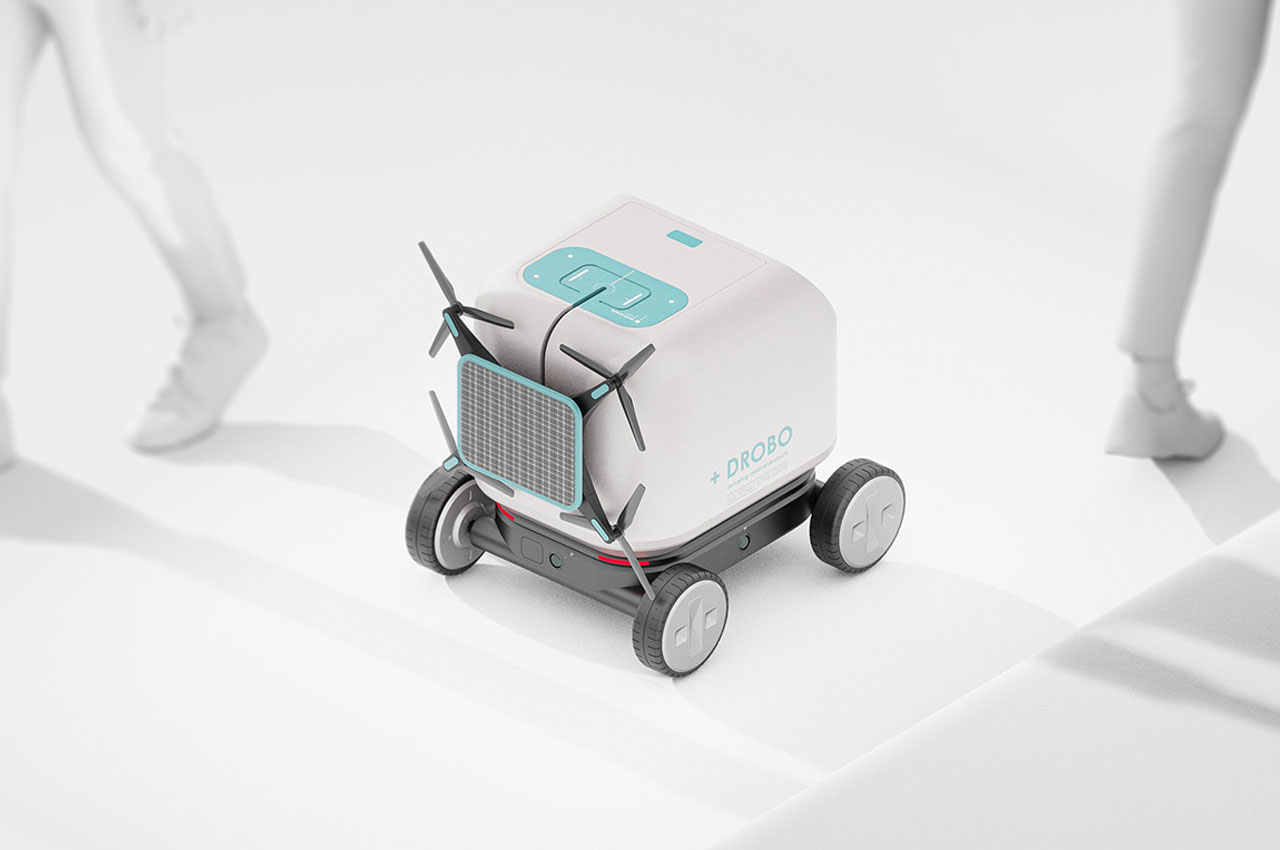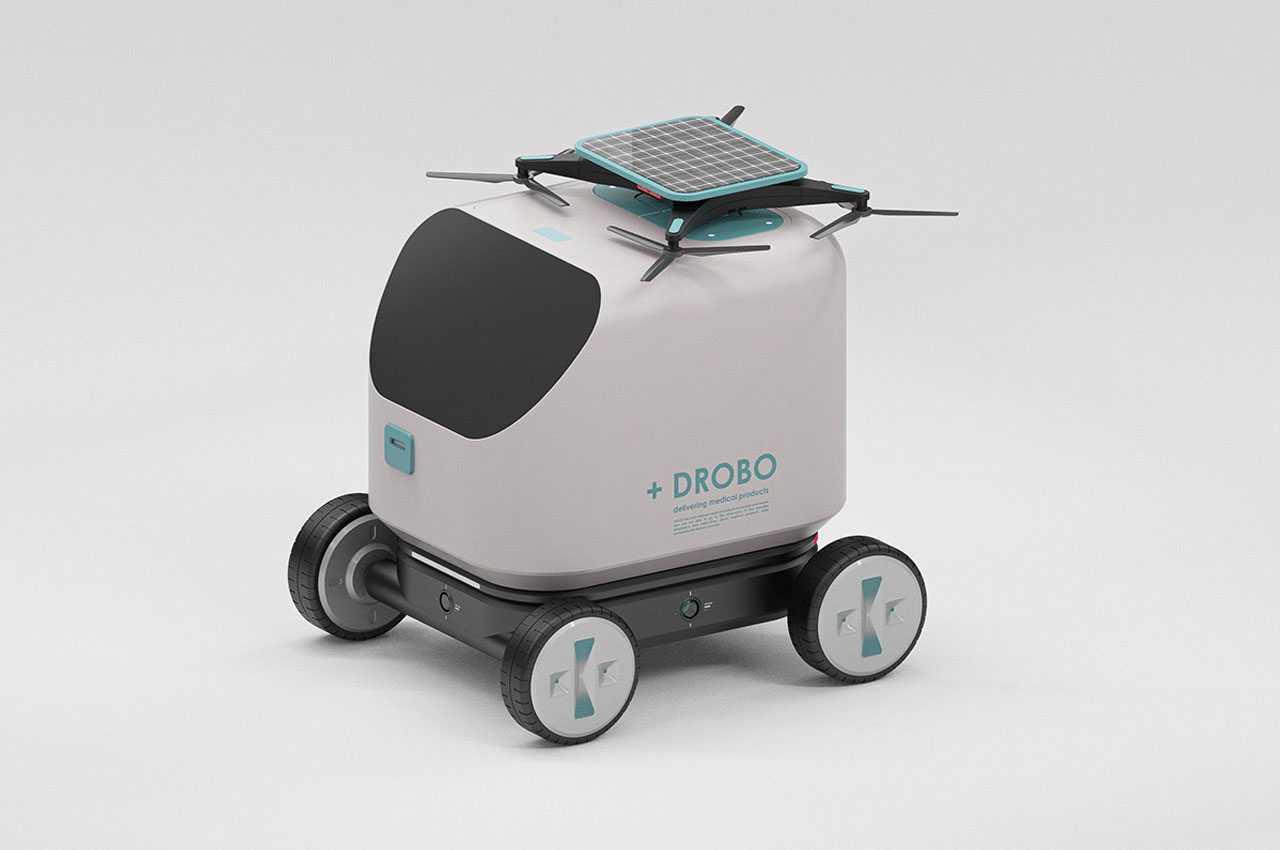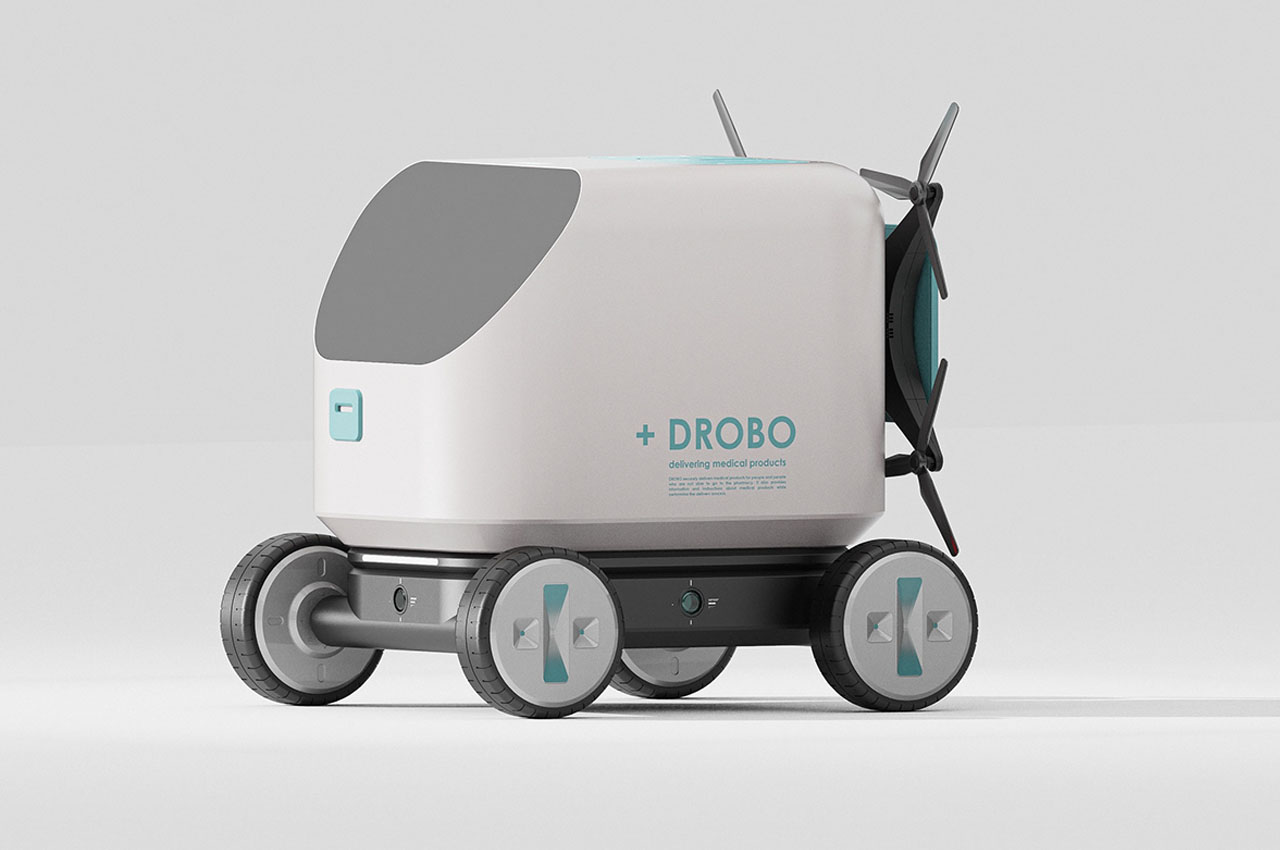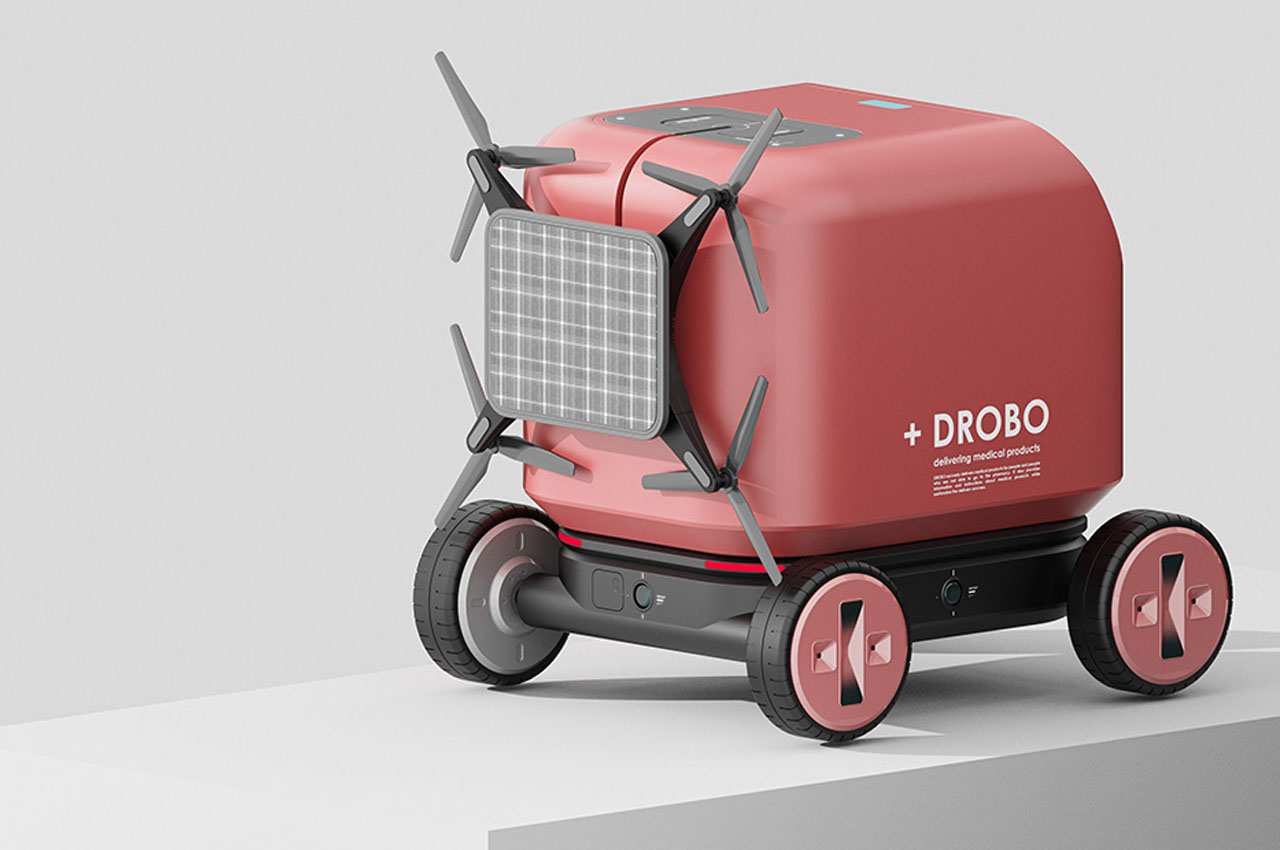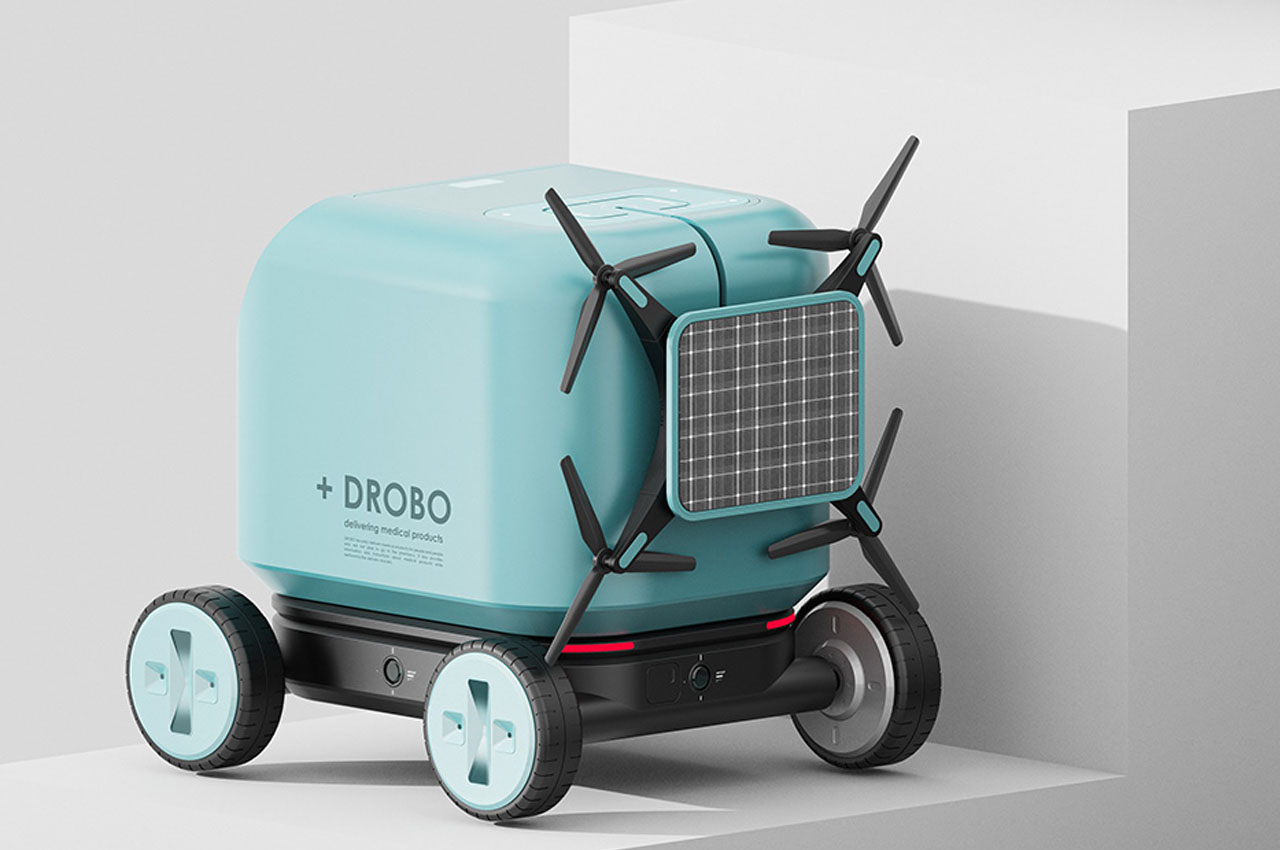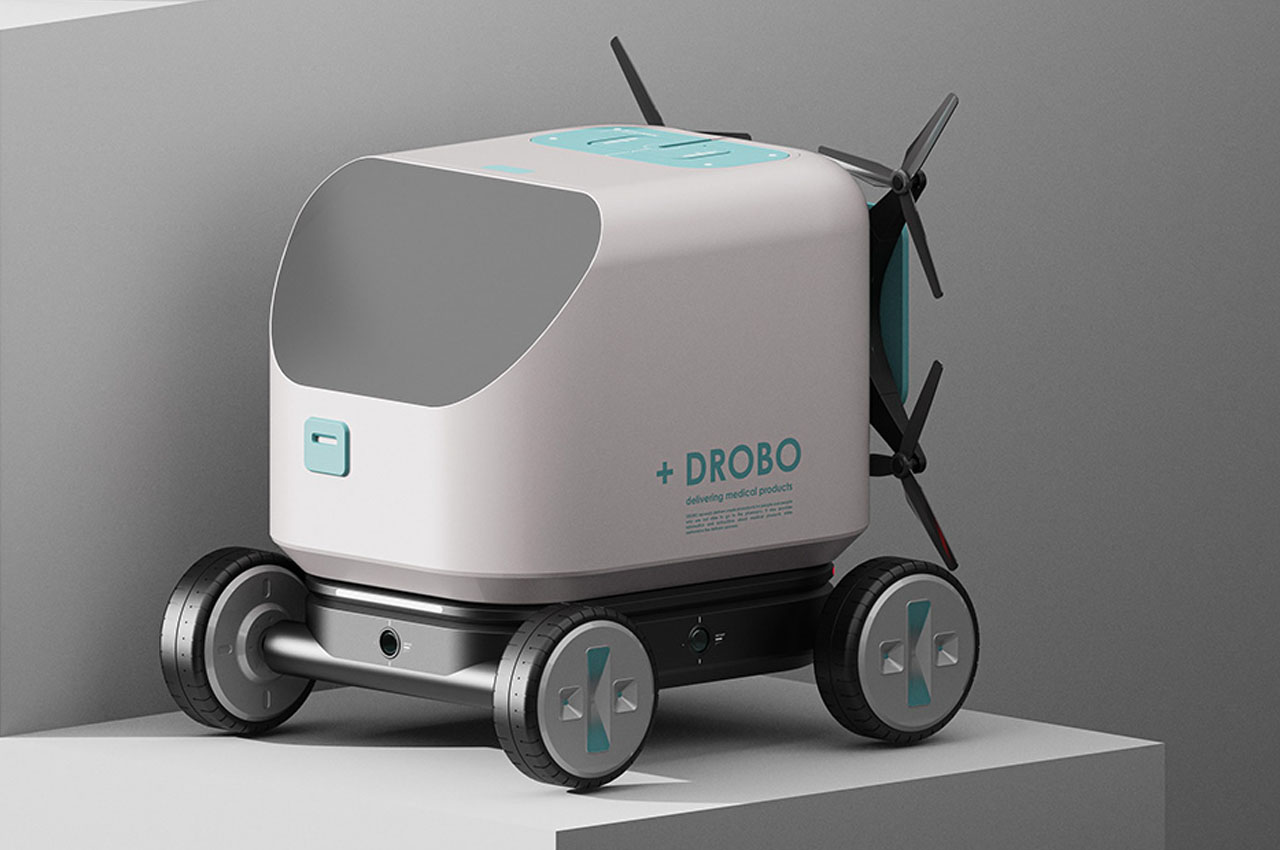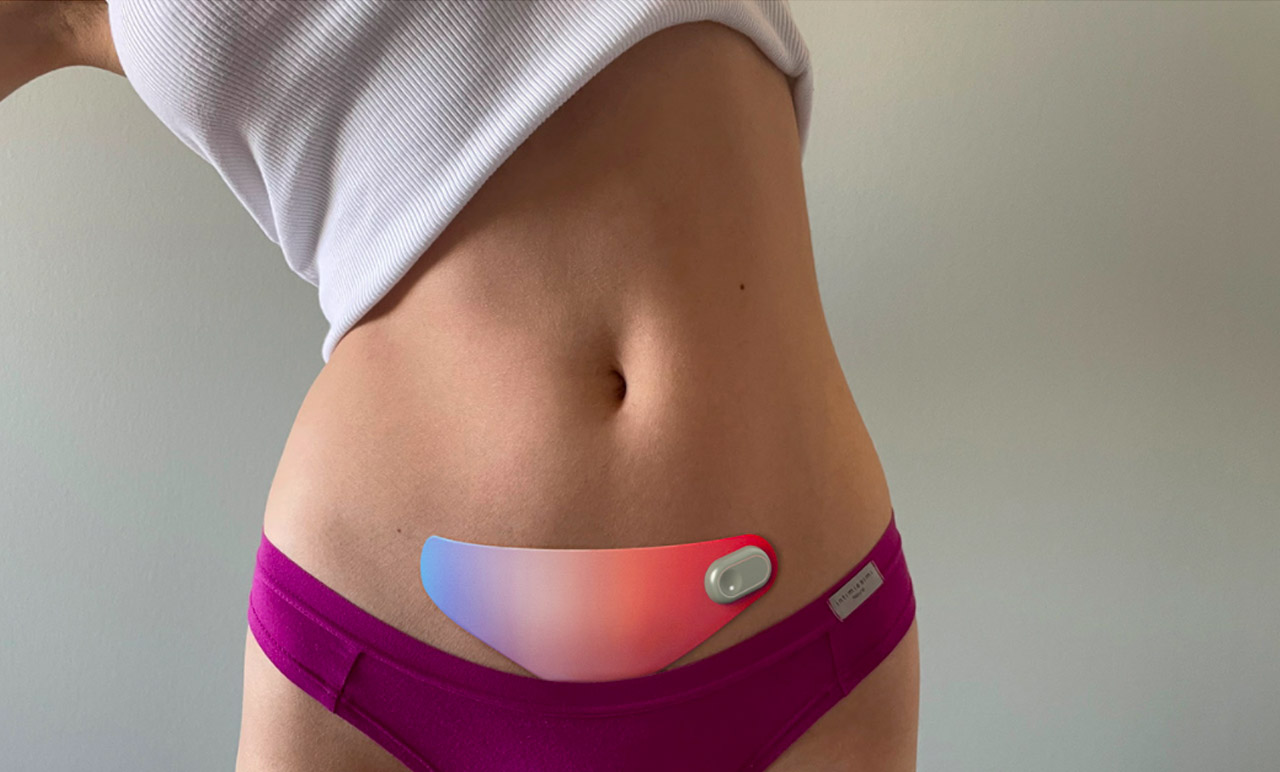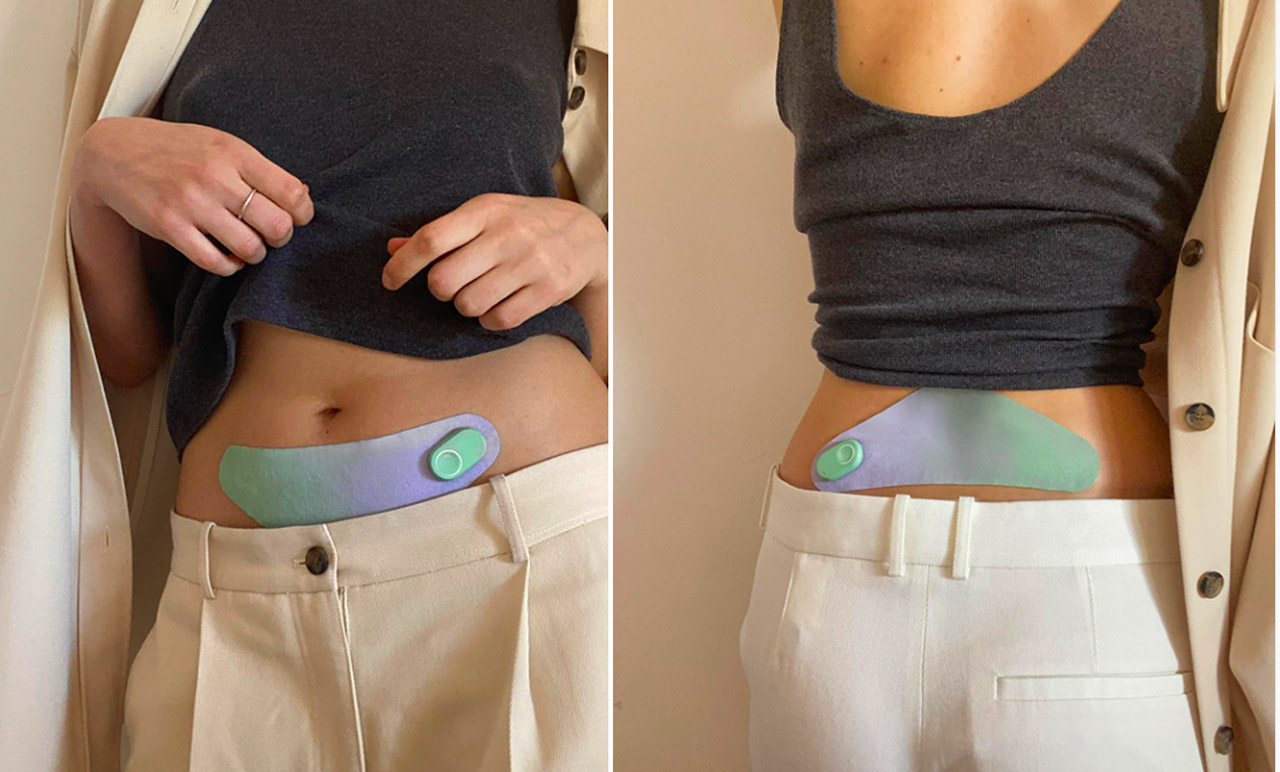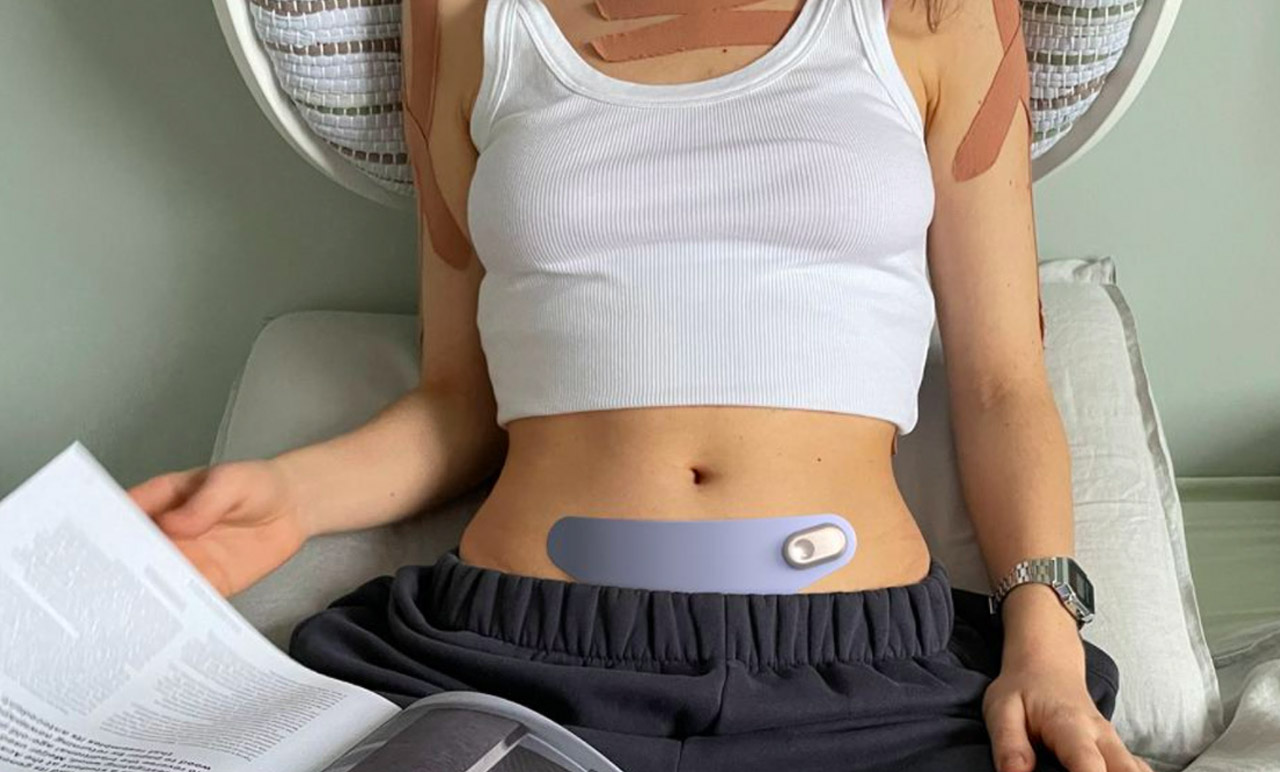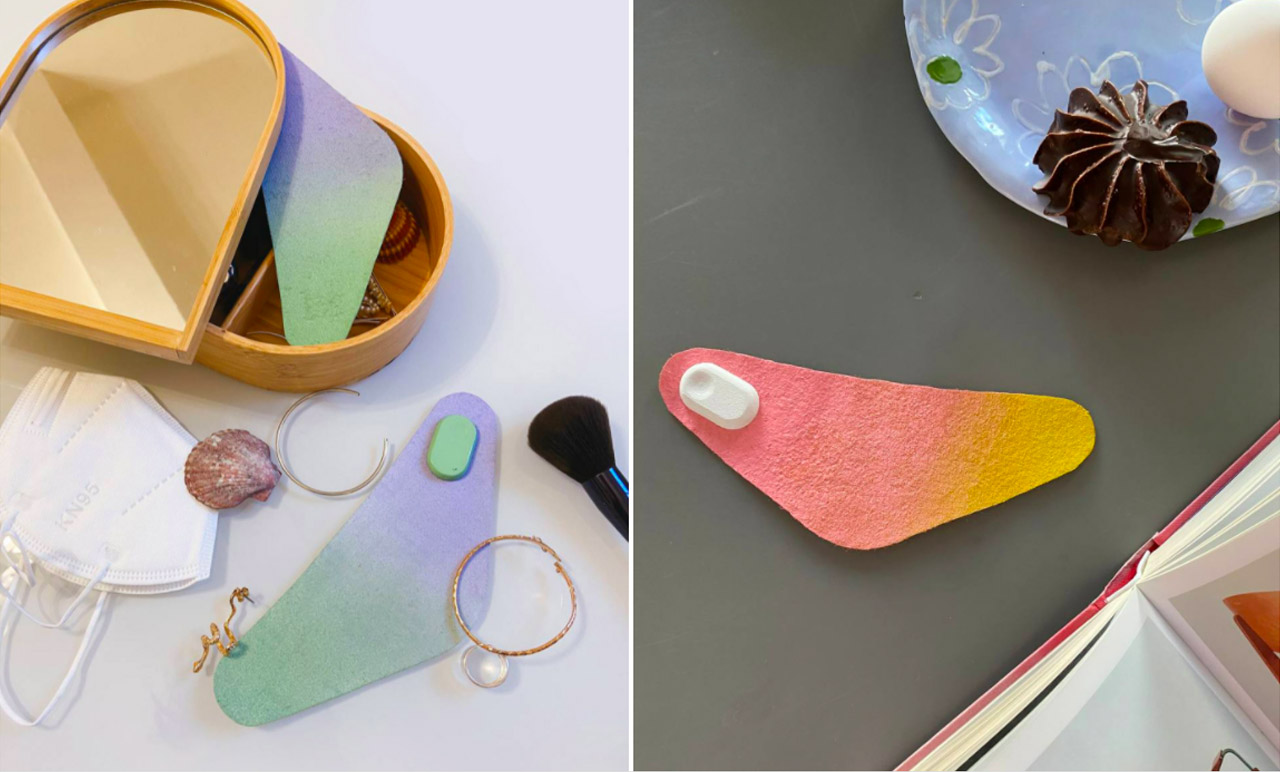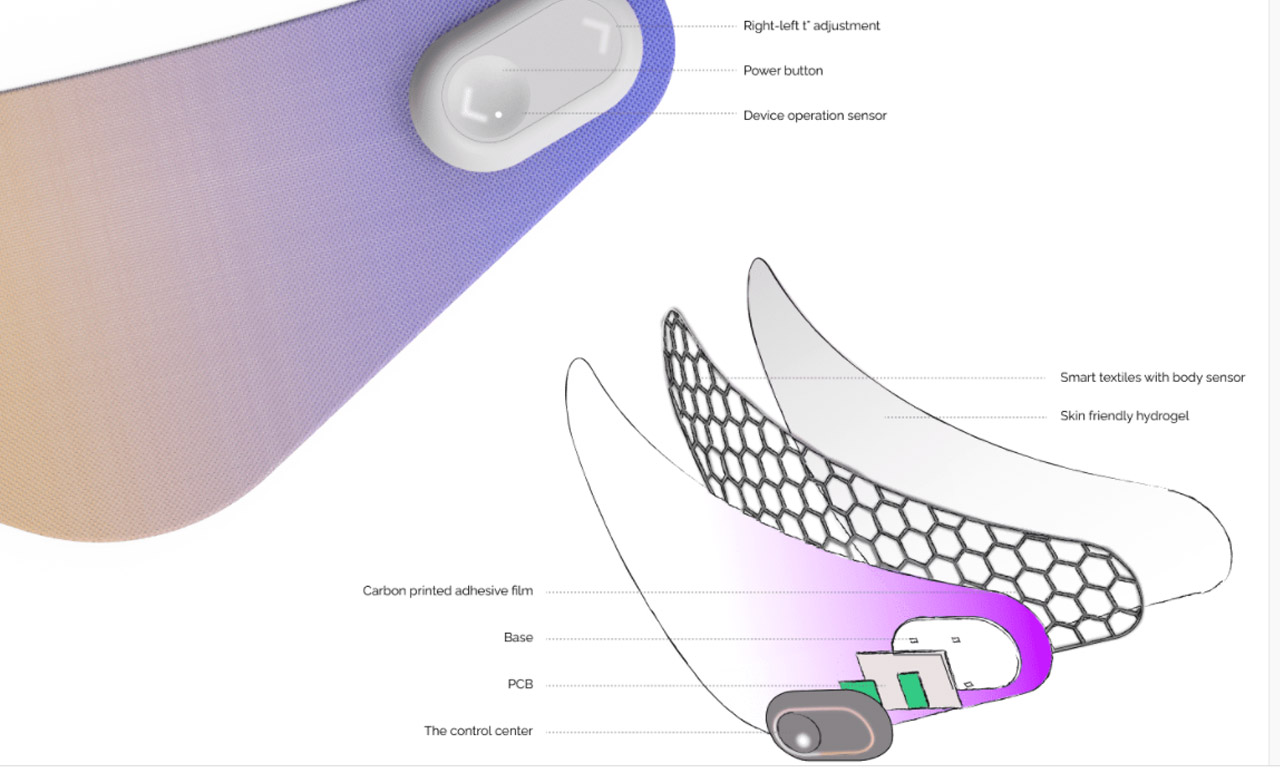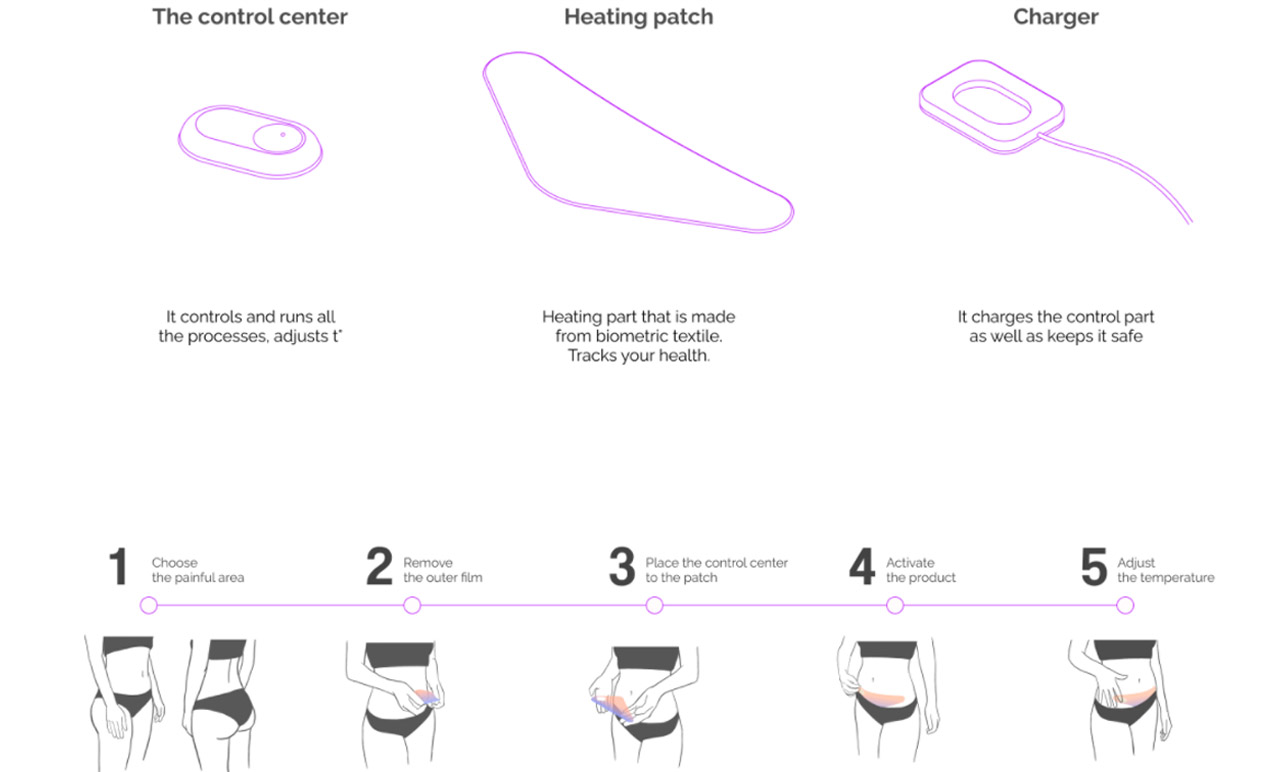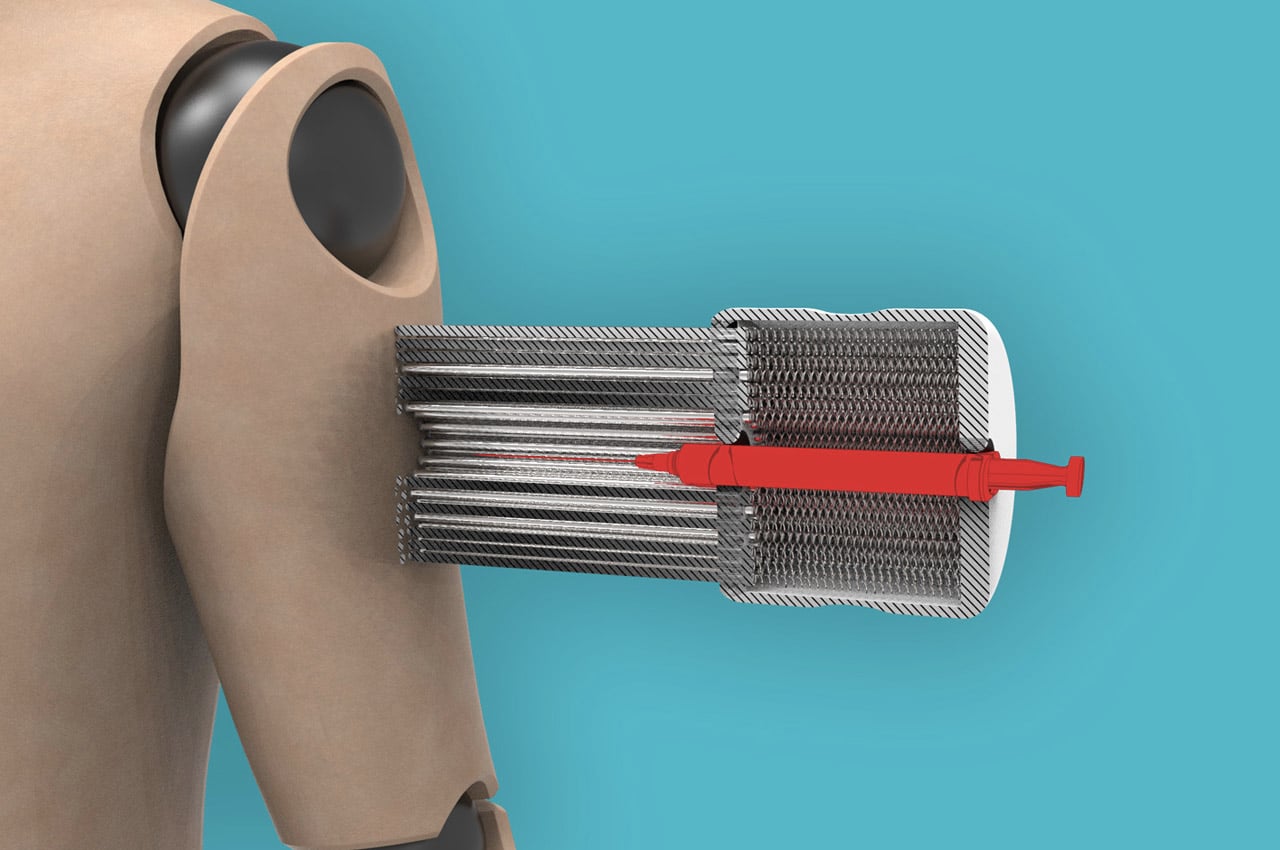
If there’s something that this pandemic has taught us it’s that health truly is wealth! We cannot take our health and well-being for granted, and a mindset of preparedness and precaution is extremely integral during such times. The medical industry has been making leaps and jumps in its innovations, to ensure such a brutal pandemic doesn’t occur again. Designers have been coming up with new and improved, life-saving medical designs that not only boost medical care but relieve some of the pressure from our tireless medical force. From a smart fabric with an electrical signal that monitors your health to a self-directed and sustainable CPR kit, these designs tackle a variety of problems in the health and medical field. They’re a boon to modern healthcare and a reminder that we cannot take our health for granted any longer!
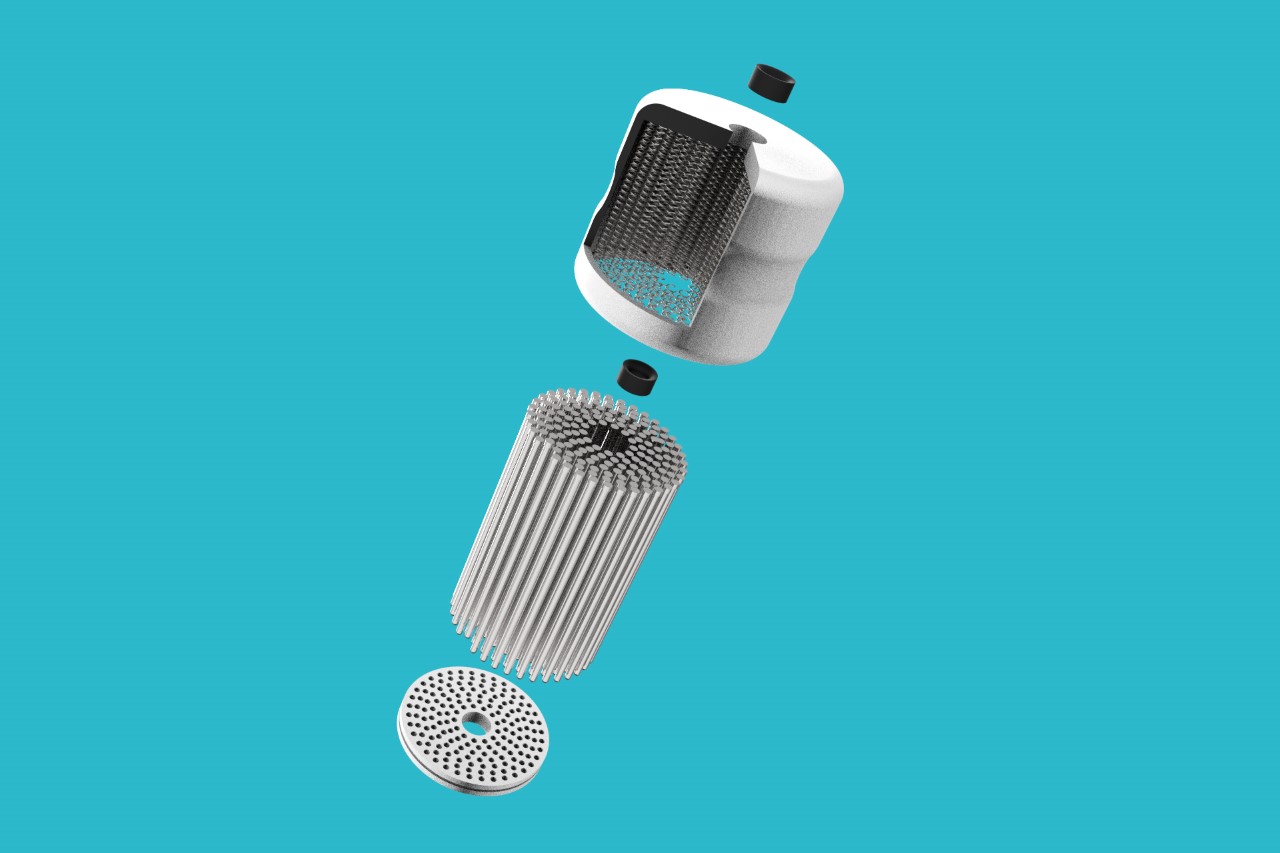
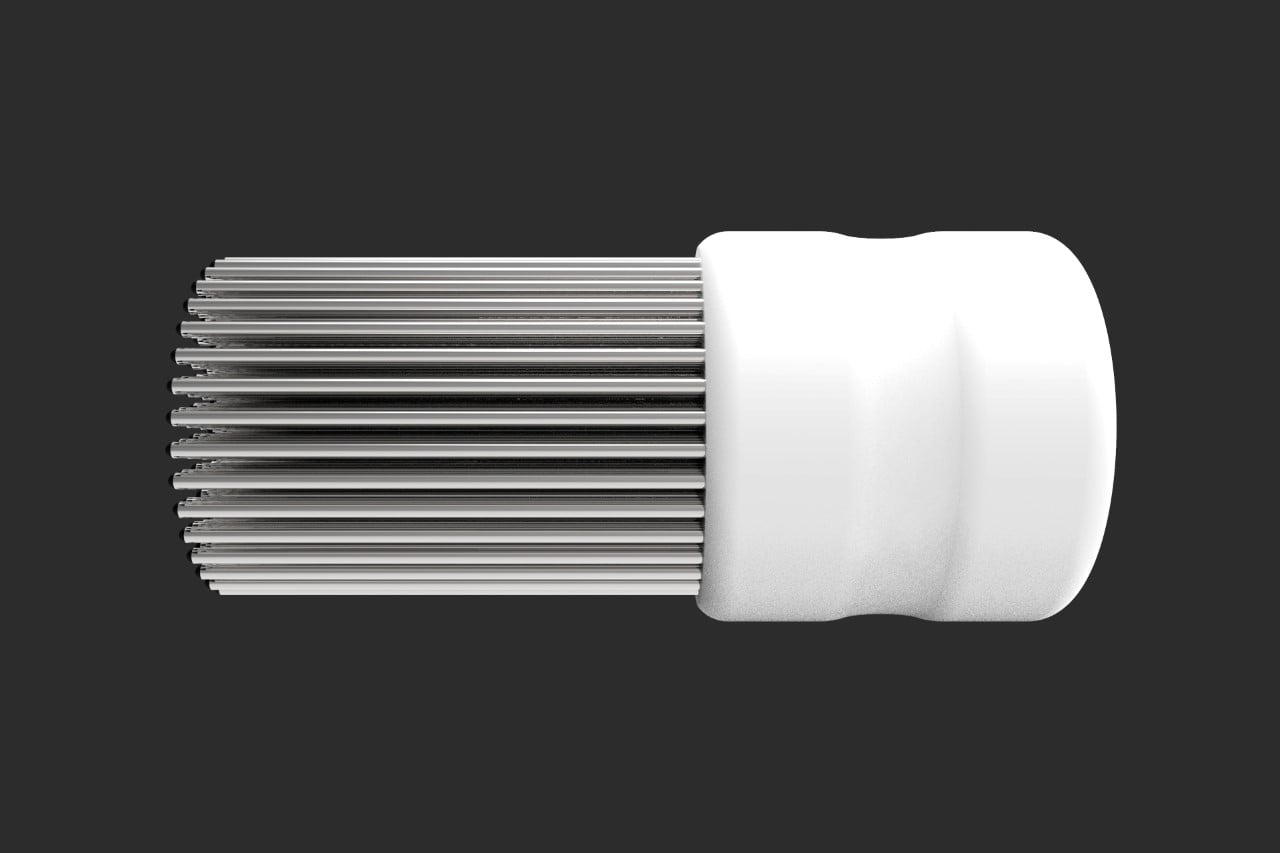
While its appearance could easily be mistaken for a fancy meat tenderizer, the James Dyson National Award-winning Pinsoft is an injection attachment that helps people deal with Trypanophobia or a fear of needles. Its terrifying appearance aside, the Pinsoft sits around ‘ an injection, and its multiple round-tipped prongs help stimulate and confuse your skin as the needle makes its way through. The gentle stimulation caused by the prongs distracts your brain since it can’t immediately tell the difference between the prongs touching your skin and the needle piercing your skin. By the time you realize what’s happened, you’re done with your shot!
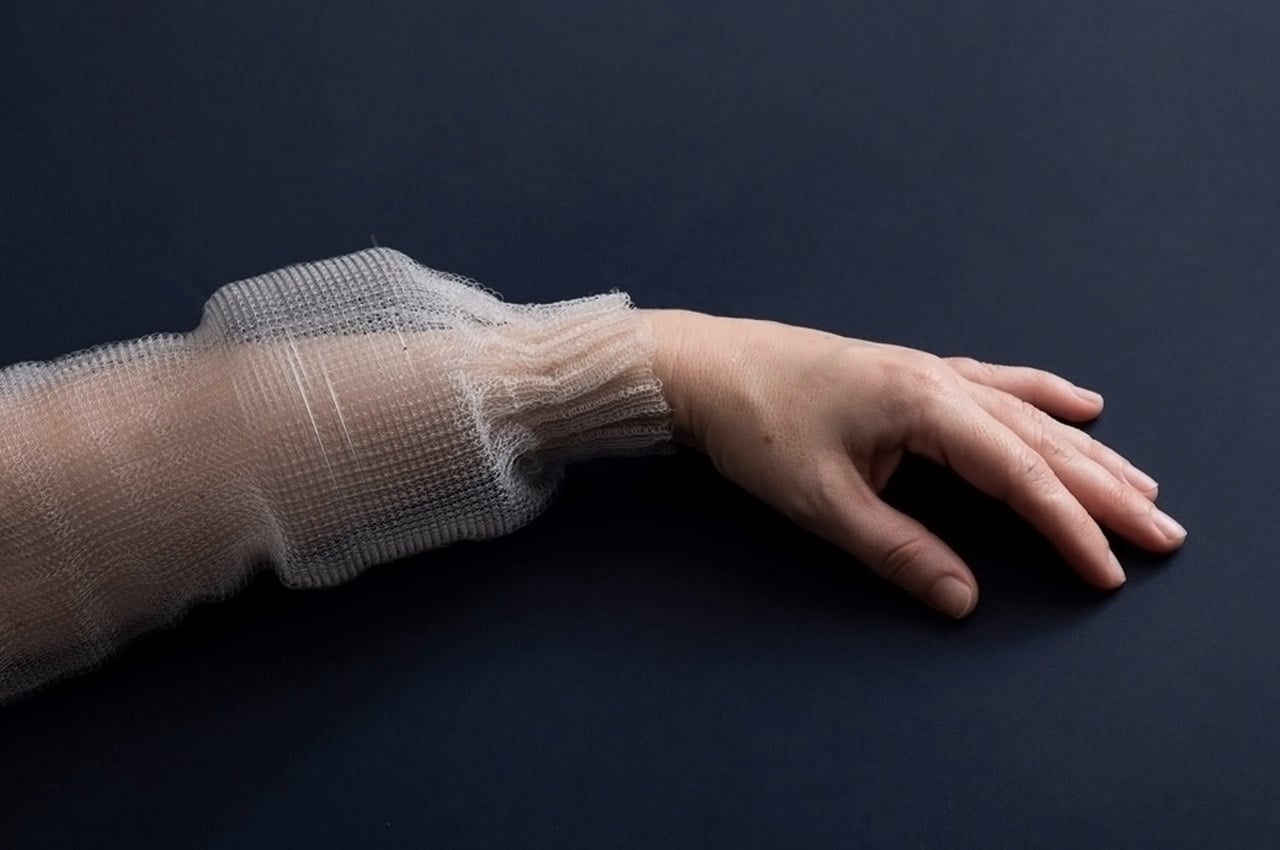
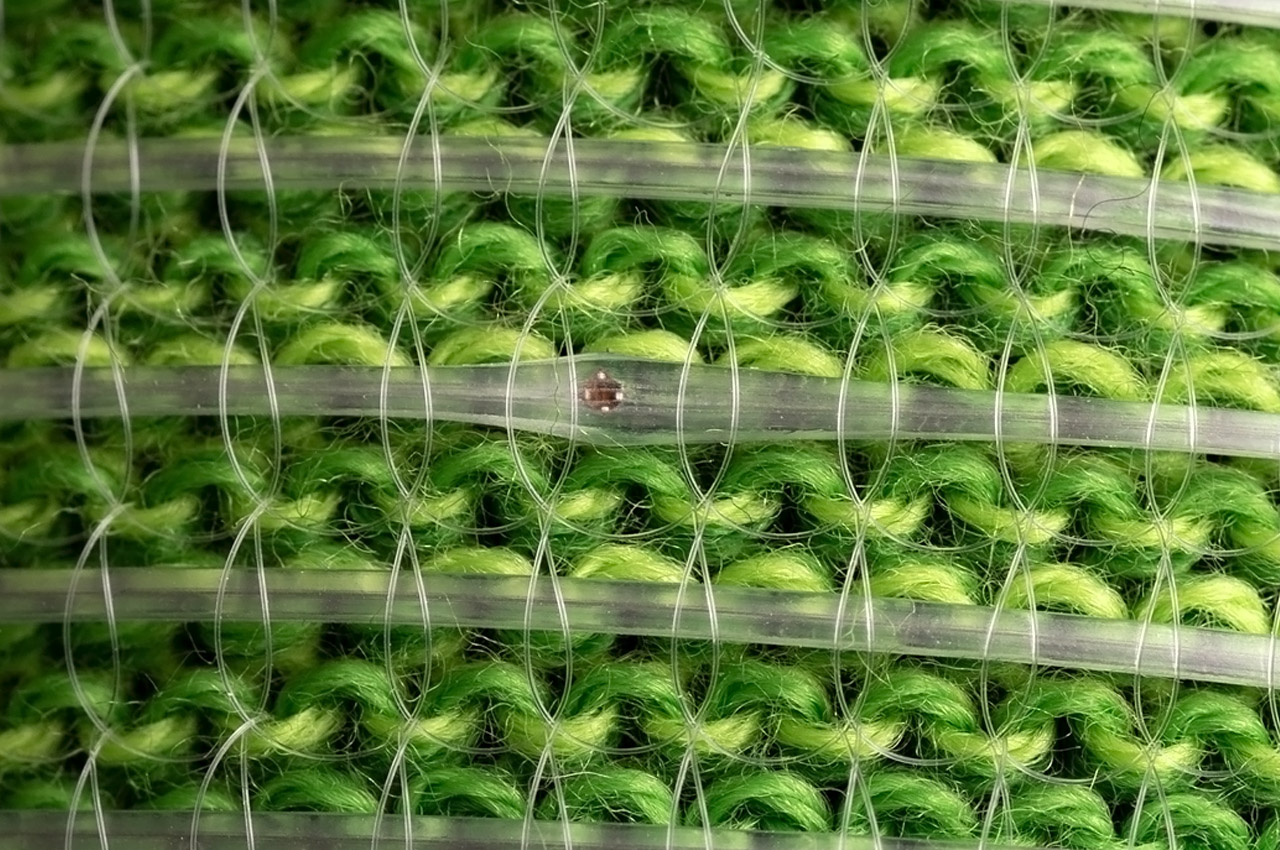
Each string of flexible fiber reaches tens of meters in length, containing hundreds of intertwined, digital sensors that monitor temperature changes and store memory. Each digital fiber, for instance, can collect and store information on changing body temperatures, garnering real-time inference for the wearer’s activity throughout the day. In addition to tracking and collecting data on physiological measures, the smart fabric retains the information gathered and “harbors the neural pathways” necessary to understand that data and infer the future activity of the wearer. Thin enough to slide through the eye of a needle, the smart fabric is woven with hundreds of laced digital chips that still remain undetectable to the wearer.
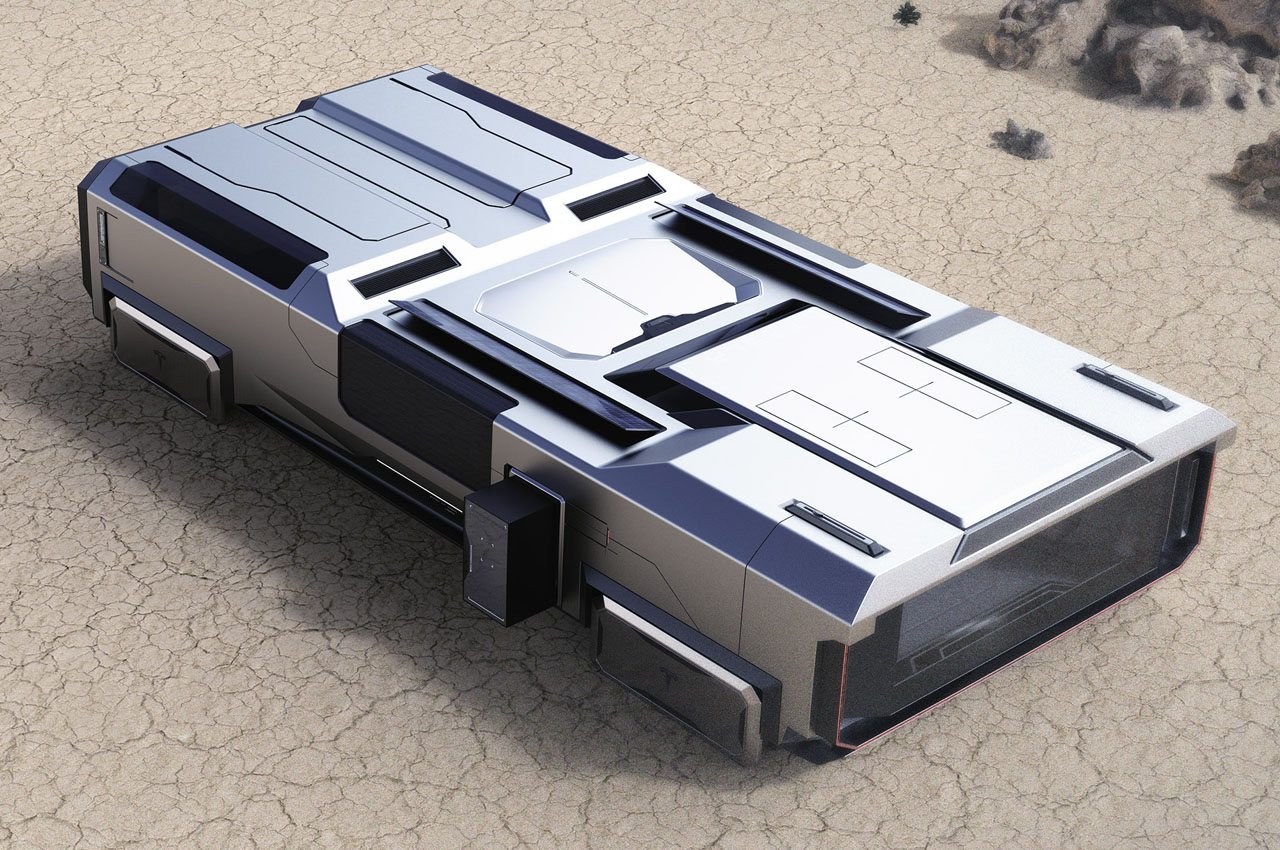
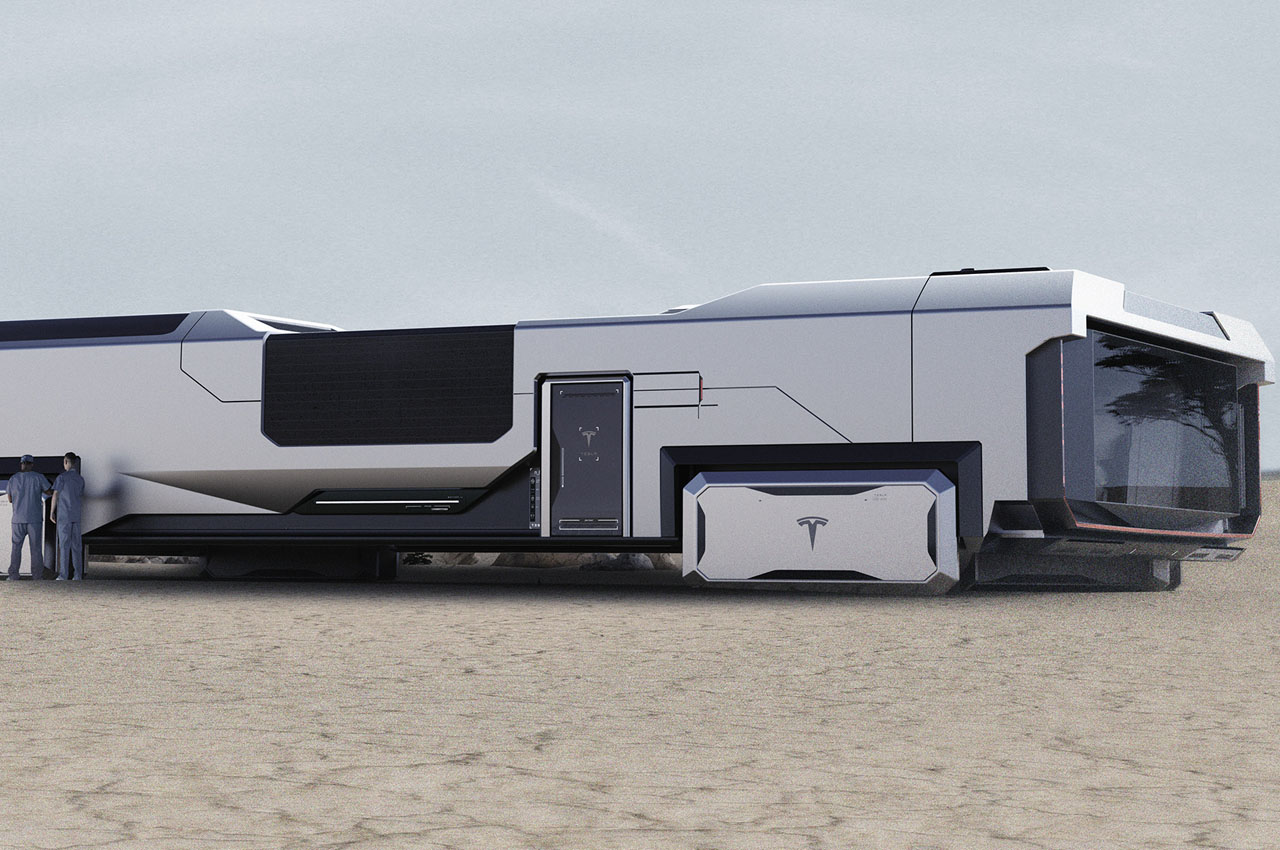
This futuristic-looking machine is a mobile health camp capable of housing medical personnel and space for rehabilitating patients in remote areas. The exterior of this module is inspired by the concept designs of supercars but in a much bigger proportion. The whole thing moves on tank -like treads, making it capable of conquering any harsh terrain or weather conditions given its reinforced structure. On the inside – it is all about comfort, spacious areas, and a luminous environment. There are compact sections that house the beds on the upper section , a private section on the bottom, and storage on the middle half of the module.
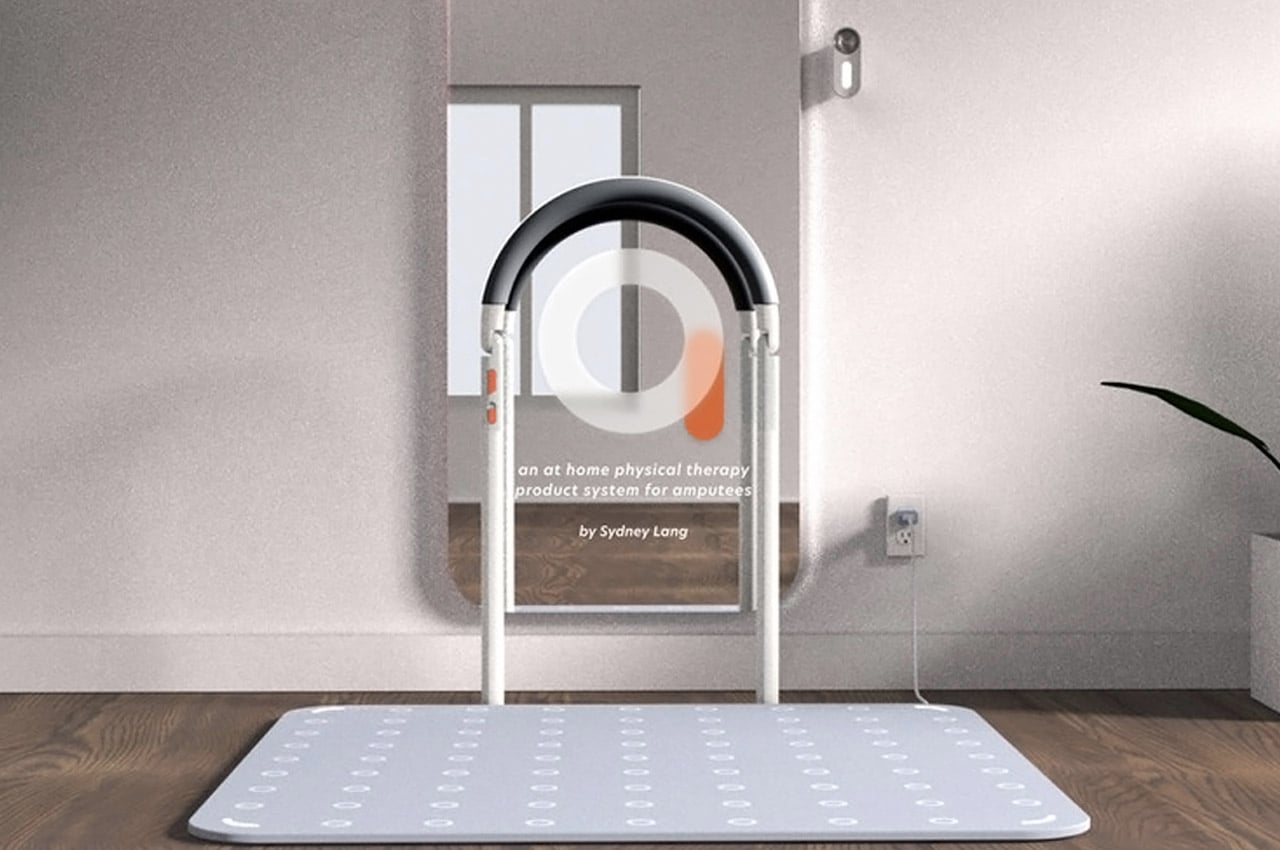
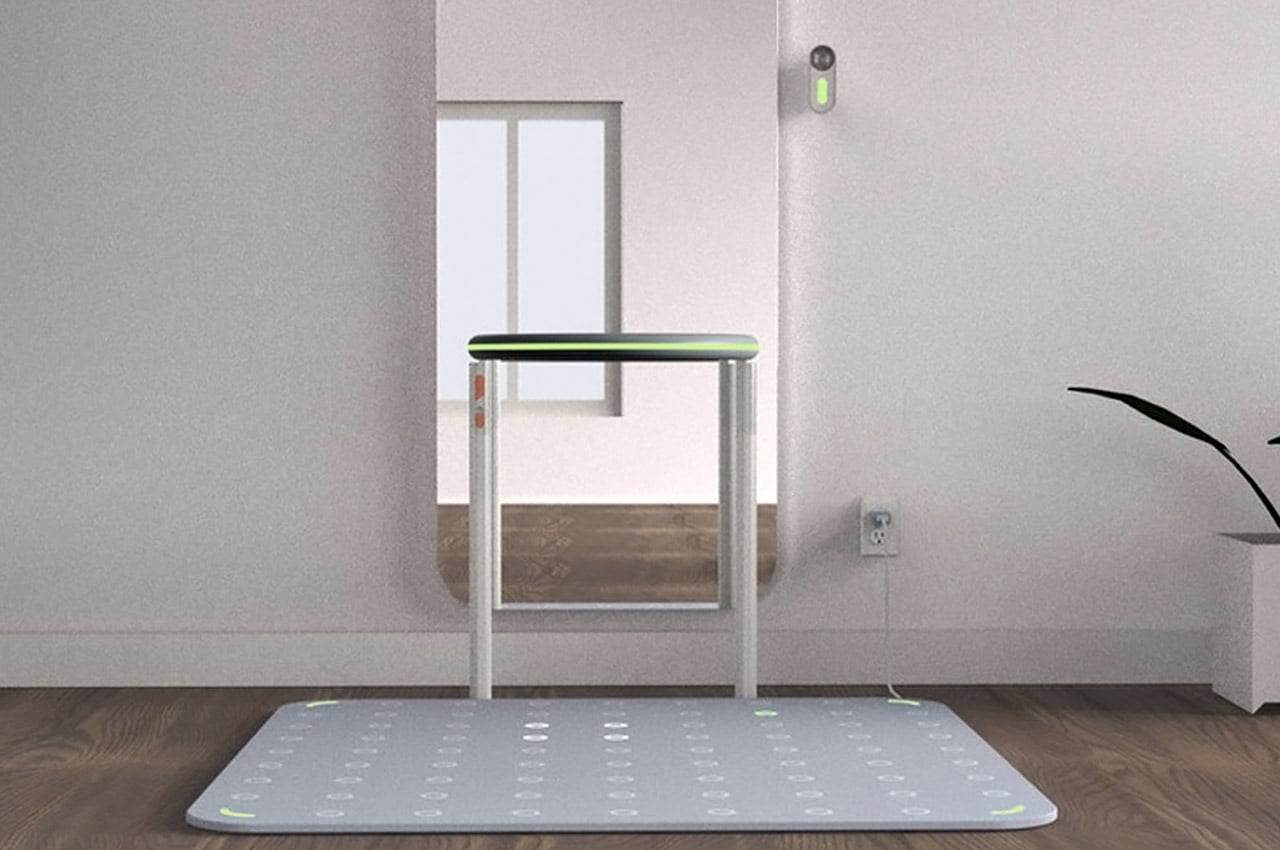
Following in-depth interviews and comprehensive research, Lang learned that guidance, transparency, consistency, and structure are some of the most important factors when it comes to following through with at-home physical therapy. In designing Adapt , Lang understood that the most important parts of functional recovery ranged from motivation and range of motion to strength and alignment. To help with patients’ motivation levels, Adapt includes a motion-tracking camera that visually monitors the progress of patients. To ensure that range of motion exercises are still worked on , the interactive, digital foot mat conditions the patient’s lower body through stepping patterns that simulate the uncertainty of daily movement.


Shuai decided to create a medical design solution for this country that could make CPR, the most helpful and effective implementation to save cardiac arrest victims, a more accessible service. That is how CANNE came to be! It raises the survival rate of out-of-hospital cardiac arrests by addressing the local, societal and cultural needs. He found out that implementation of CPR is extremely low, only 4.5% in large and medium-sized cities in China while a country like Sweden has a rate of 46-73%. He wanted his project to provide a flexible and efficient self-directed CPR learning solution to encourage more people to learn and improve their life-saving skills. CANNE addresses the problem of people not having the motivation to join a CPR course because of fewer opportunities, fewer interests, high cost, fast-paced lifestyle, and less awareness.
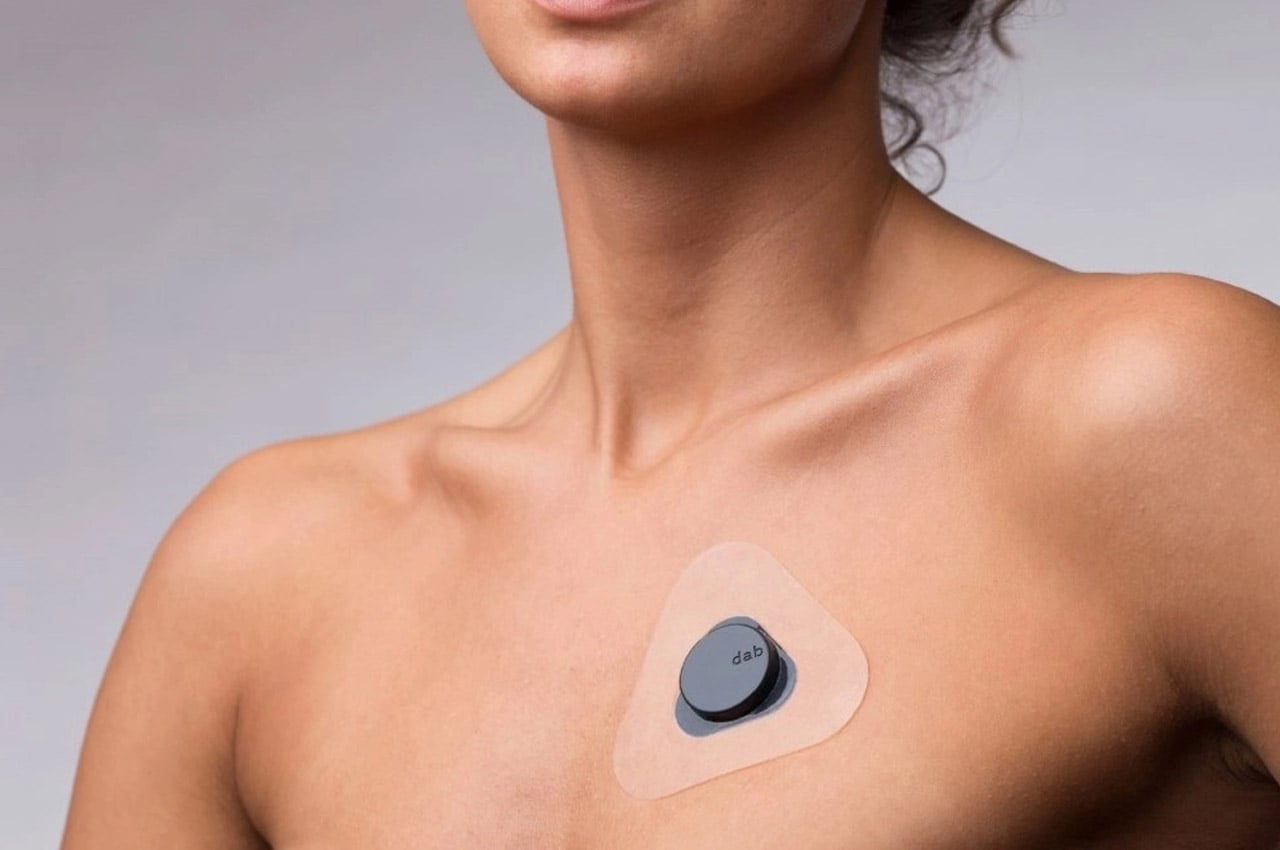
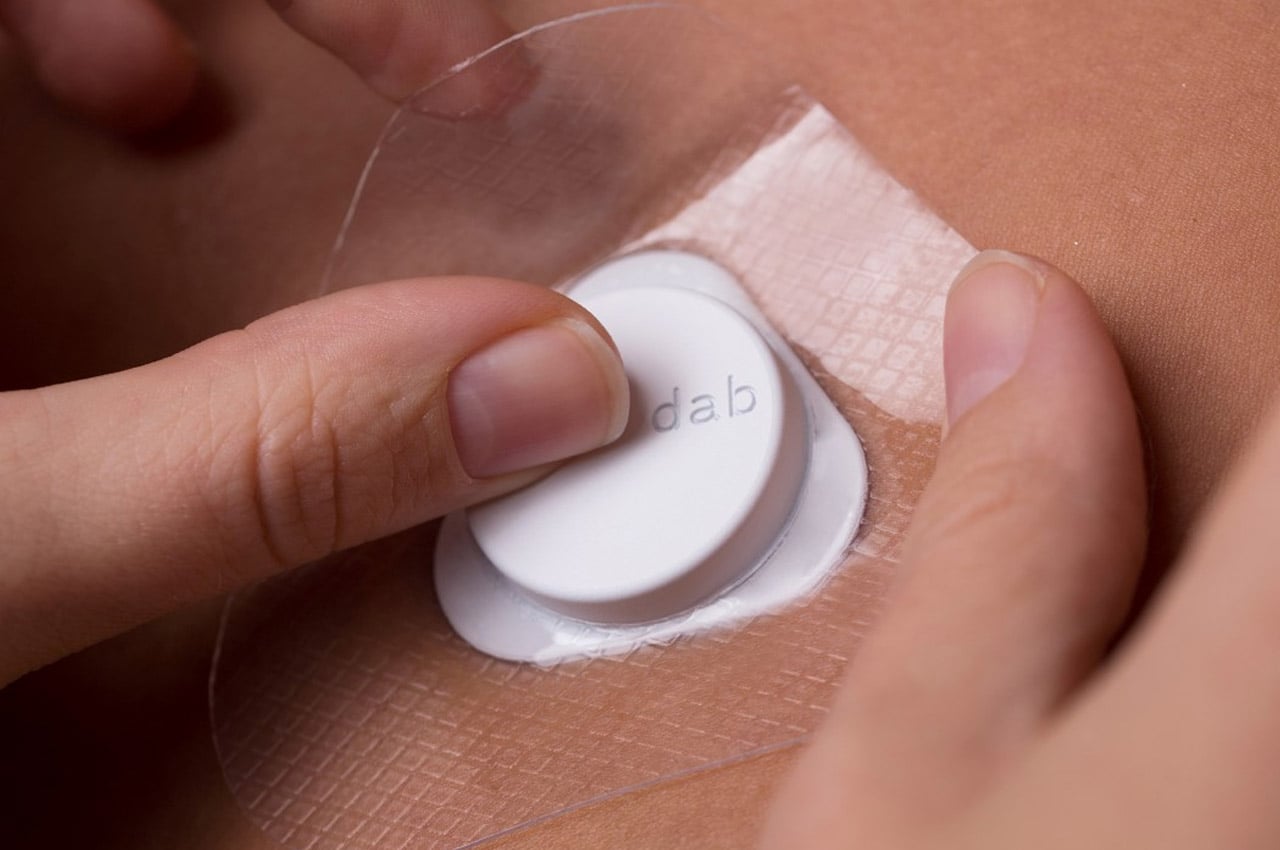
Literally, the size of a quarter, Adam Miklosi’s Dab is an unobtrusive Holter ECG/EKG that rests comfortably on your chest, constantly reading your heart’s movements. Designed to be minimal, non-invasive, and simple, the Dab tries to bridge the gap between medical appliances and wearables. Its tiny yet classy design sits on your chest via a gel patch, while the electrodes capture your heart activity. The Dab’s dry-electrodes allow it to be used and reused, while constantly measure one’s heart activity (requiring periodic charging via their wireless charging hub), and keep logs of accurate readings, quietly sitting on your chest while you absolutely forget that they’re even there in the first place!
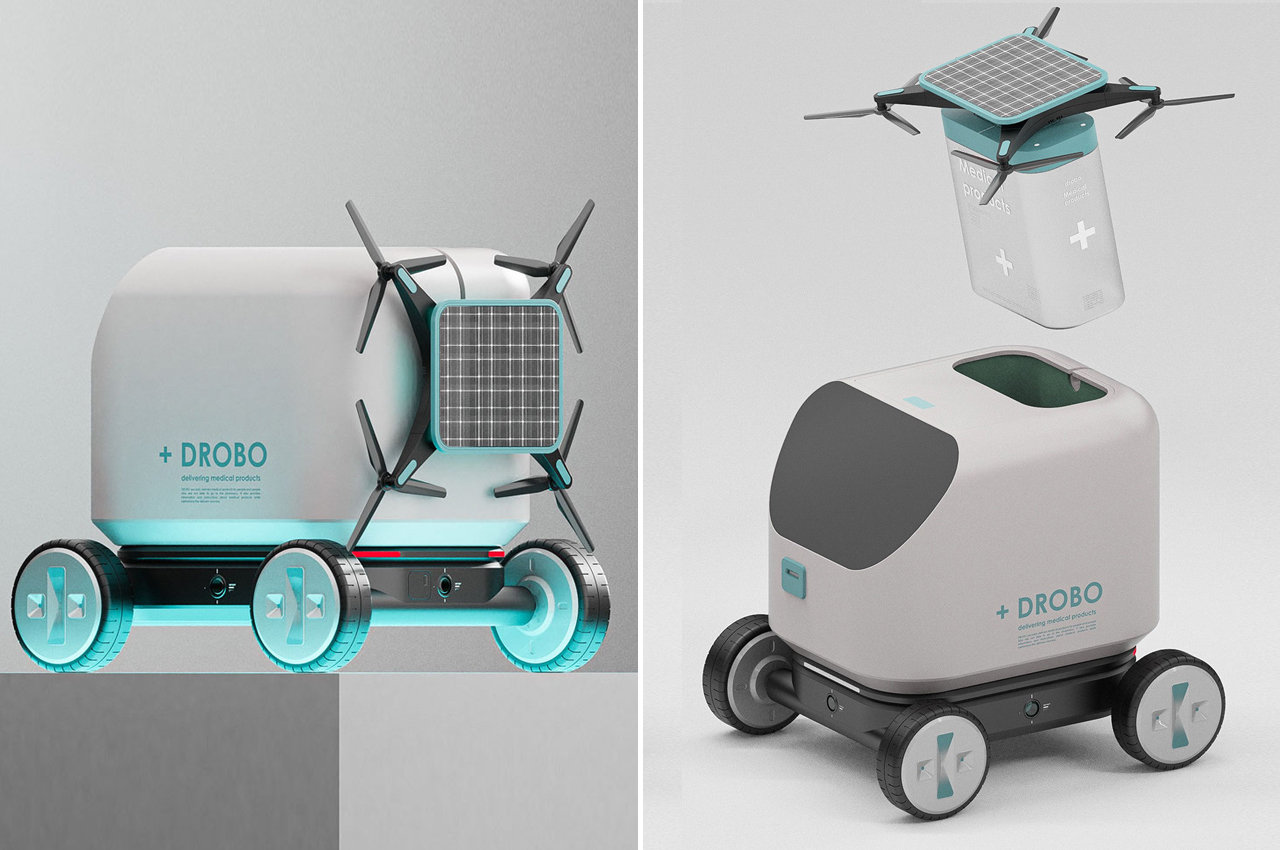
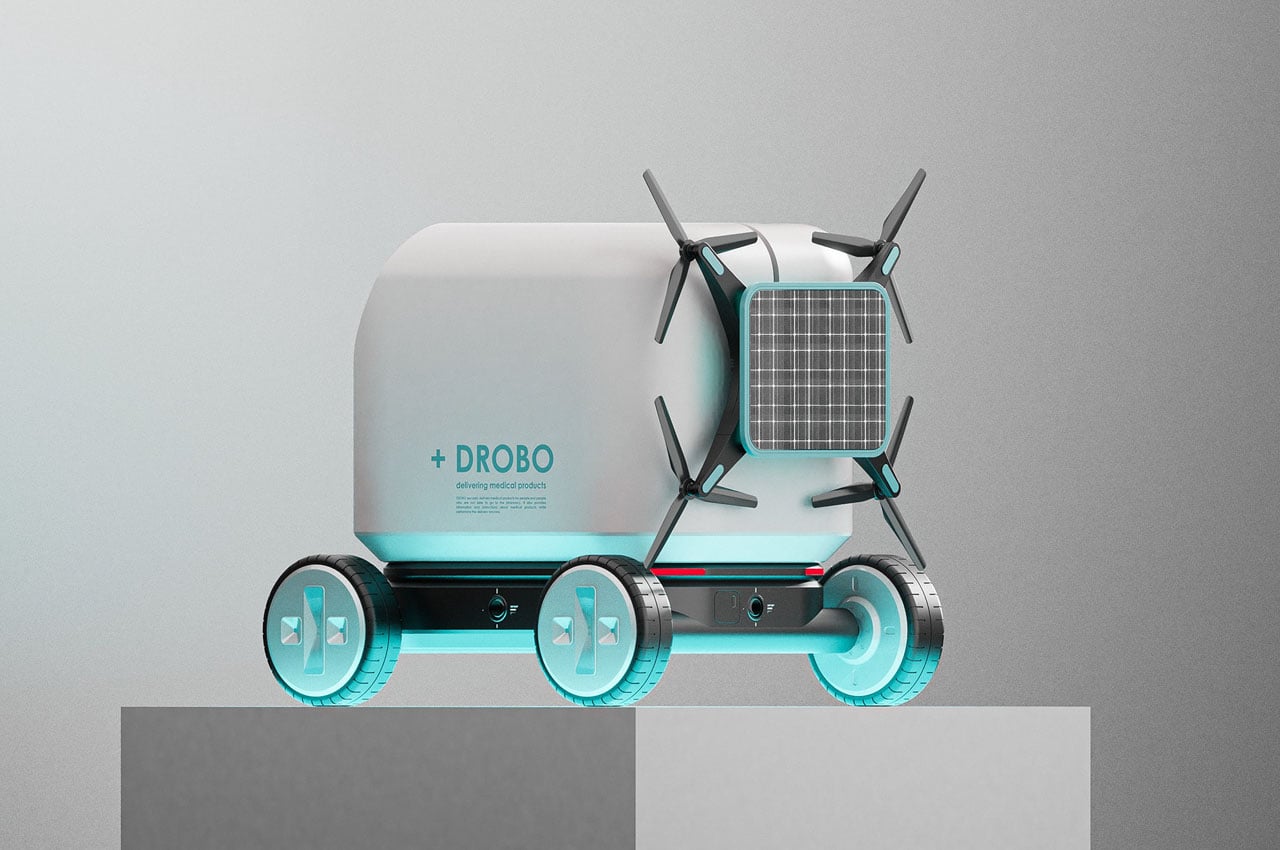
Rather than heading to the pharmacy to get the medicines, this autonomous robot brings home the needed supplies in a safe and secure manner. Even more vital for the elderly or patients who cannot visit the pharmacy due to underlying medical conditions. The robot has a large screen to display the instructions about the medical product that’s being hauled for a smooth and informative process. The USP of this medicine delivery robot is its onboard drone that attaches to the back. When it is time to deliver the medicines, the drone attaches to the delivery compartment courtesy of the rails and flies straight off to the patient’s window for a hassle-free and safe hauling of vital medicines. The drone has solar panels on top to soak up the sun’s power for a flight anytime, anywhere.
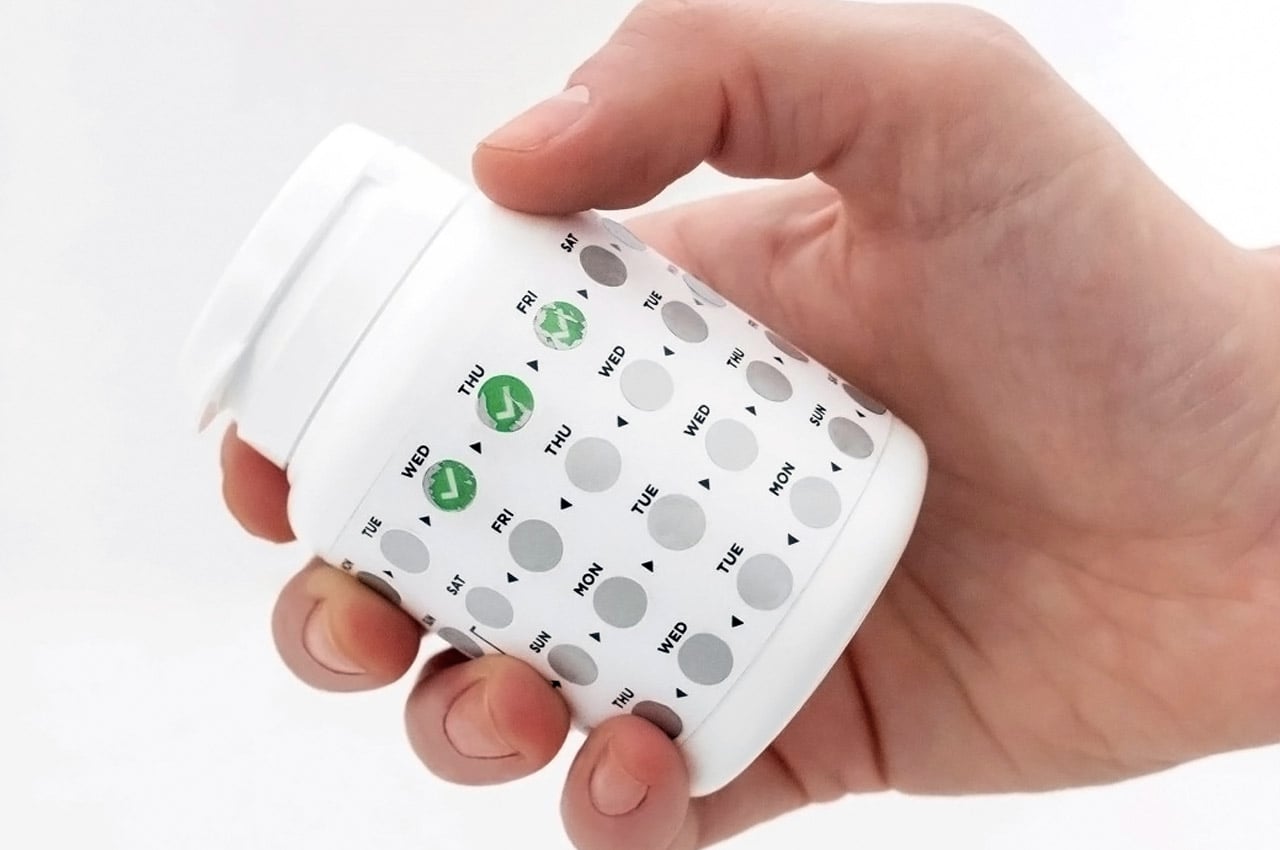
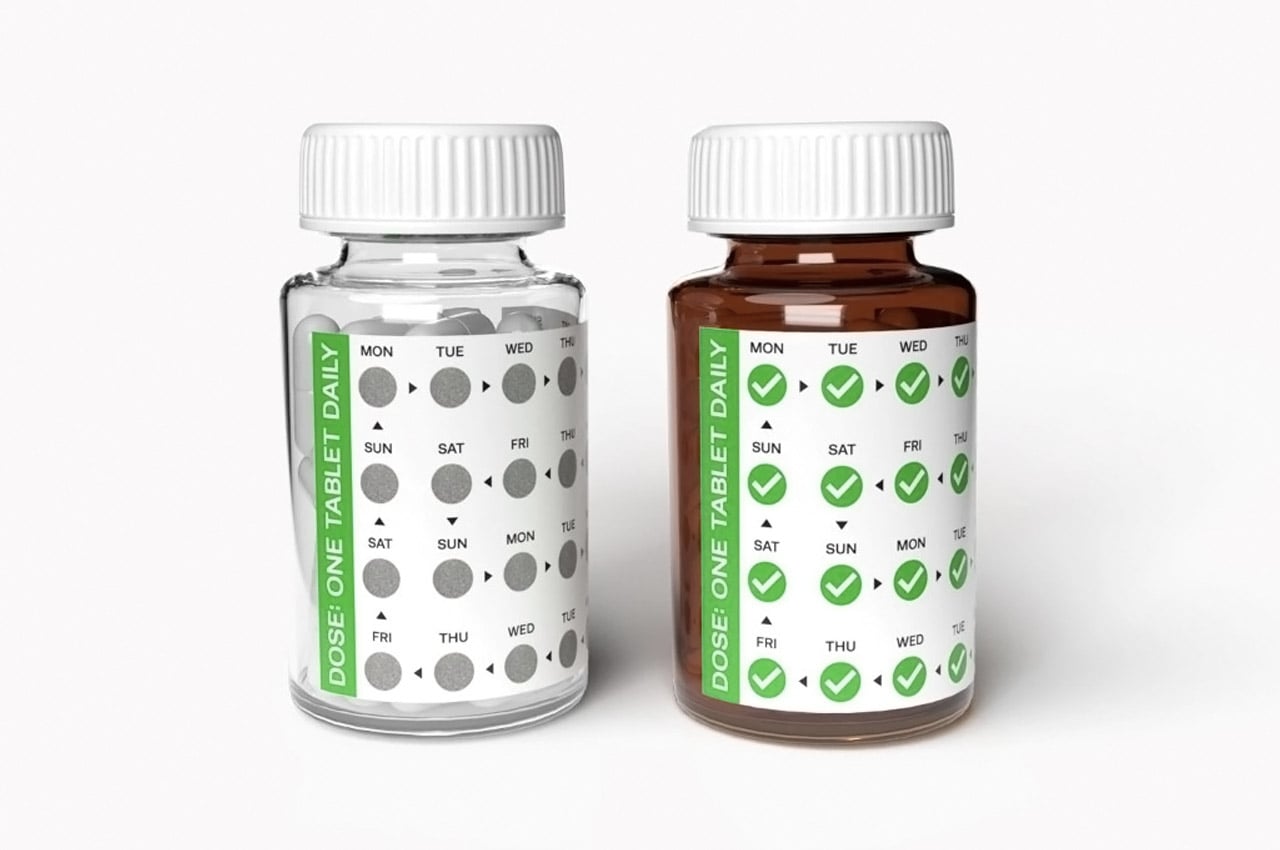
Forgetfulness is one of the major reasons HIV+ patients do not adhere to their treatment. It’s difficult to remember to take daily medication, especially when a condition requires lifelong treatment. FebriSol, developed by Ricky Stoch – a student at the Royal College of Art, is an adhesive sticker that goes right on top of the packaging for antiretroviral medicines (ARVs). The sticker uses a series of 28 metallic scratch-patches to help patients keep daily track of their medicine intake for 4 weeks. When patients take their pills, they scratch off the day’s metallic coating. This action reveals a tick indicating adherence and provides positive reinforcement.
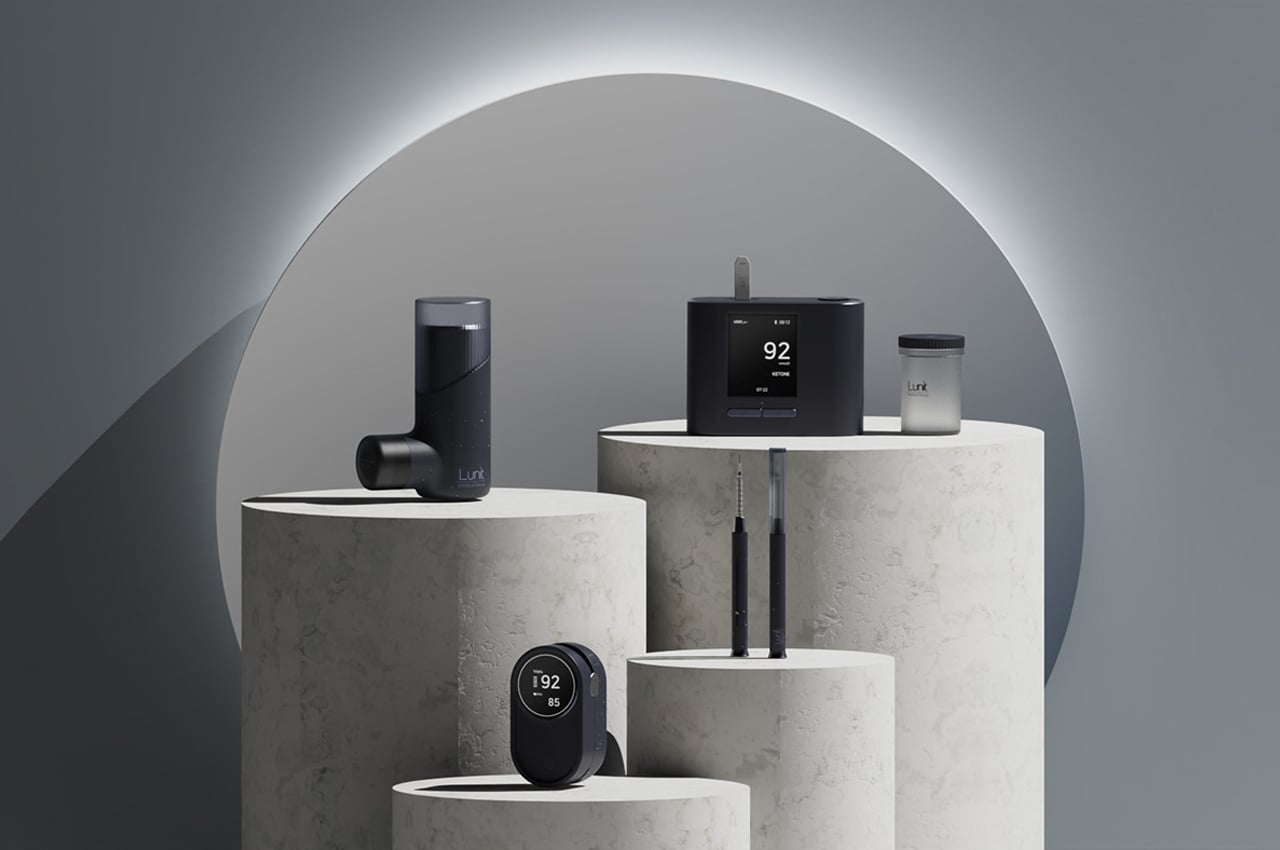
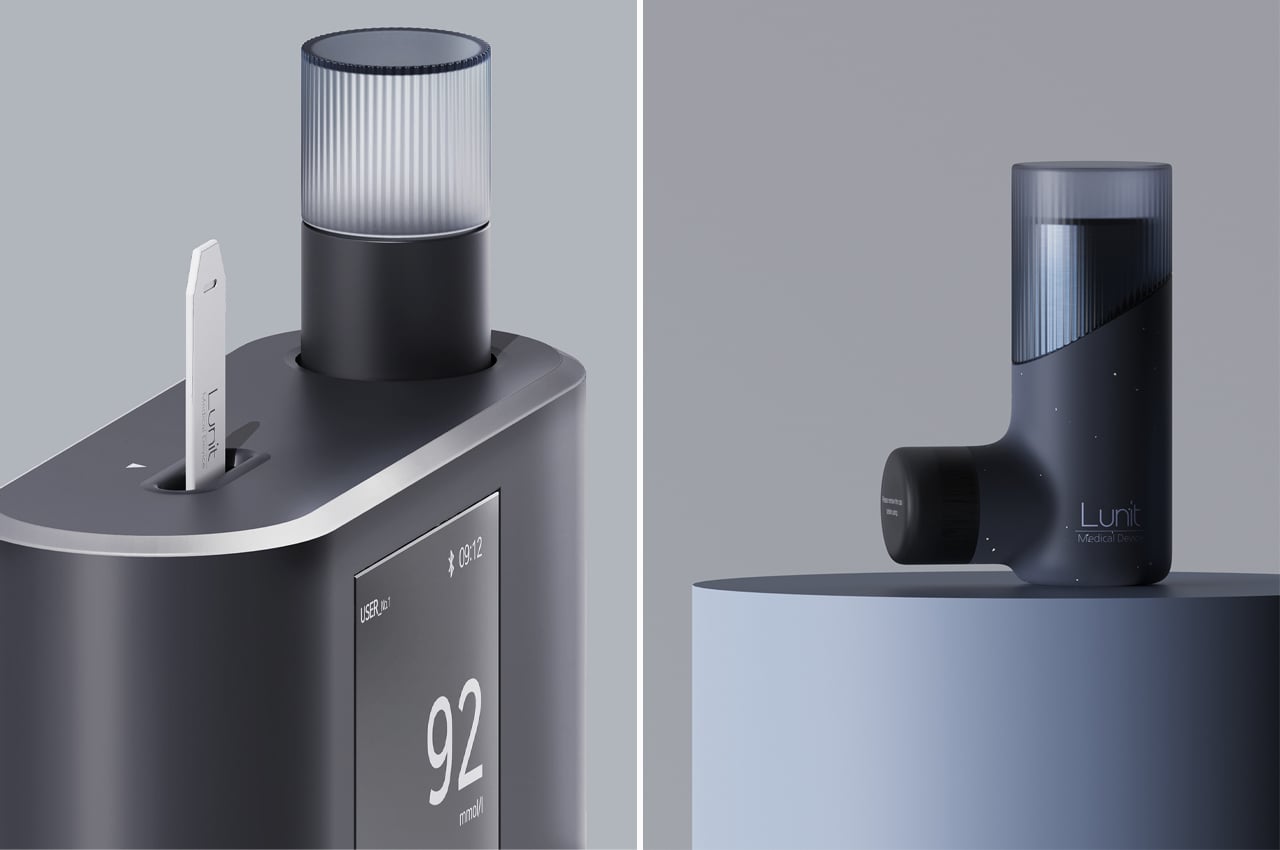
Lunit is comprised of four medical devices: an inhaler, blood glucose meter, insulin syringe, and a blood pressure oximeter. Jang and Park took on the portable medical device because they noticed a lack of ergonomics and comfort in the antiquated medical devices still on the market today. Each device of Lunit is inspired by the dark side of the moon to be inconspicuous at first glance, laced in smoky black and gray tones and wrapped in translucent coverings reminiscent of evening mist.


While we can’t control accidents, we can be better prepared for them, and SCALED is a project from RCA aimed at doing exactly that – protecting and healing you to improve the quality of life to keep pace with longevity. This could be the next generation of casts that merge protection, healing, and mobility into one superhero-like wearable! Research shows that human joint injuries are often recurrent and likely to cause long-term immobility. Designer Natalie Kerres then looked at nature for inspiration to come up with a solution and zeroed down on animals that were physically protected from threats by skin, shells, or scales. She wanted to design a product that mimicked natural protection and healing while allowing flexibility – that is how SCALED was born.

